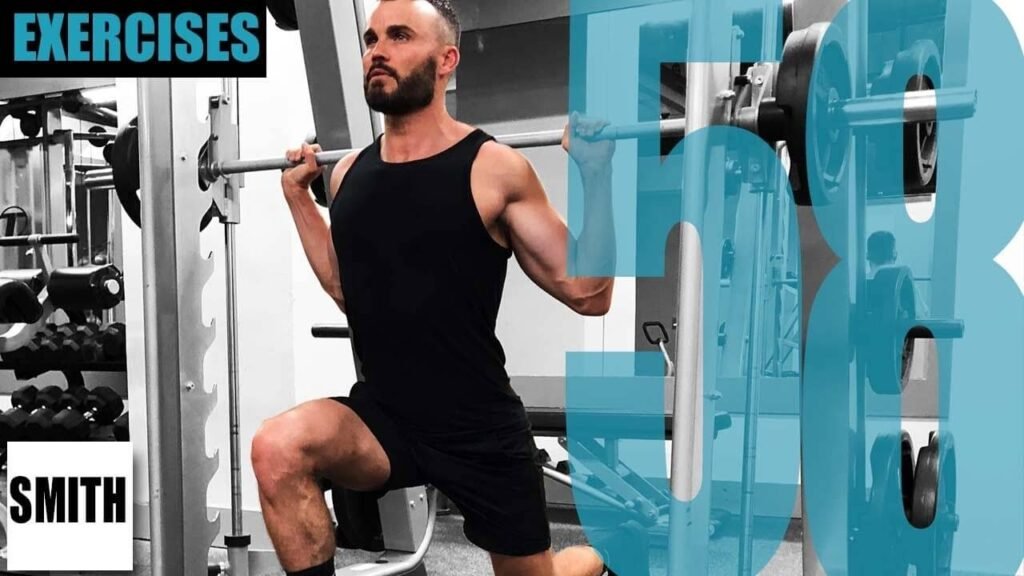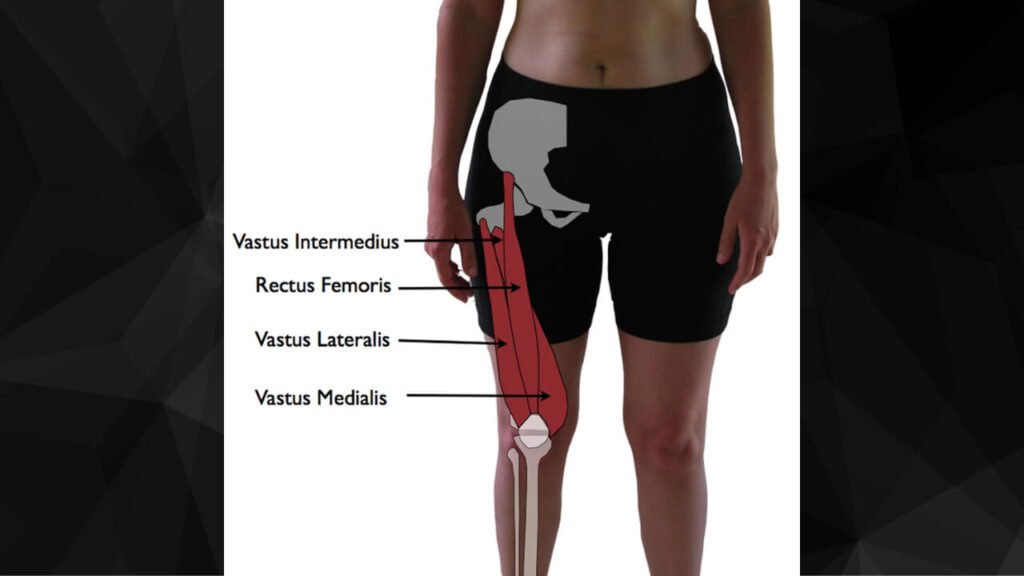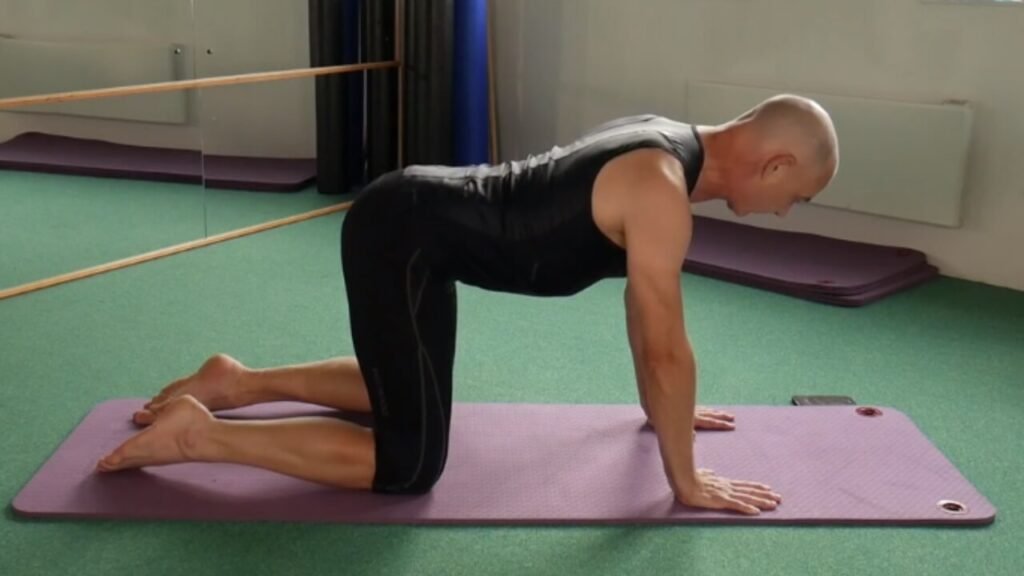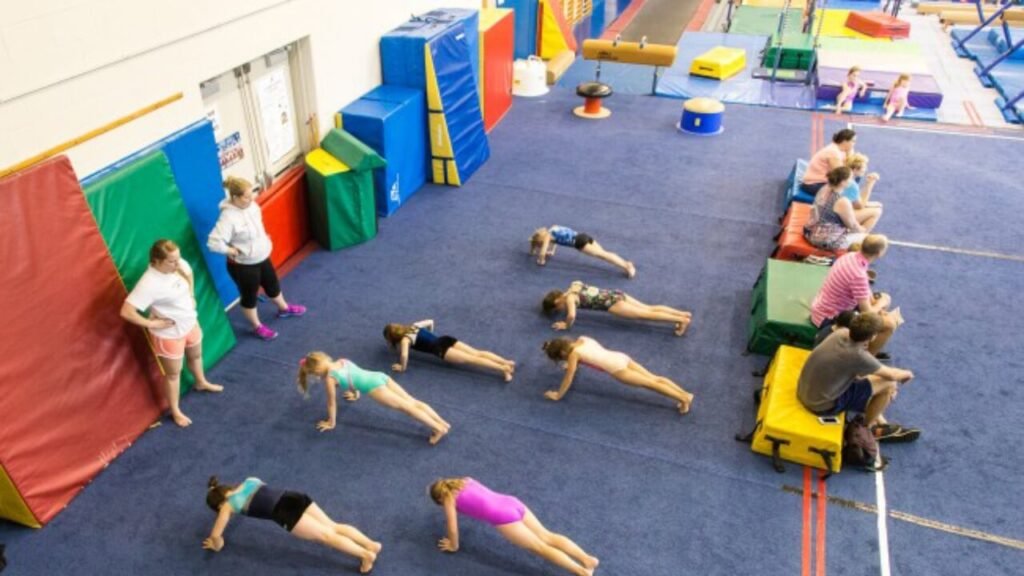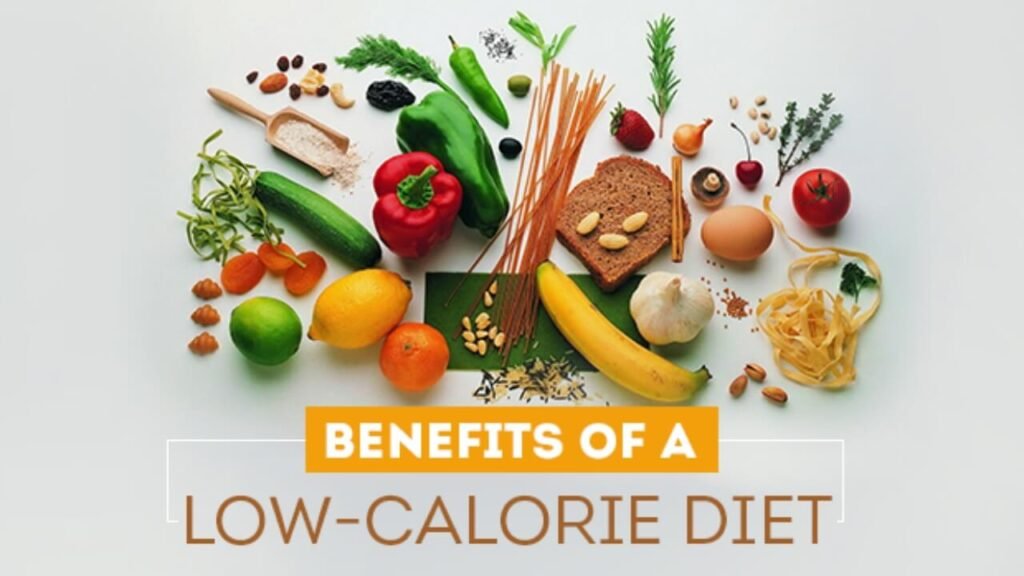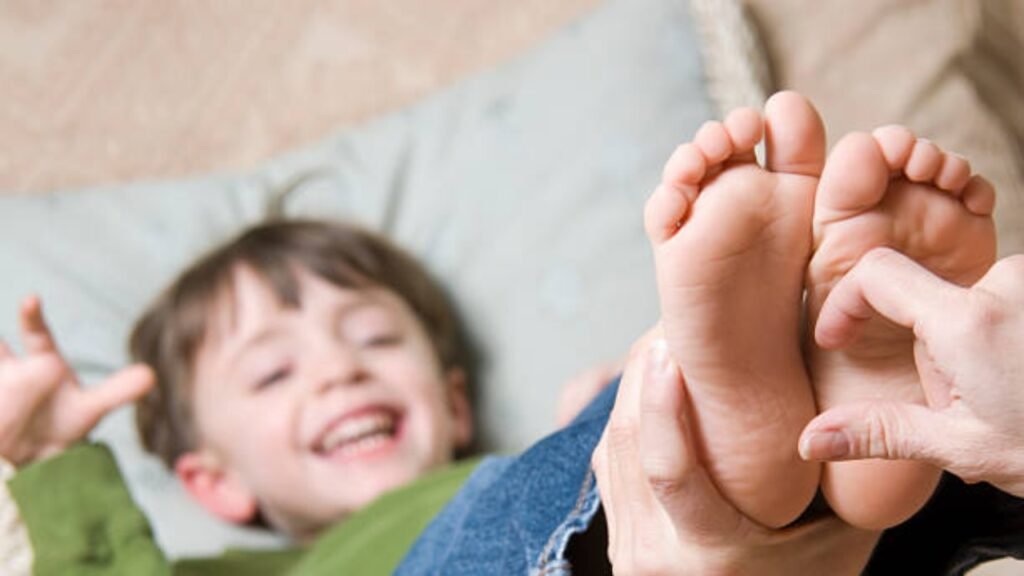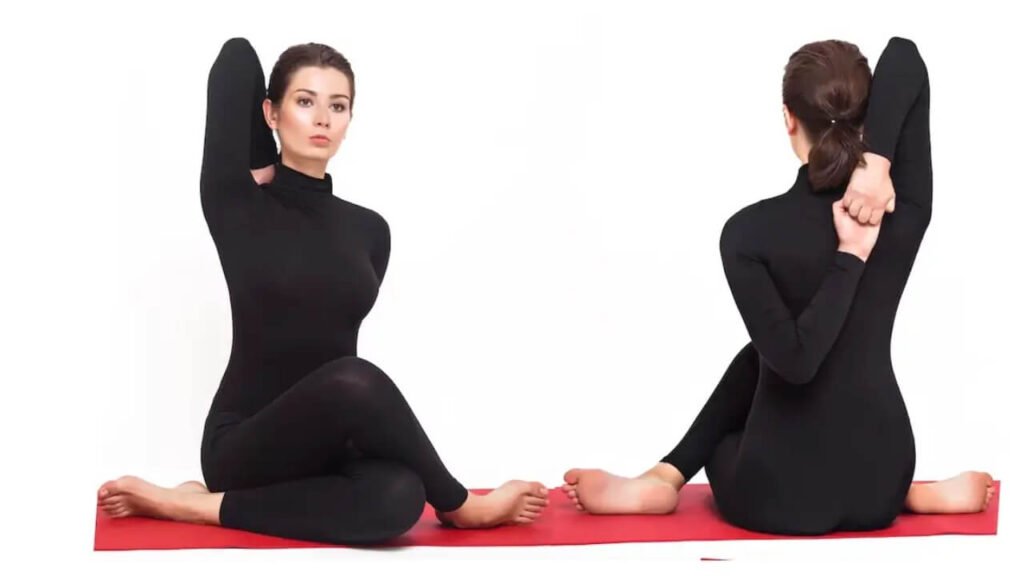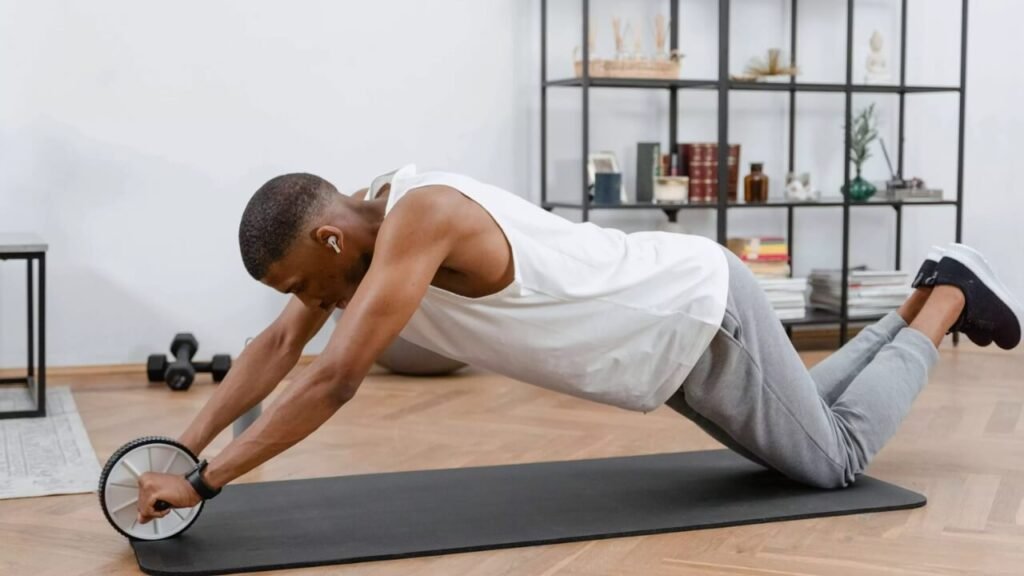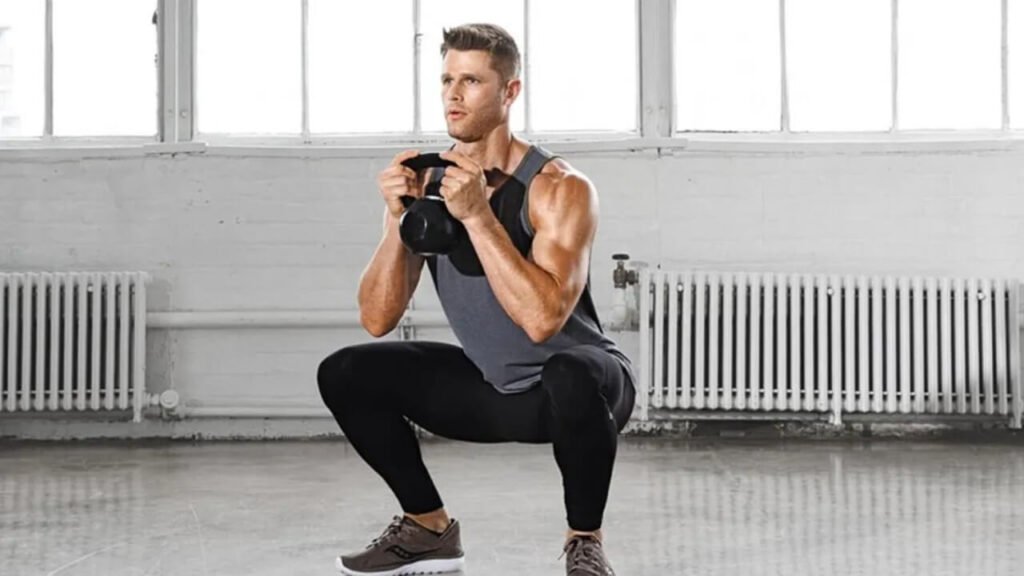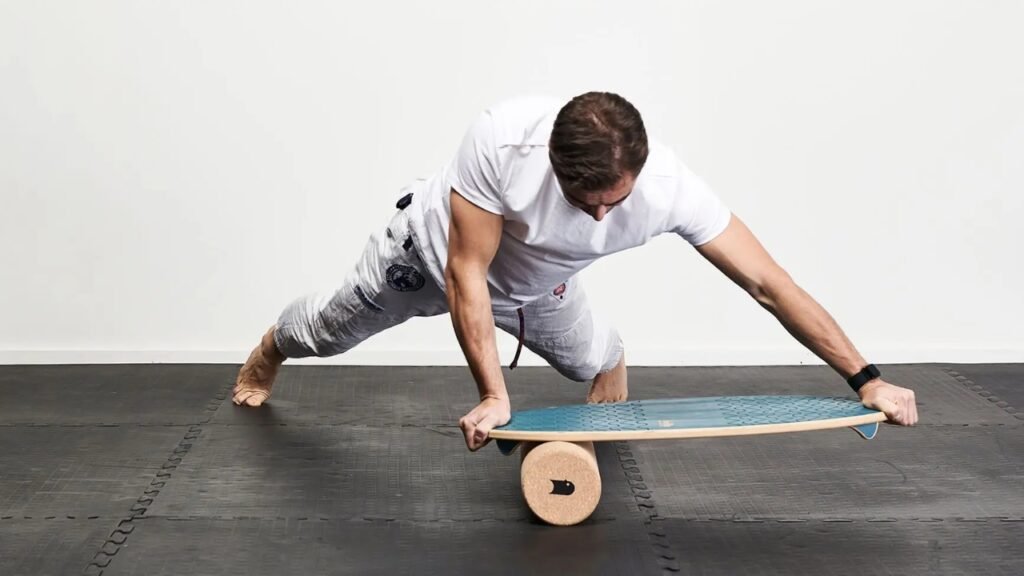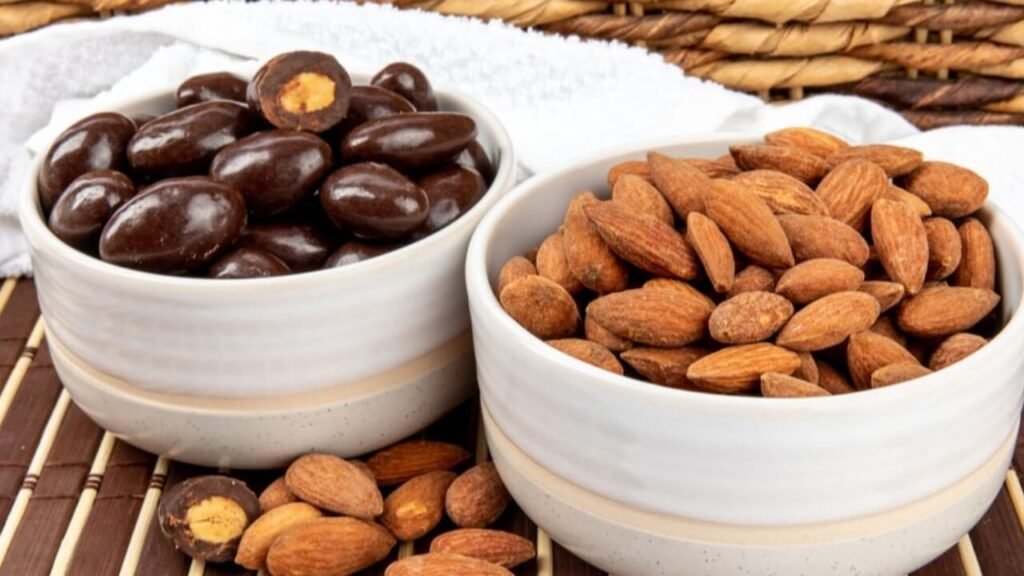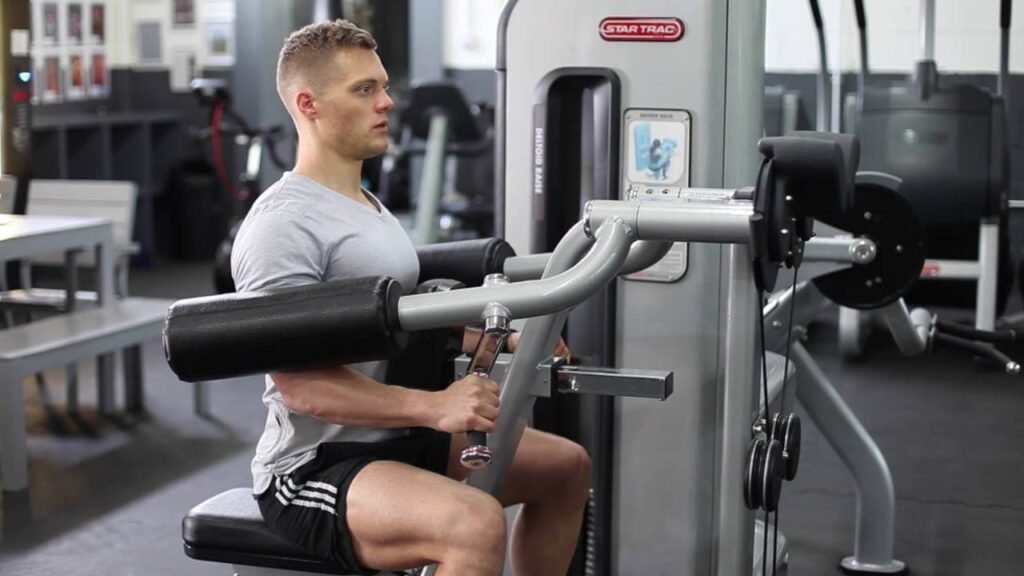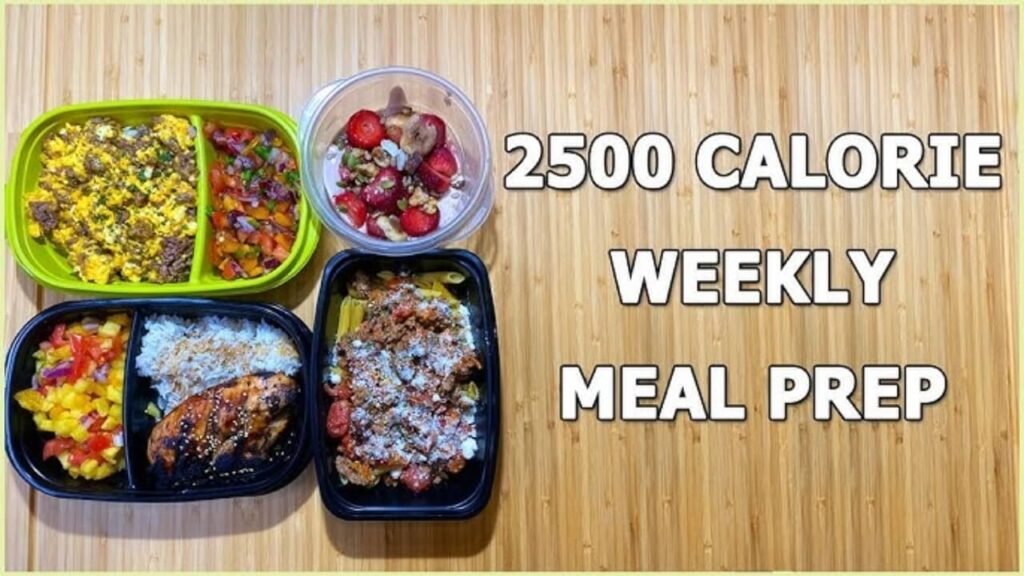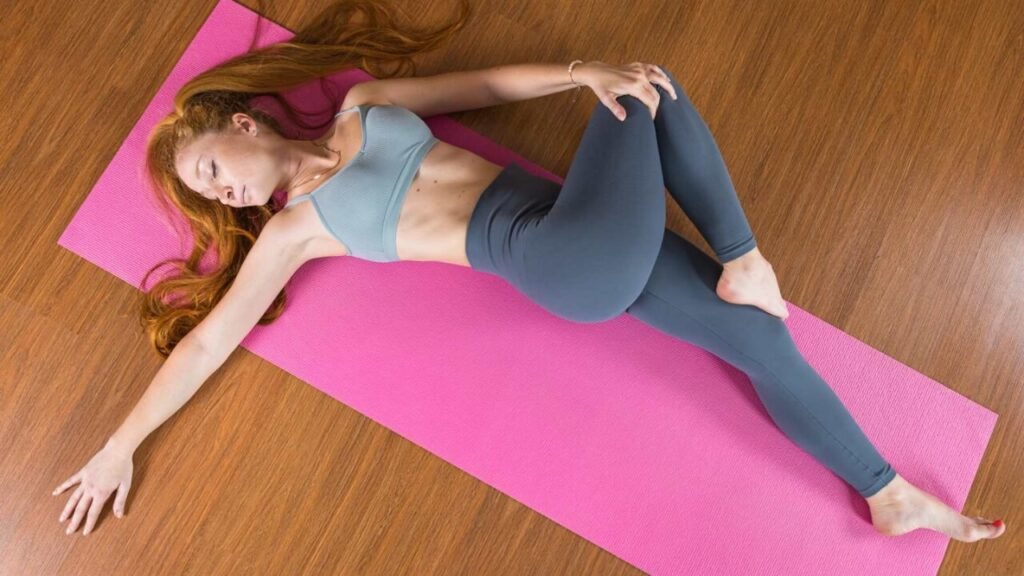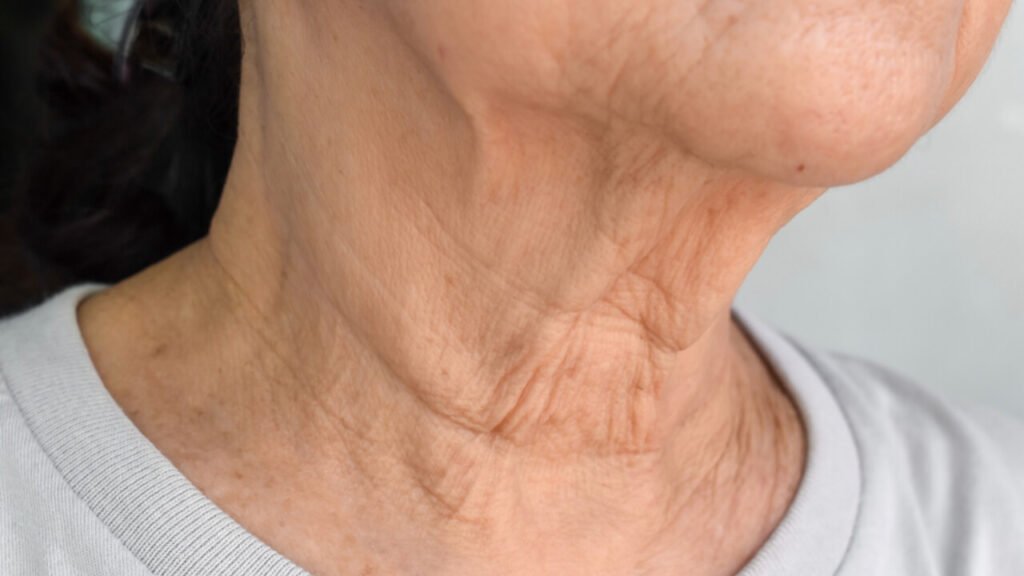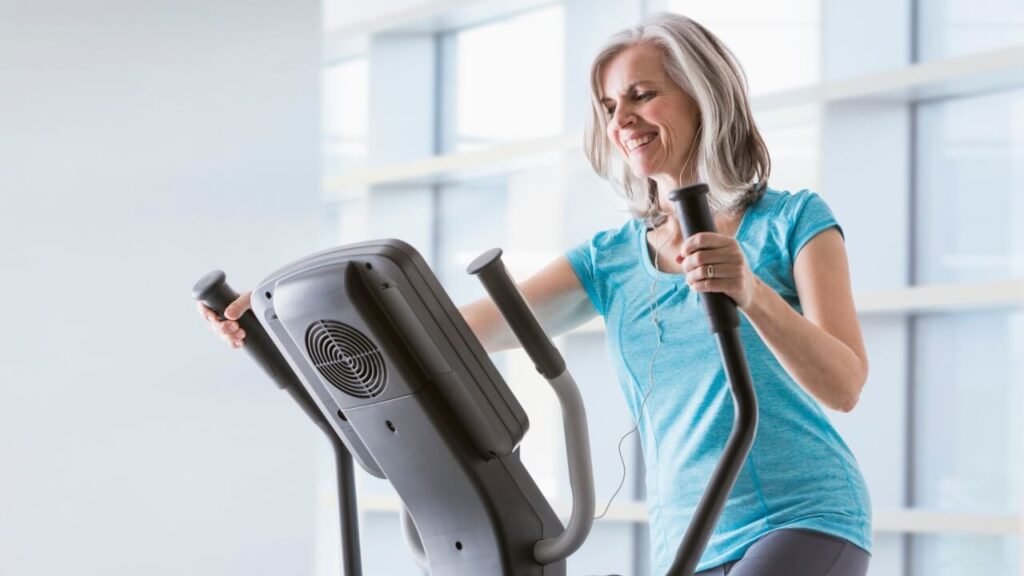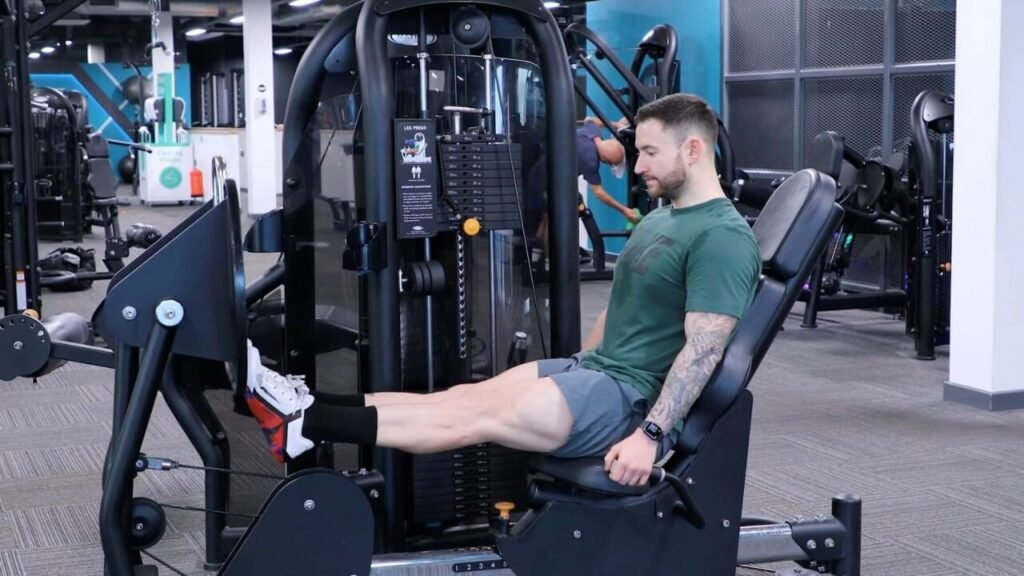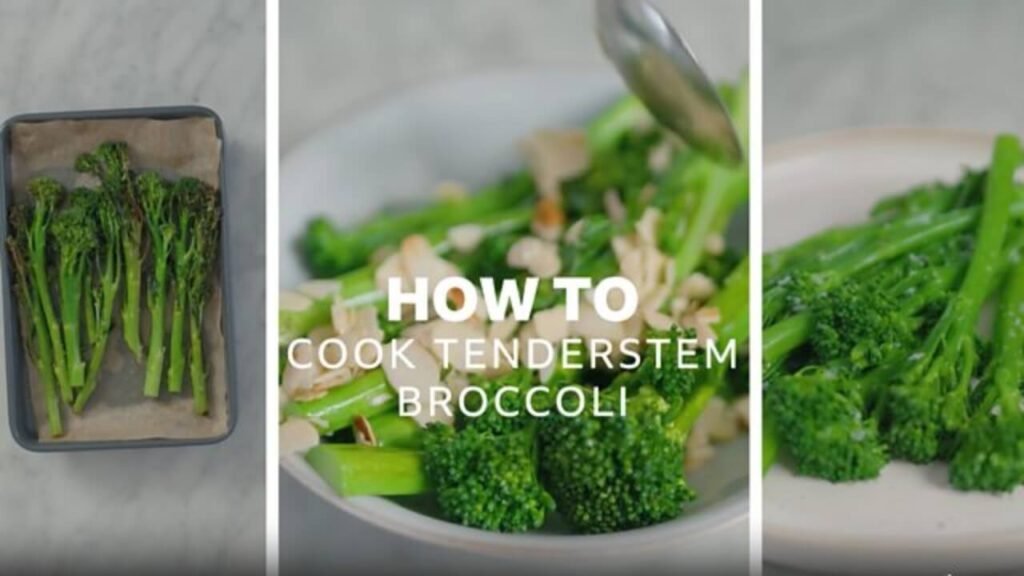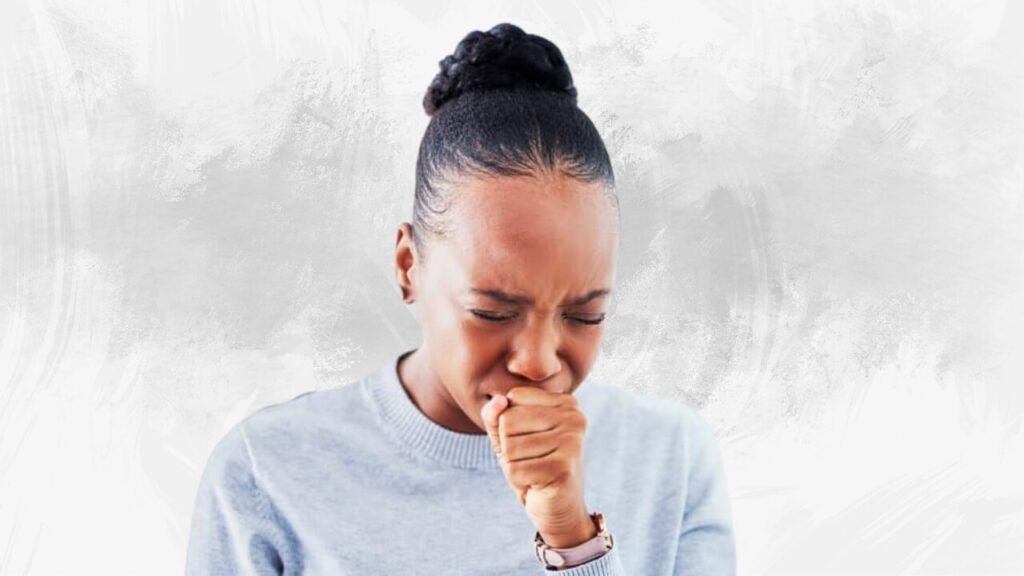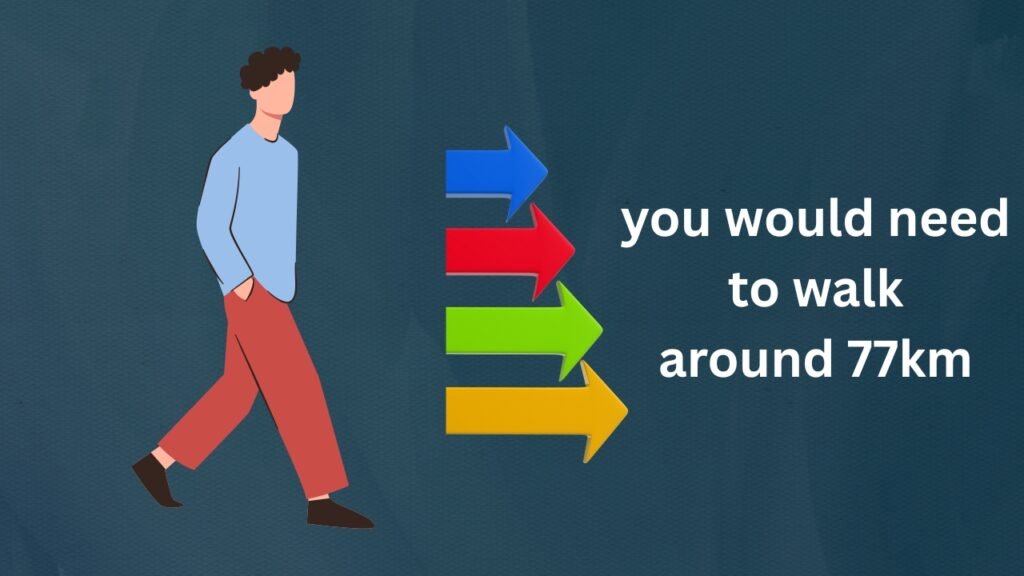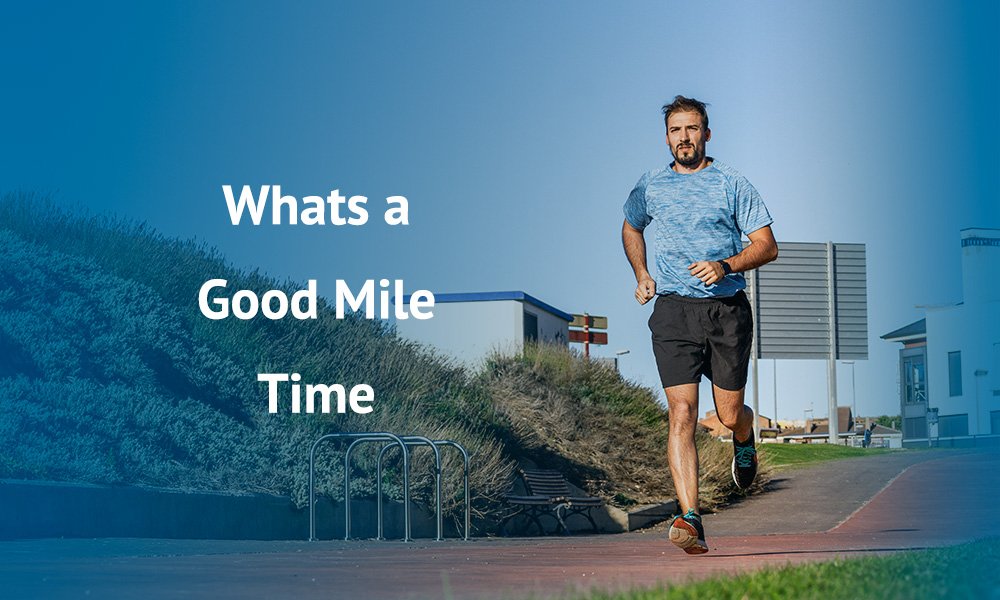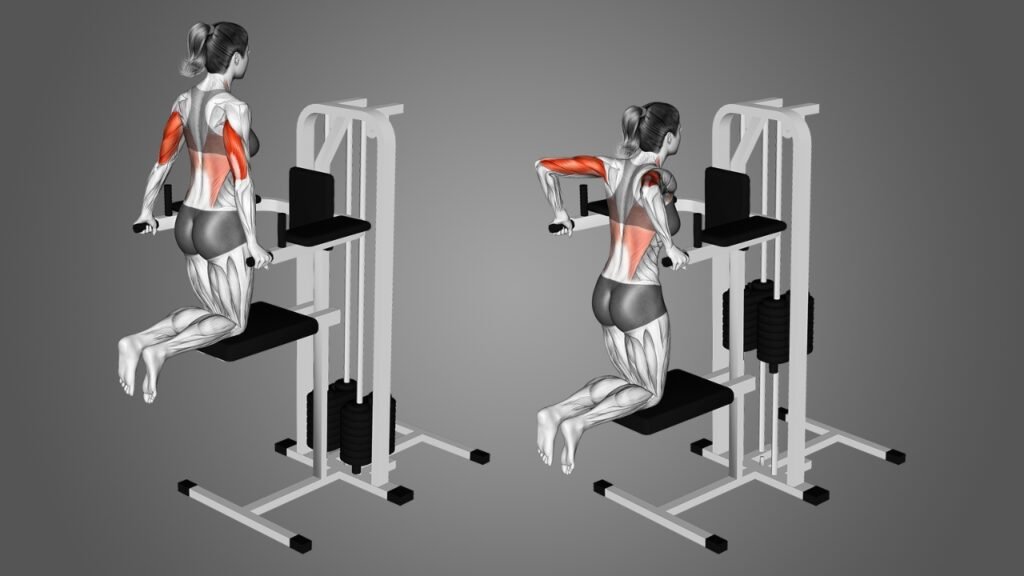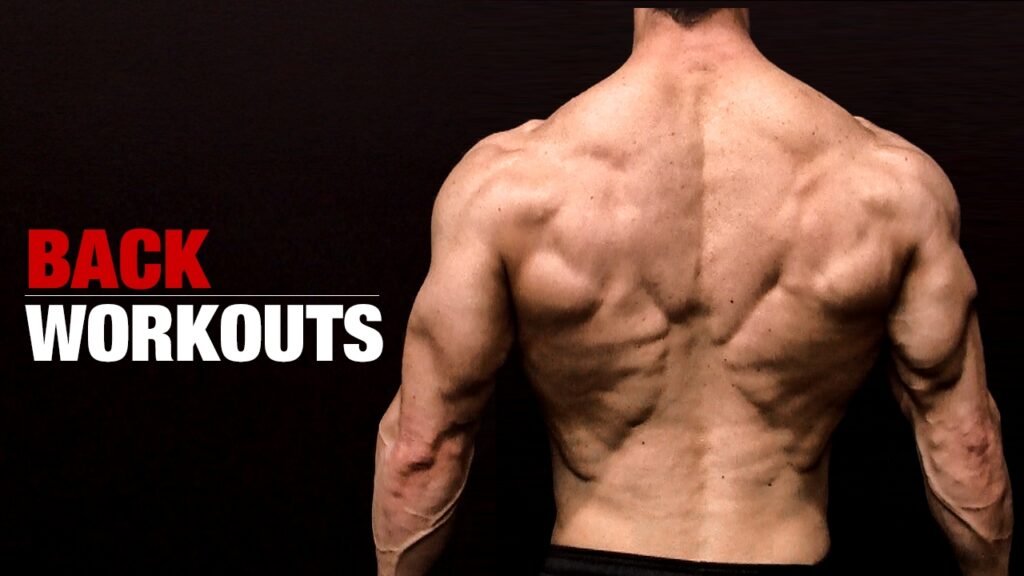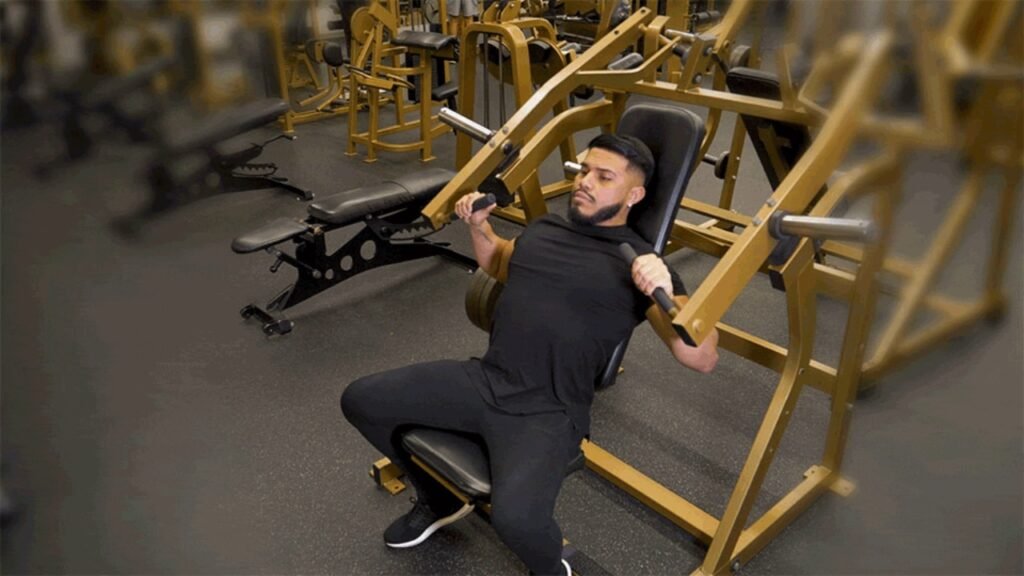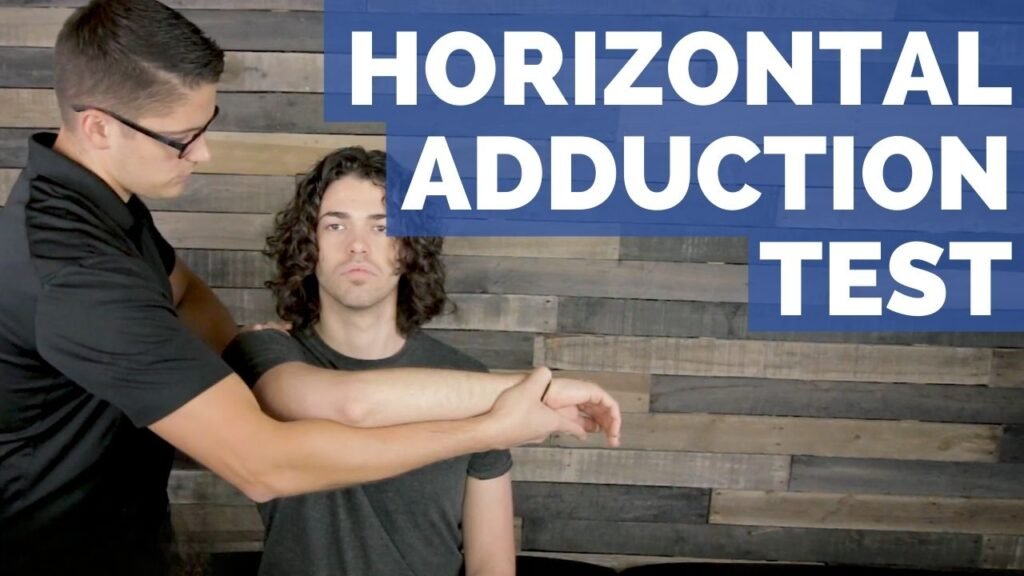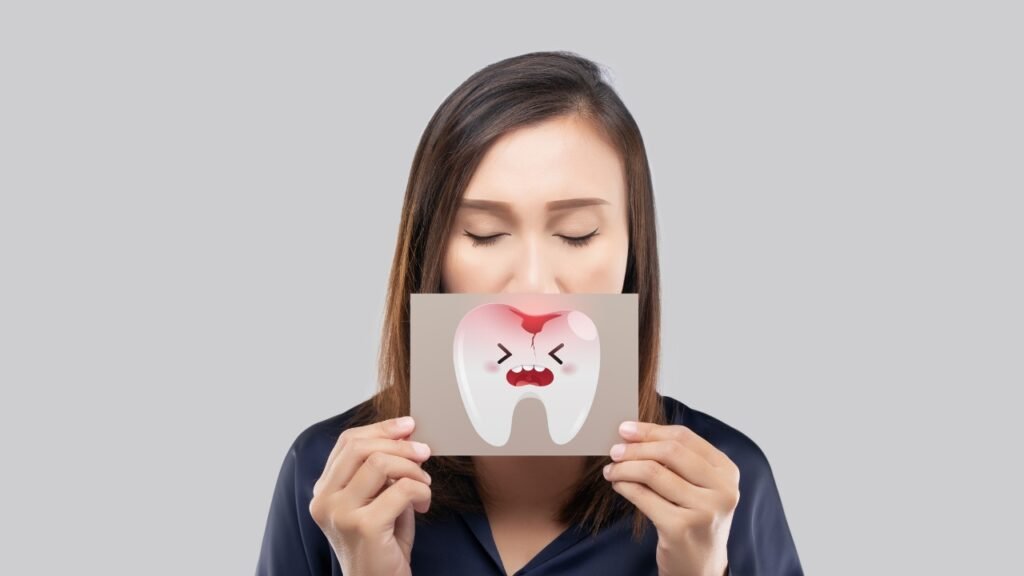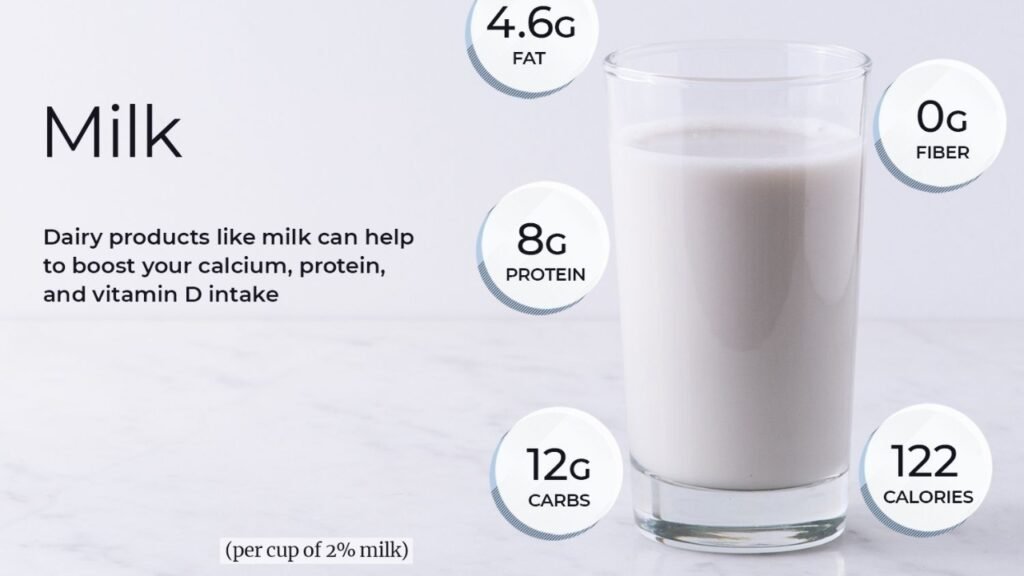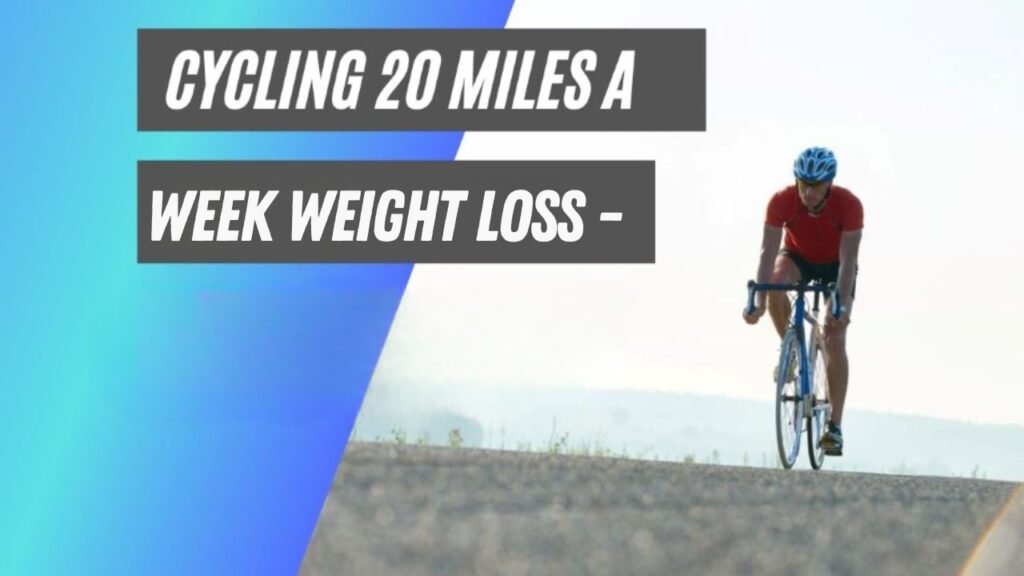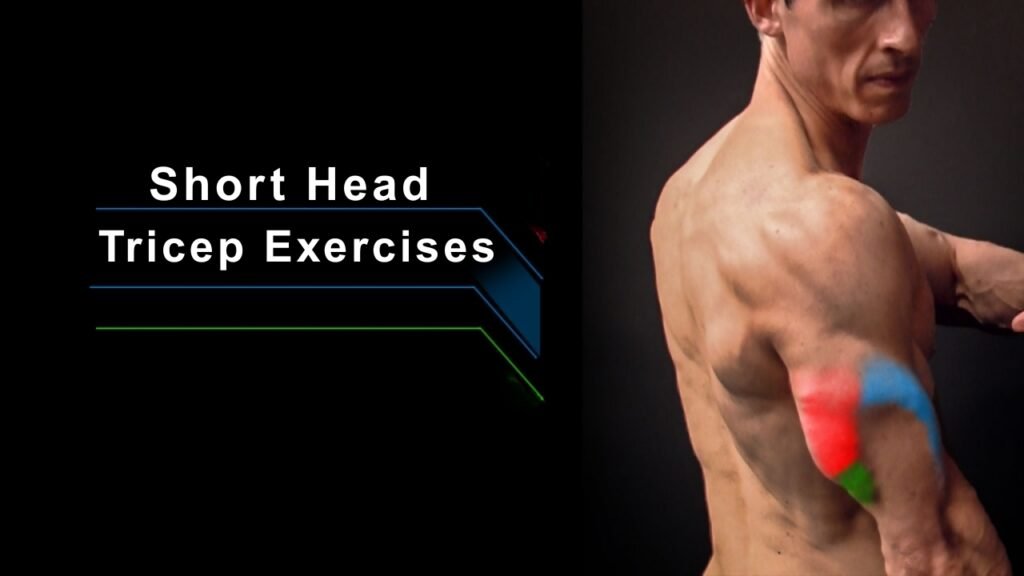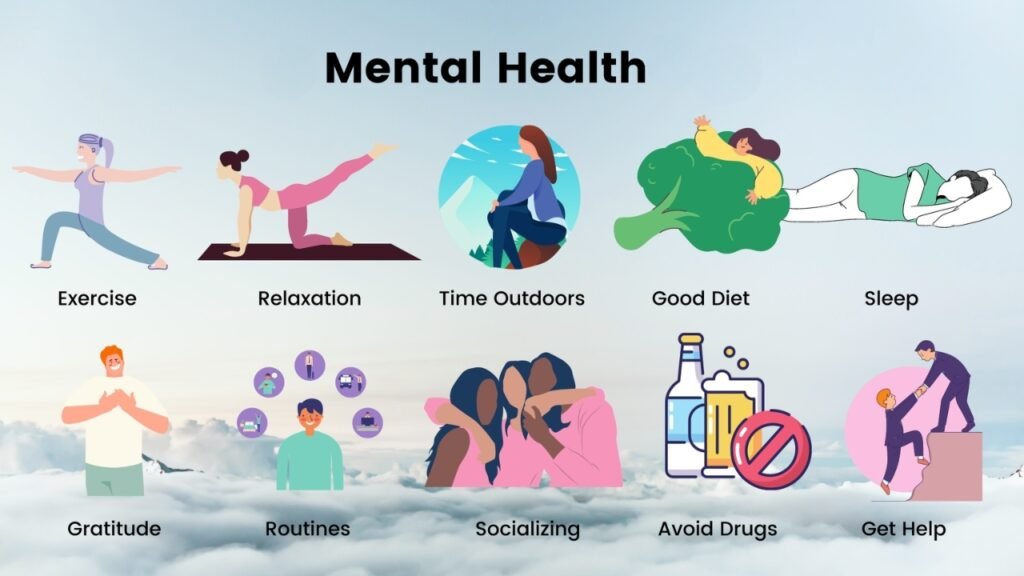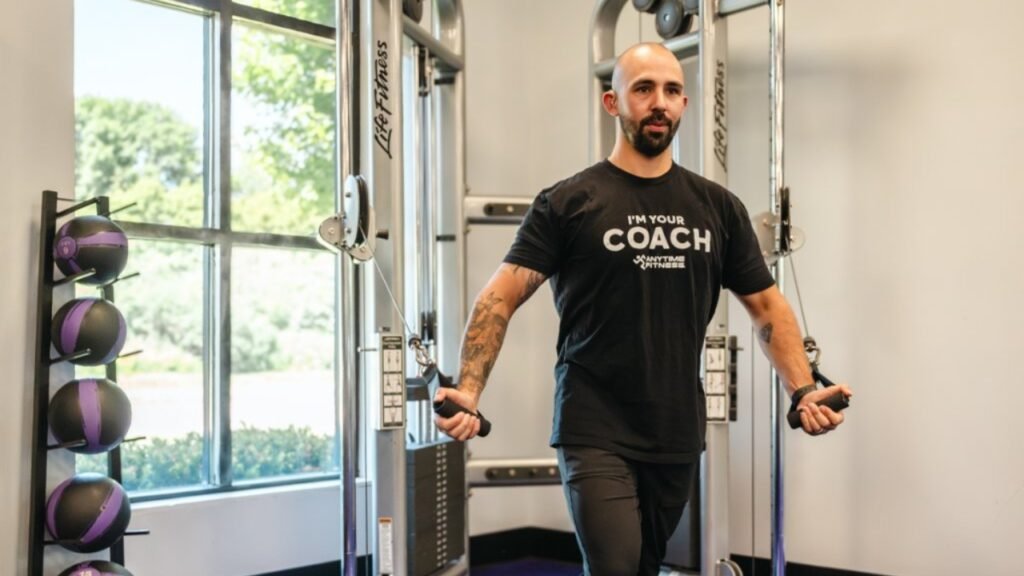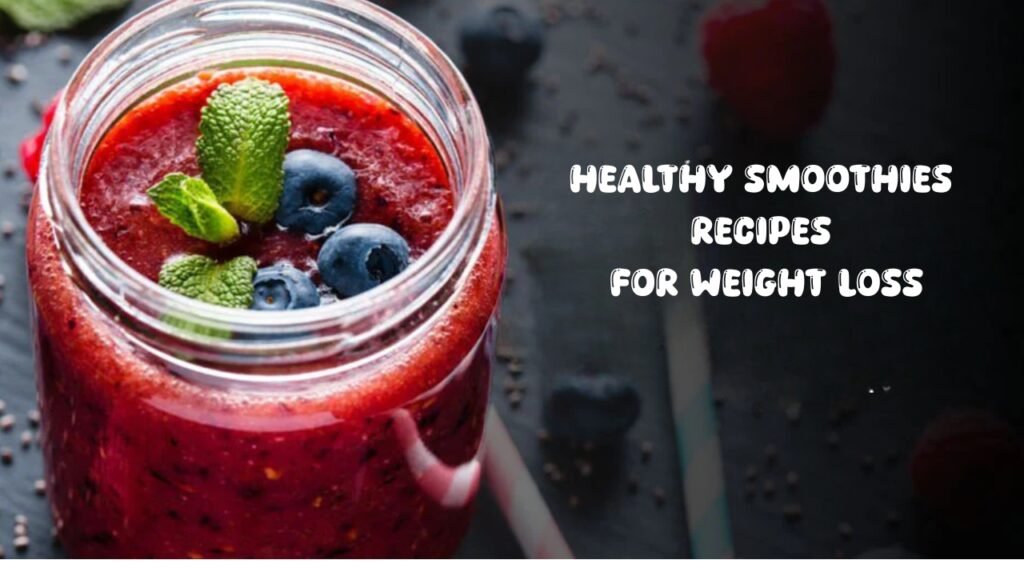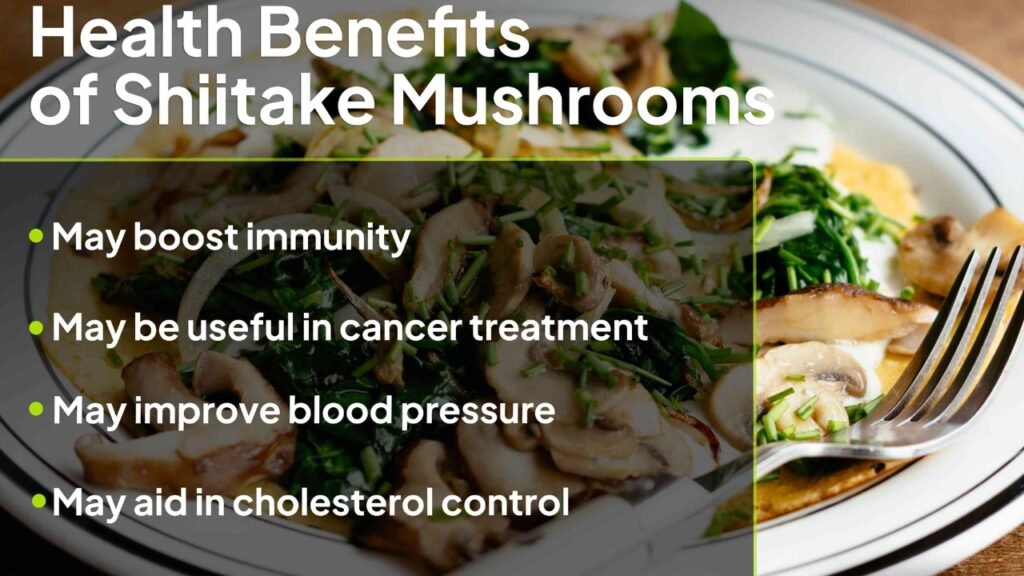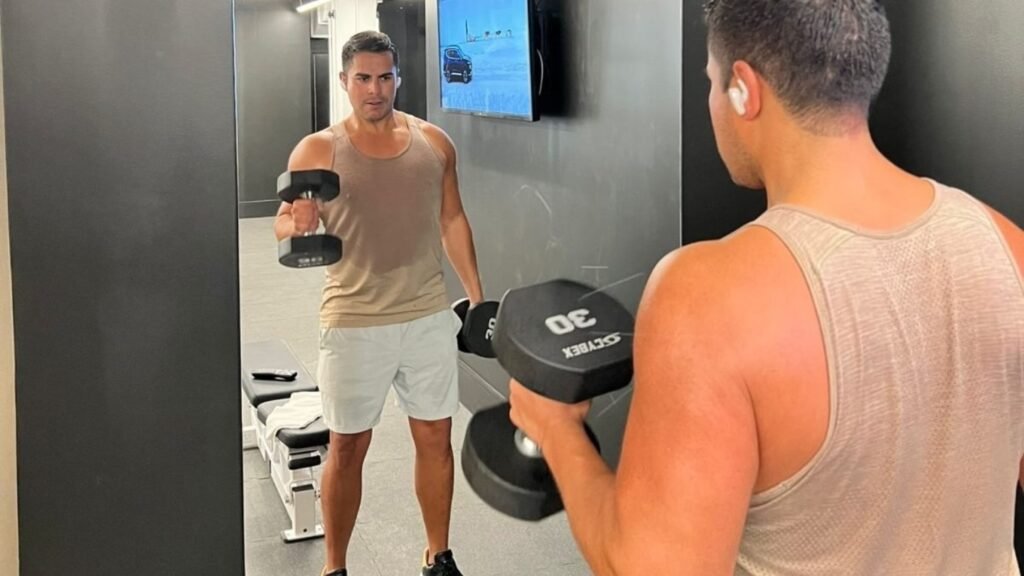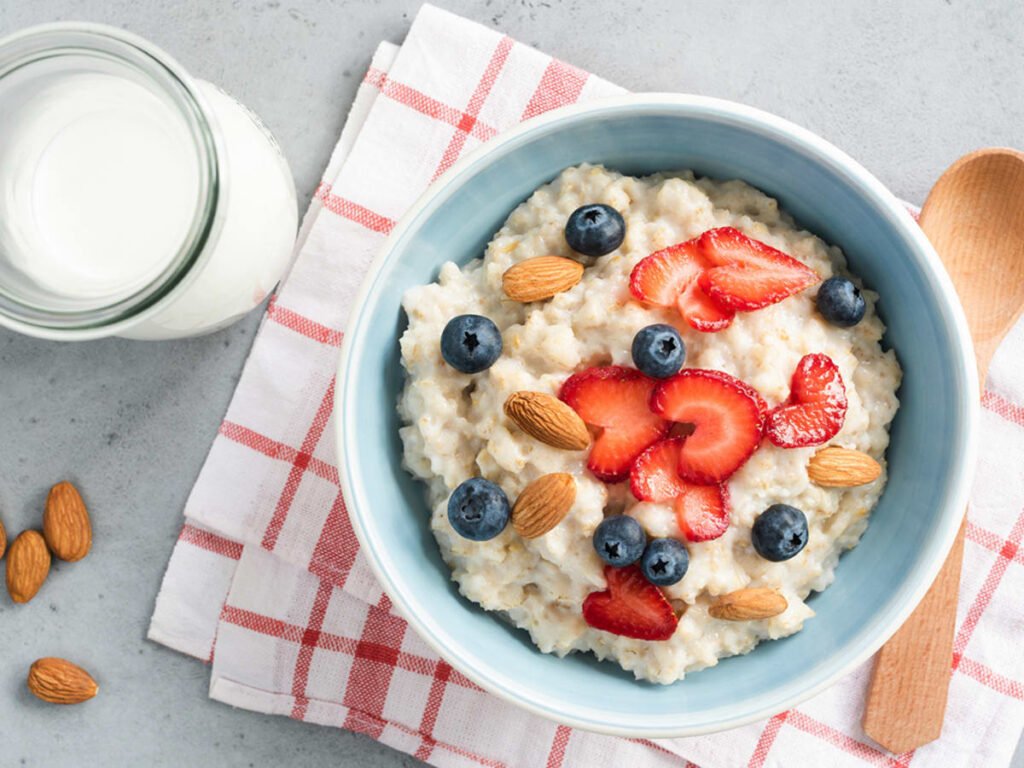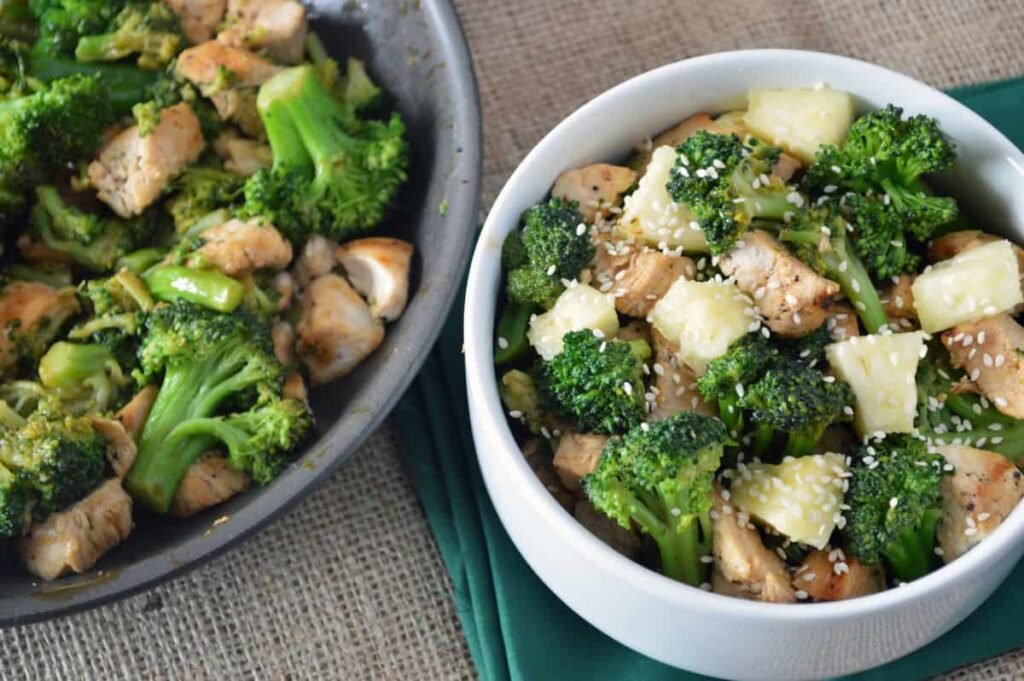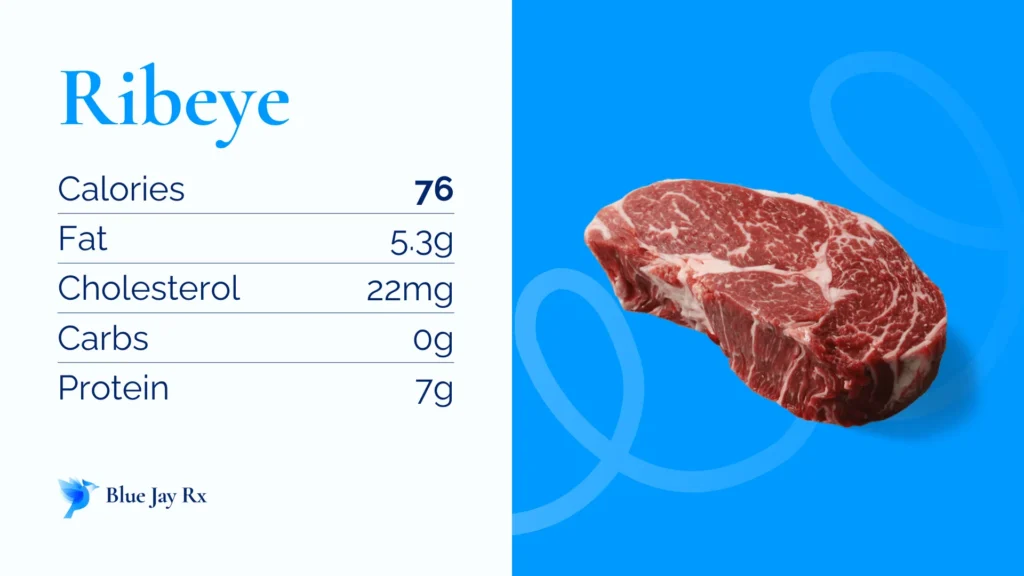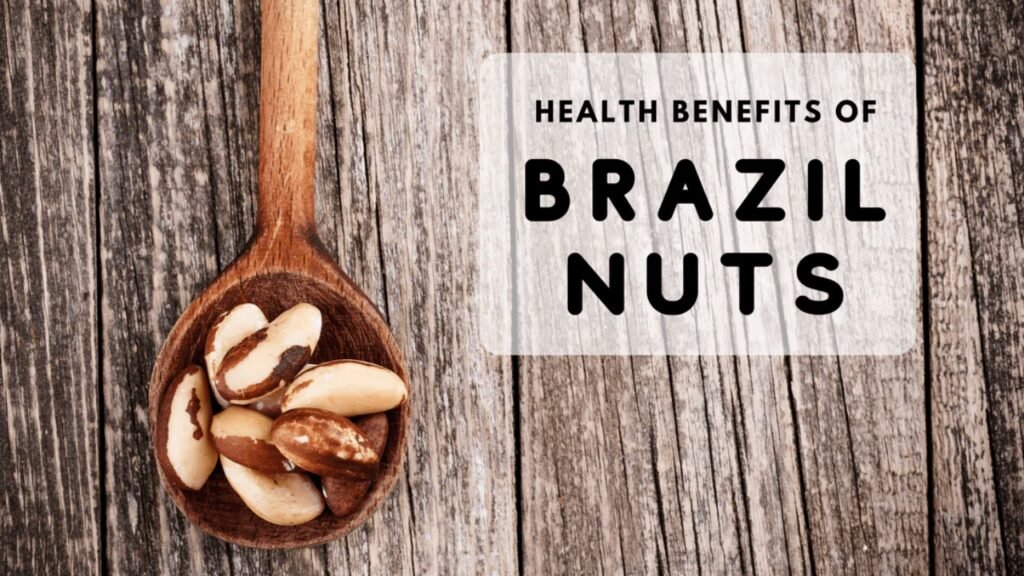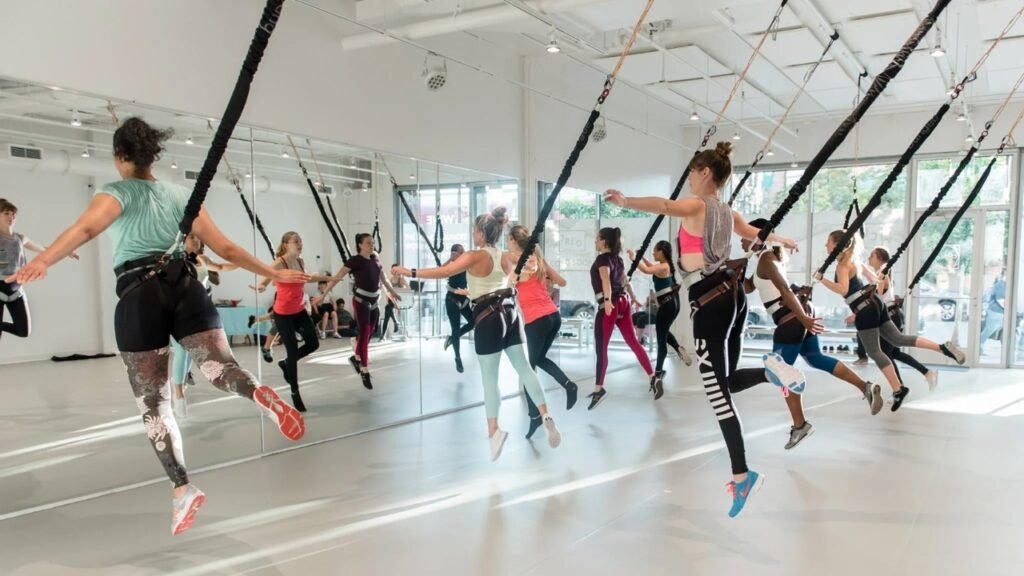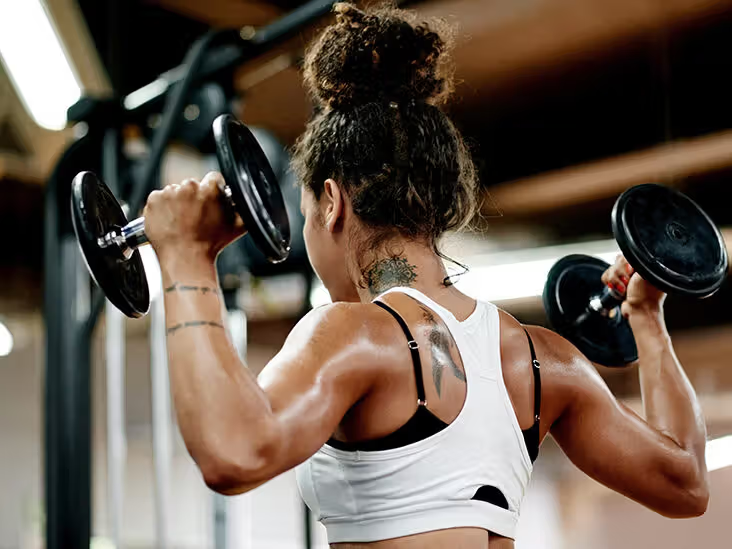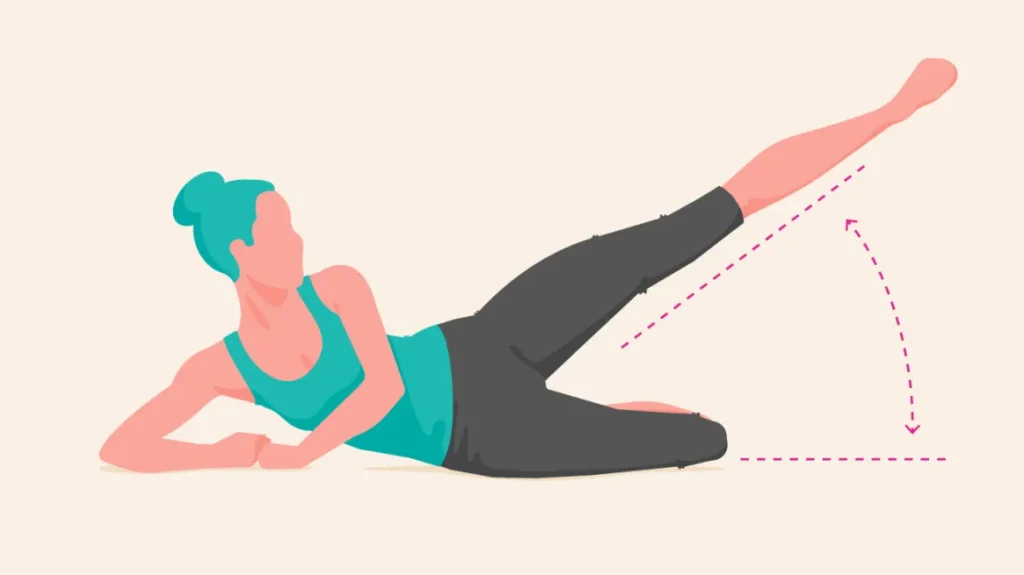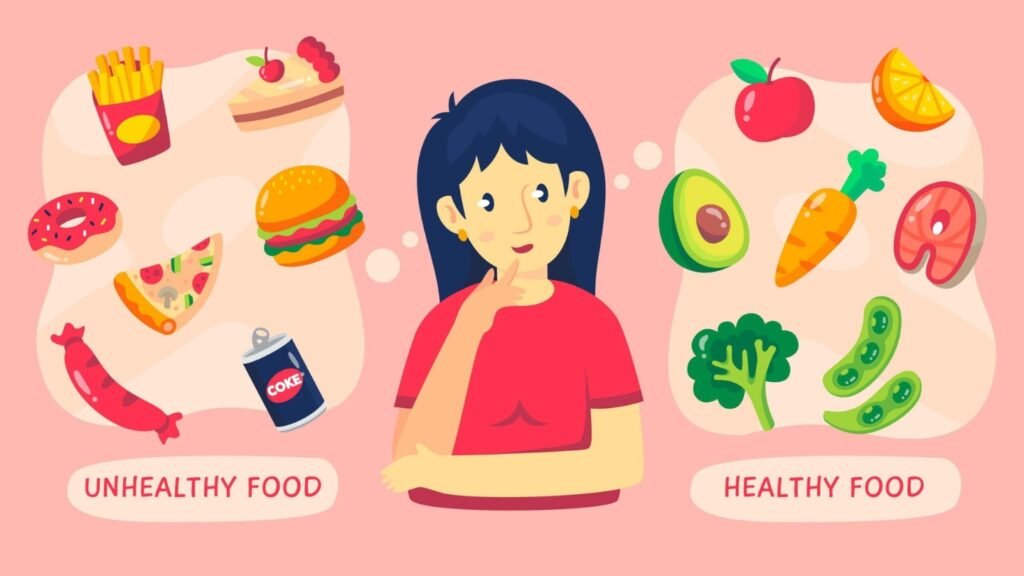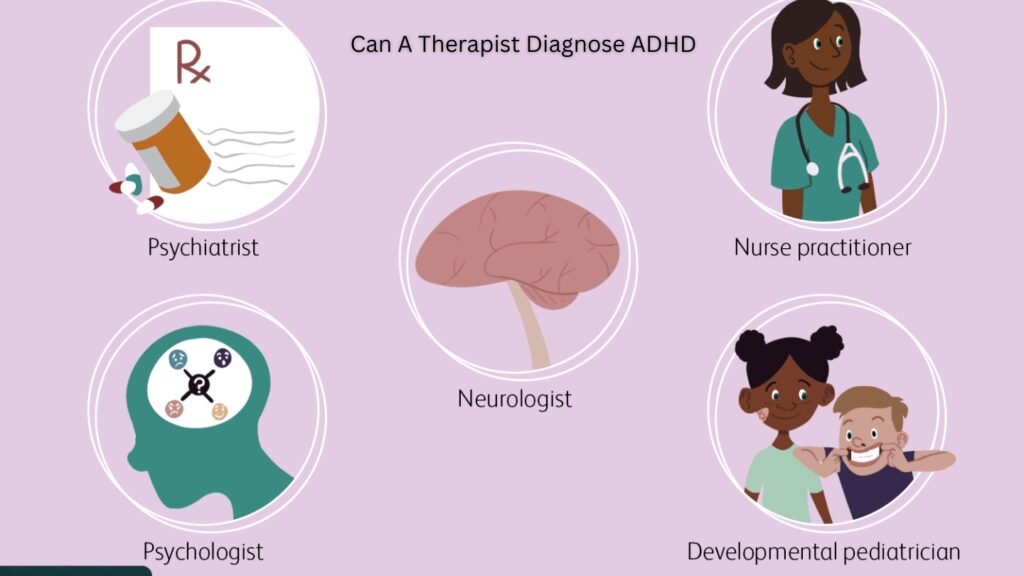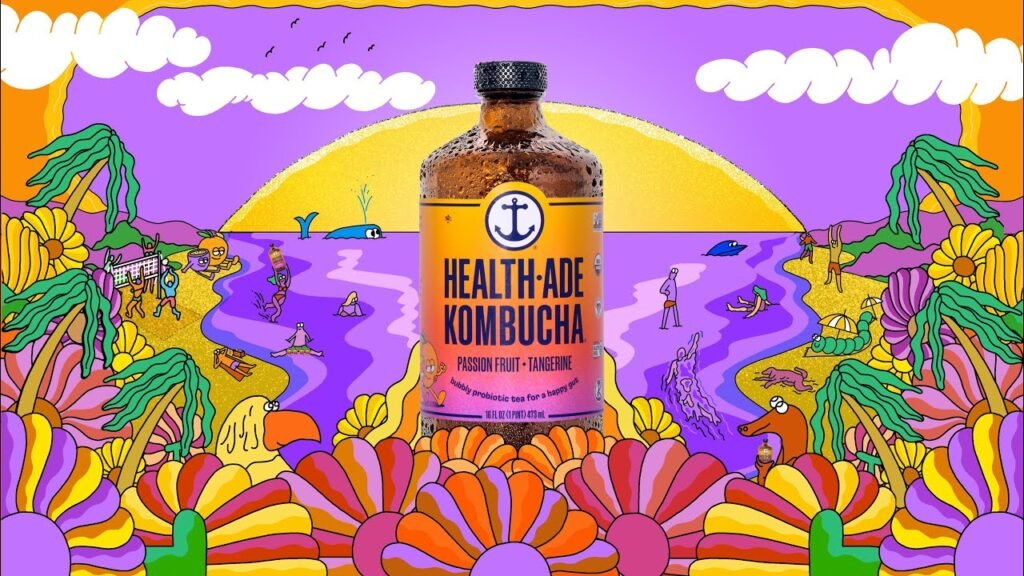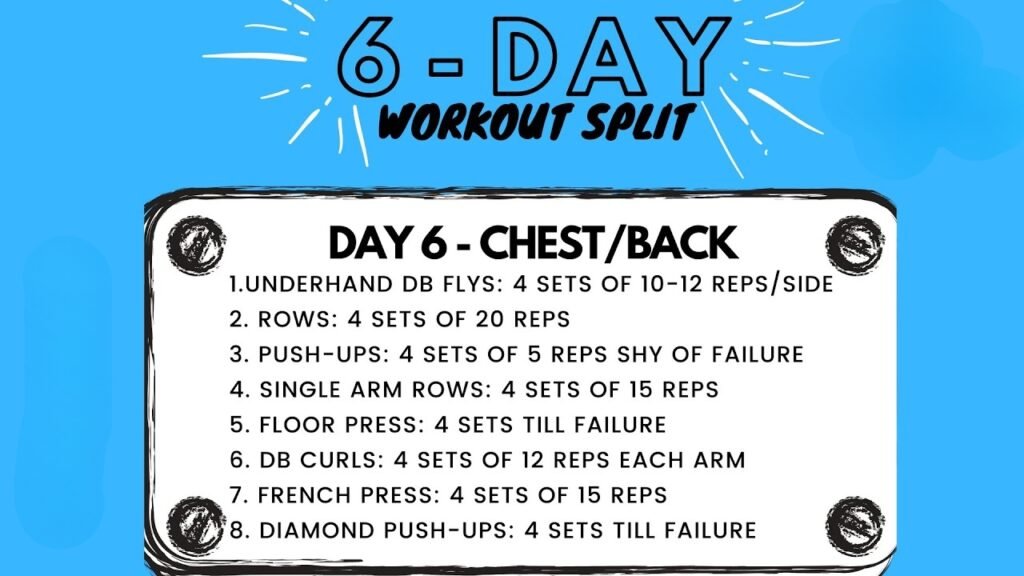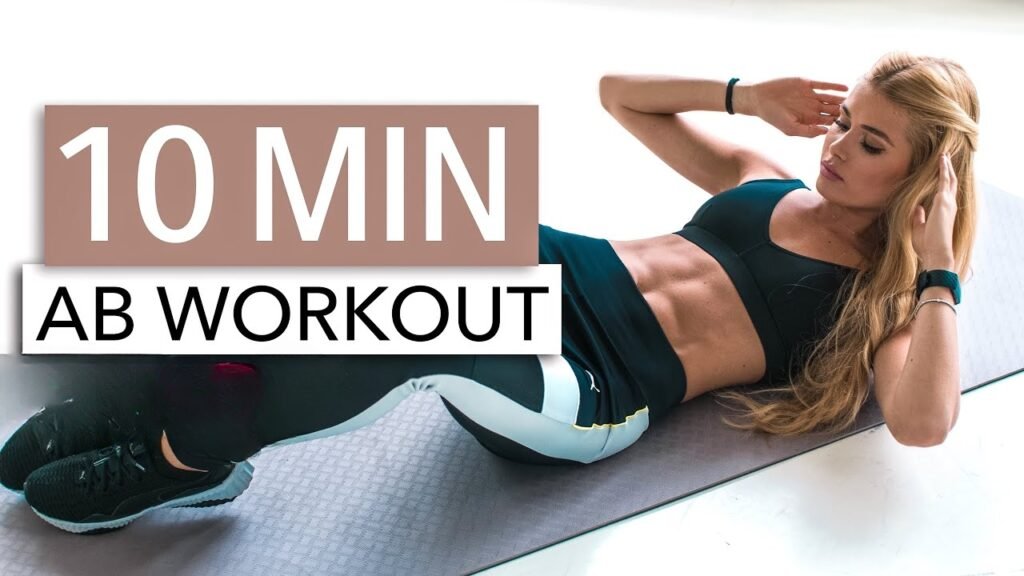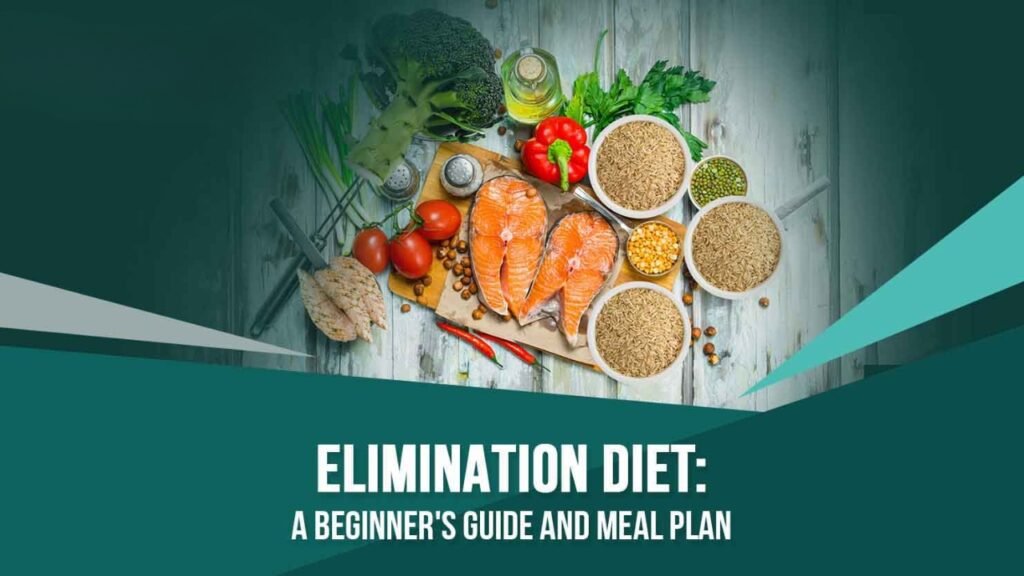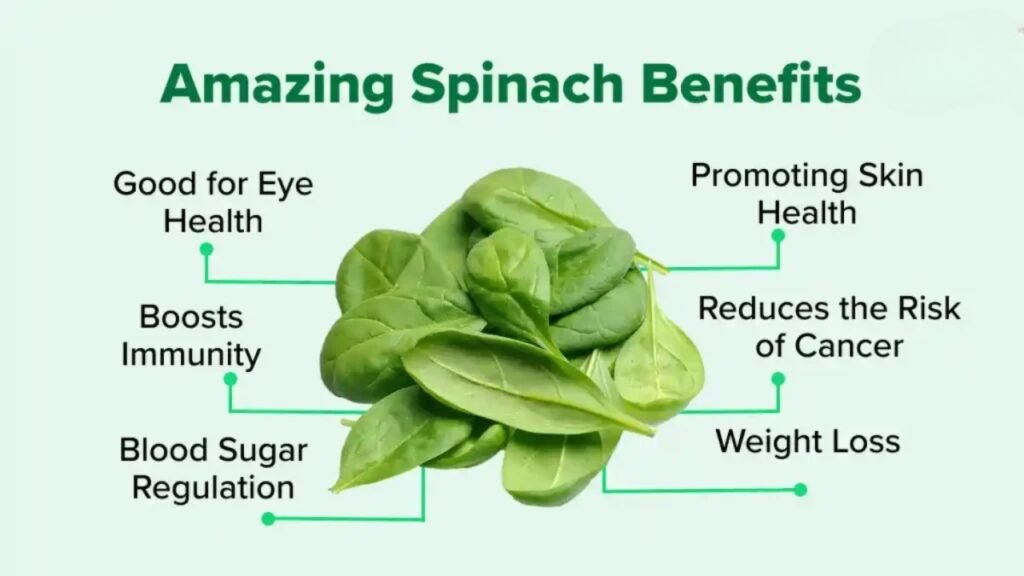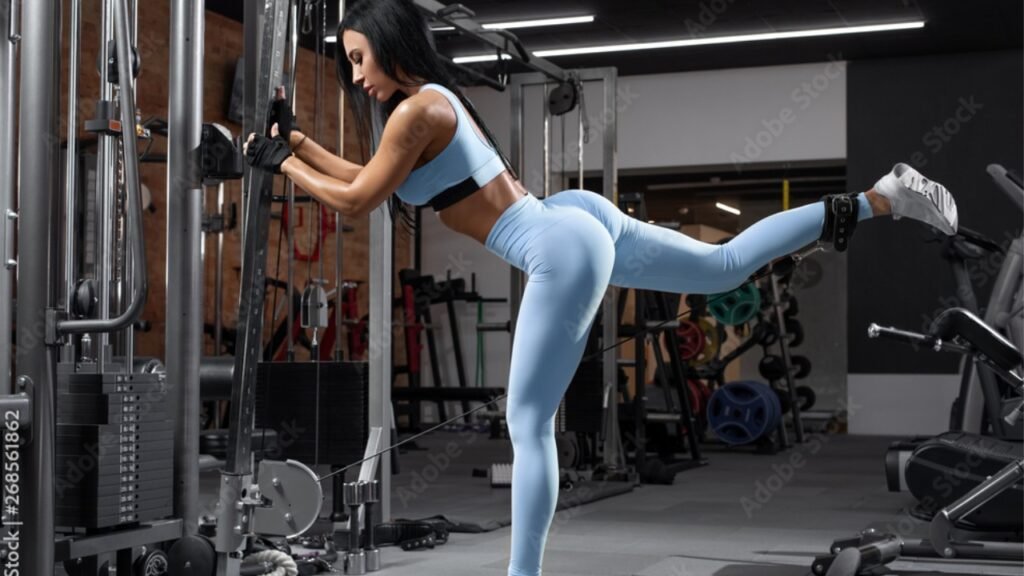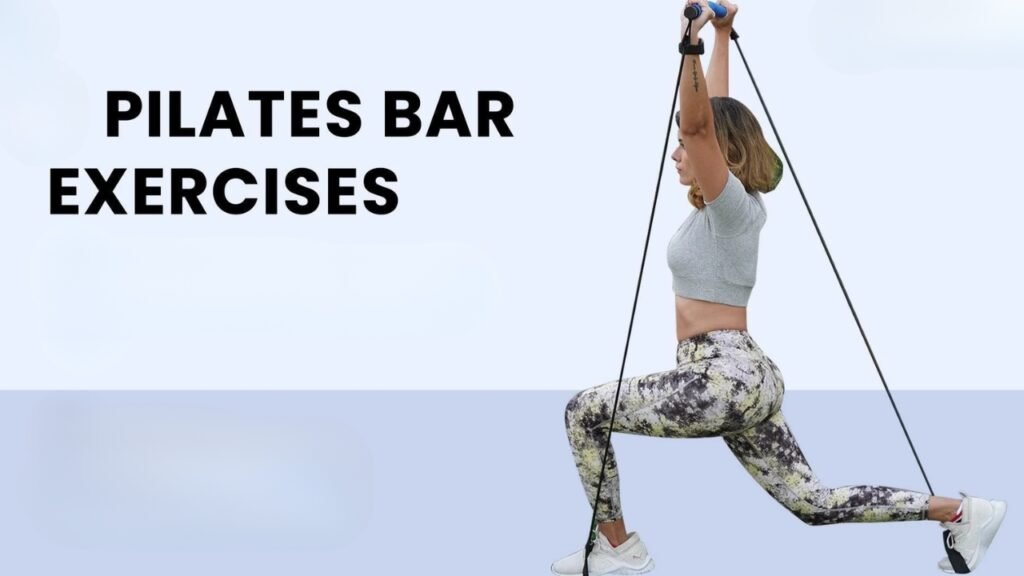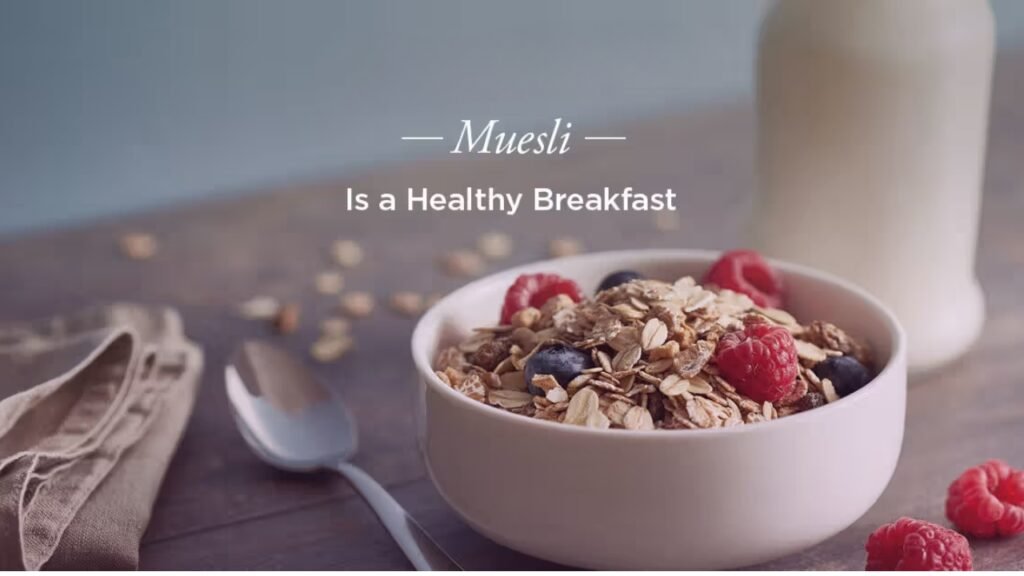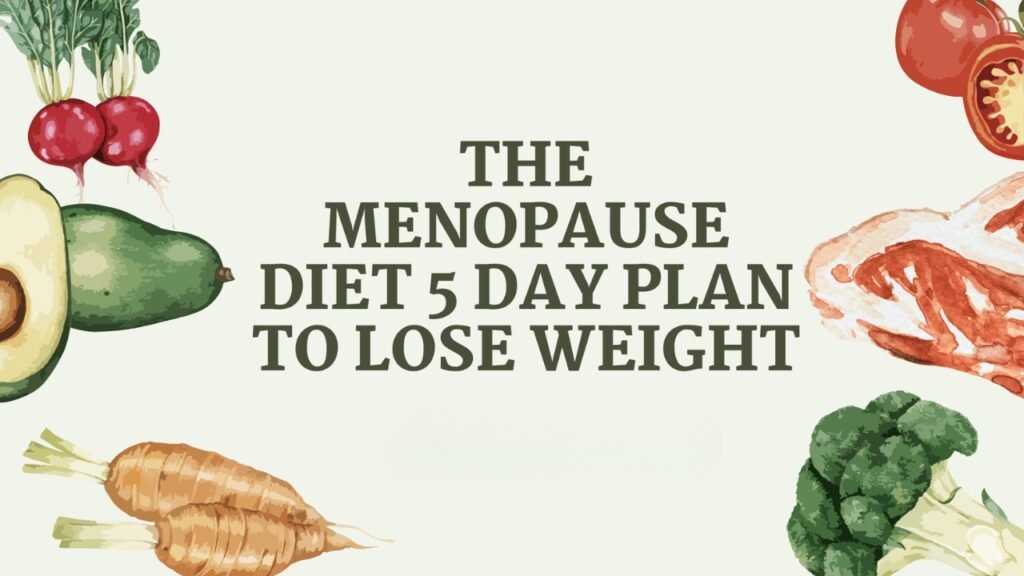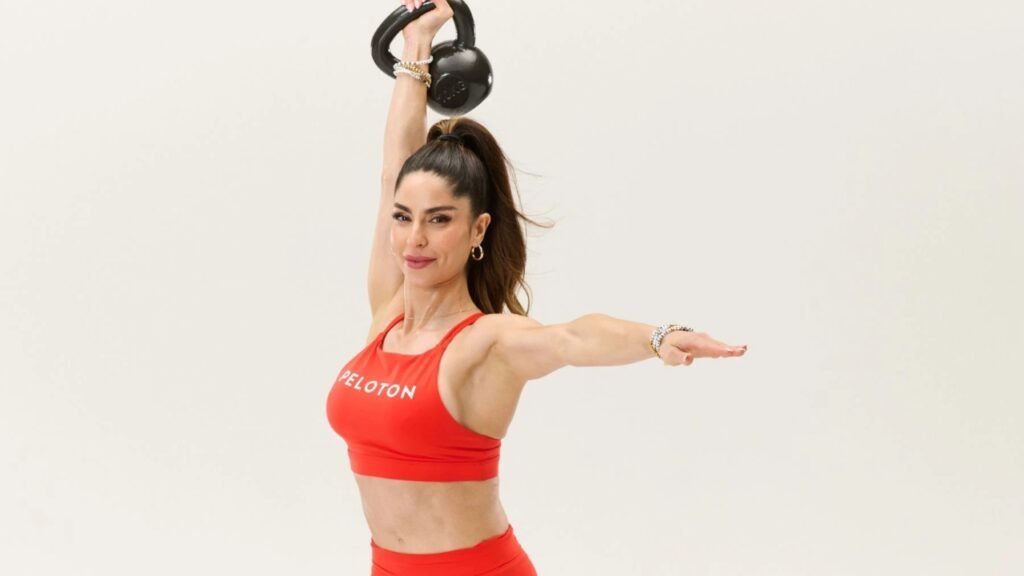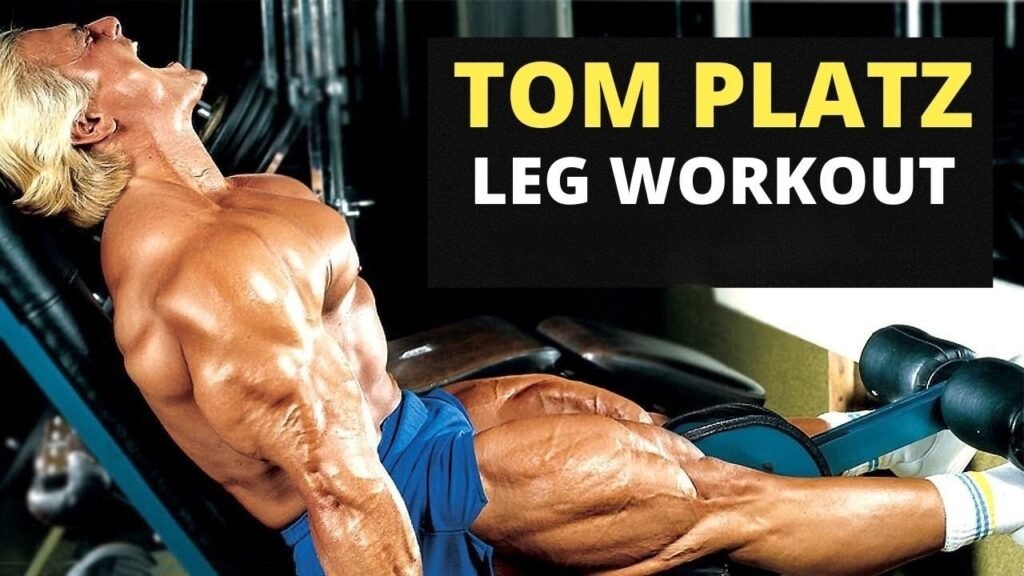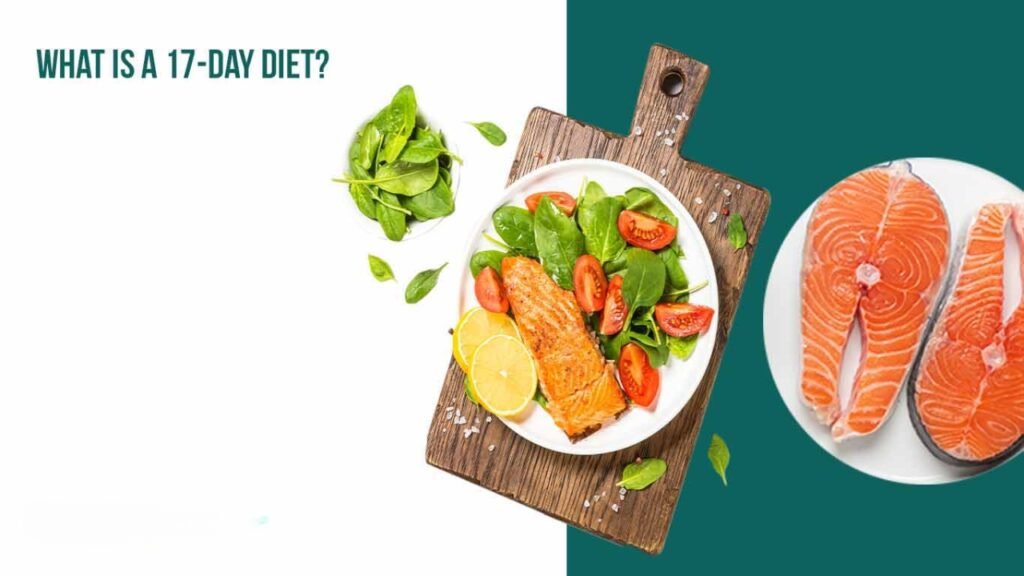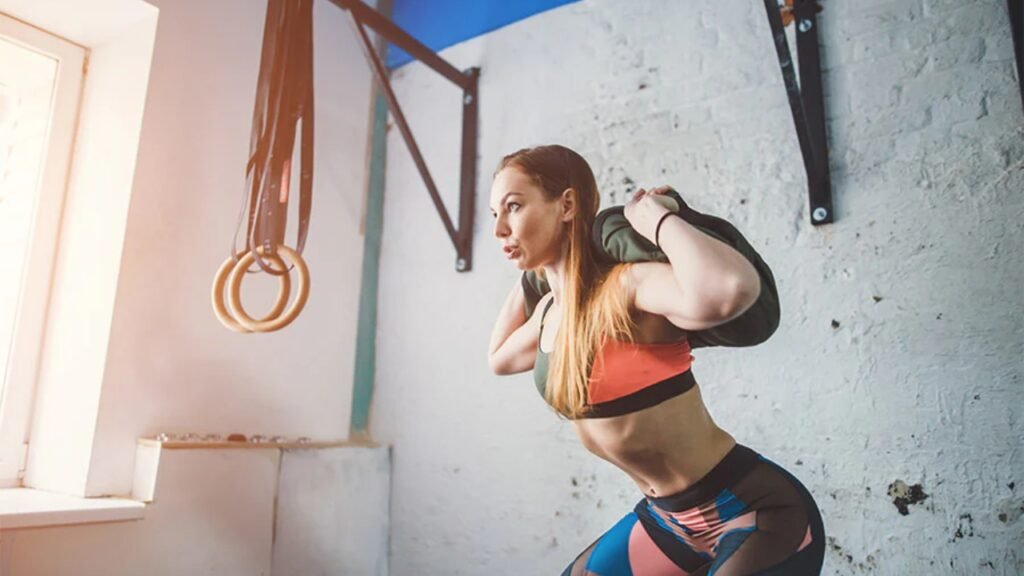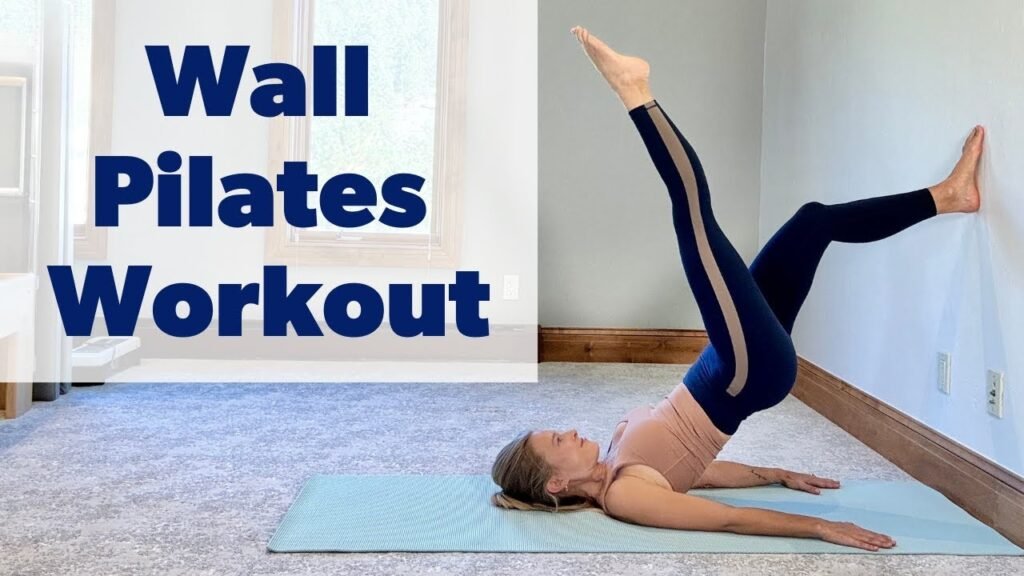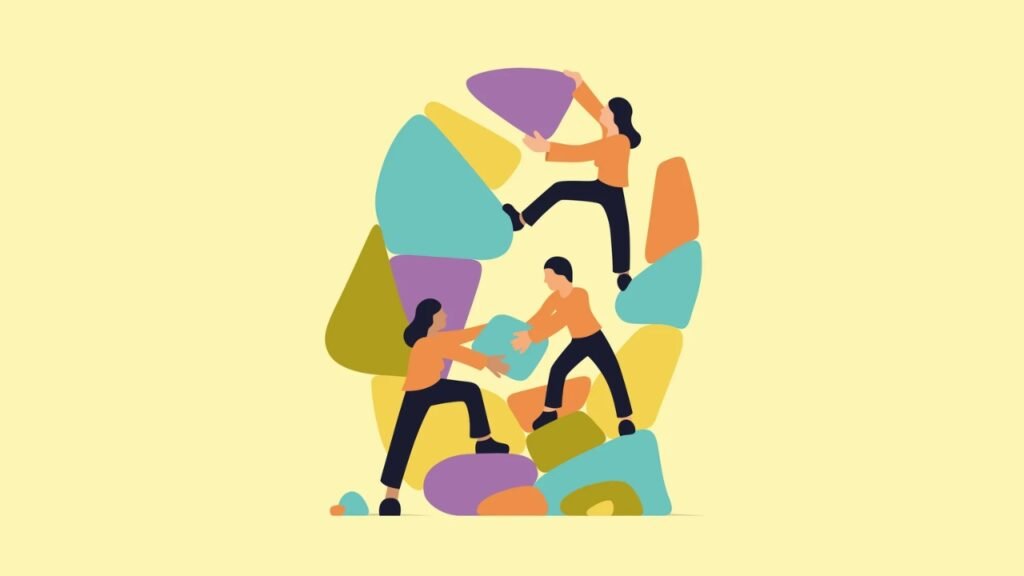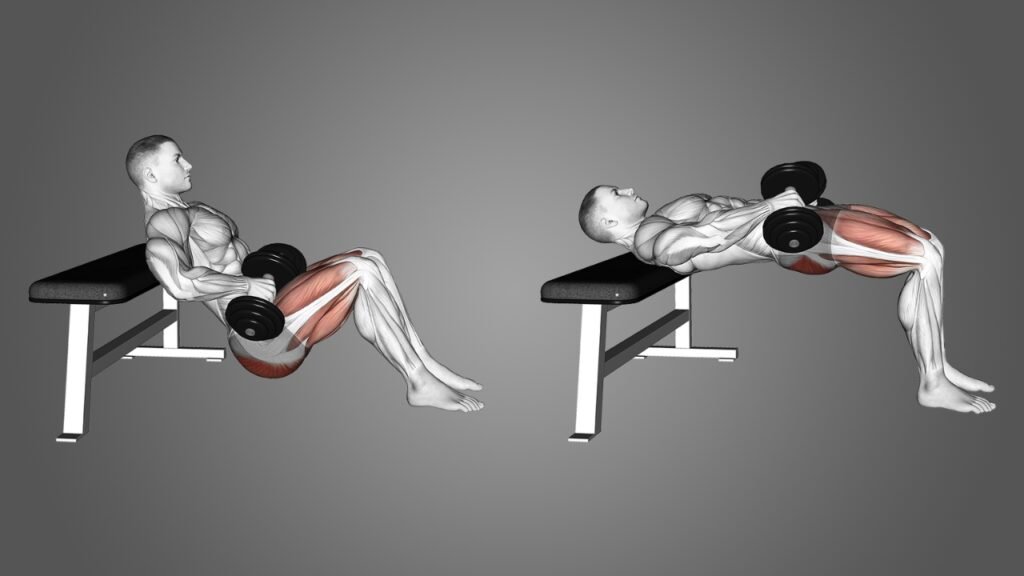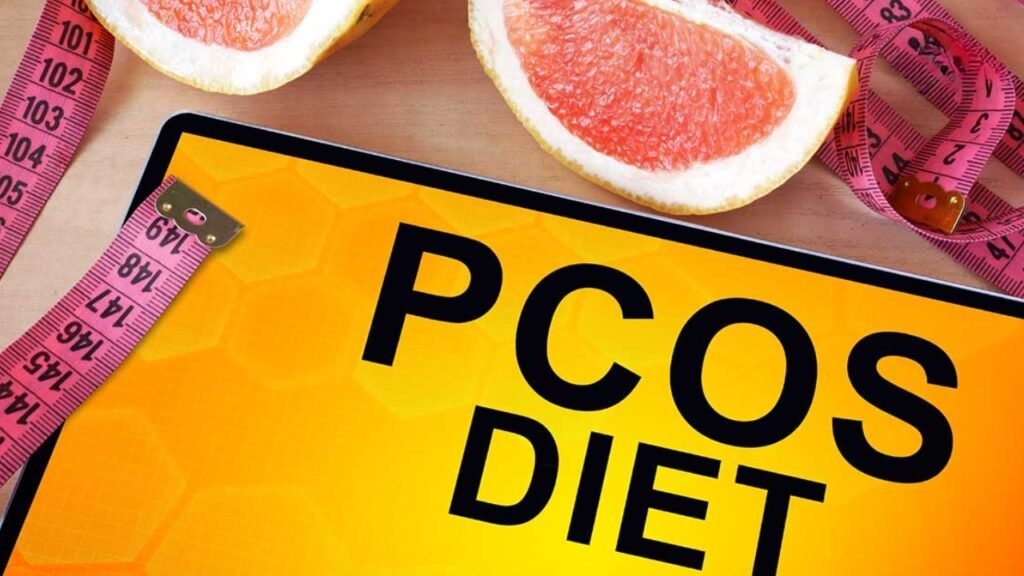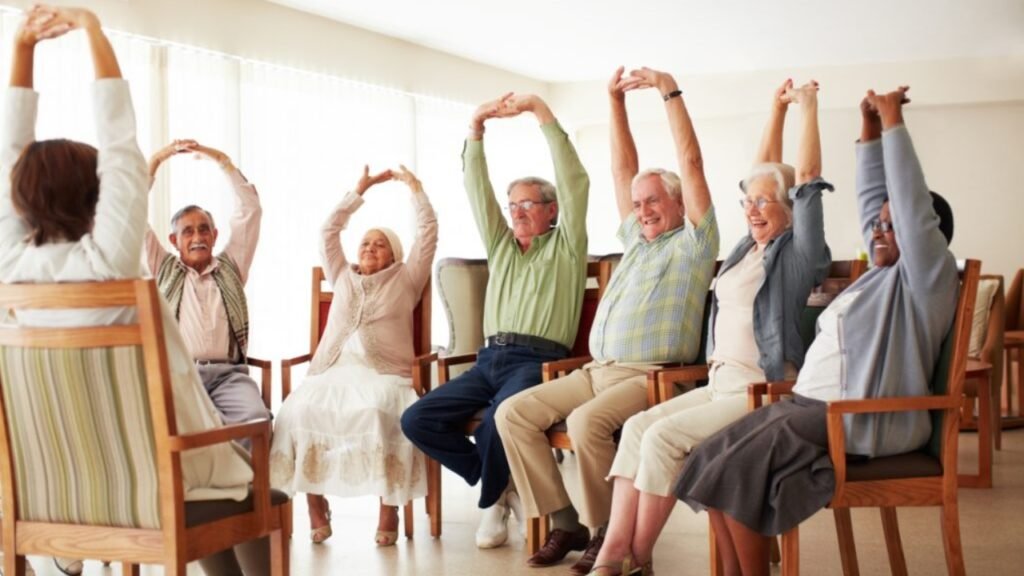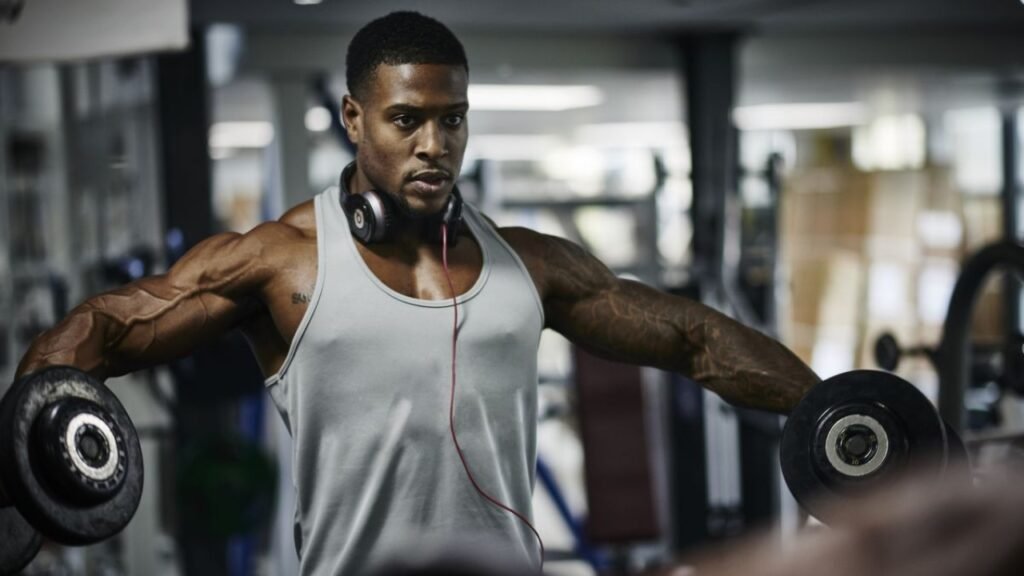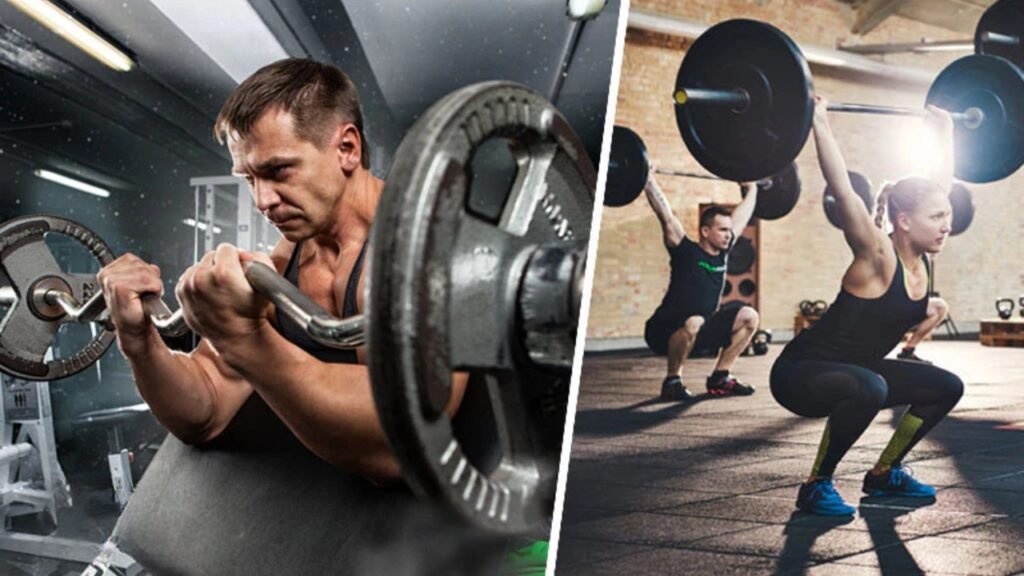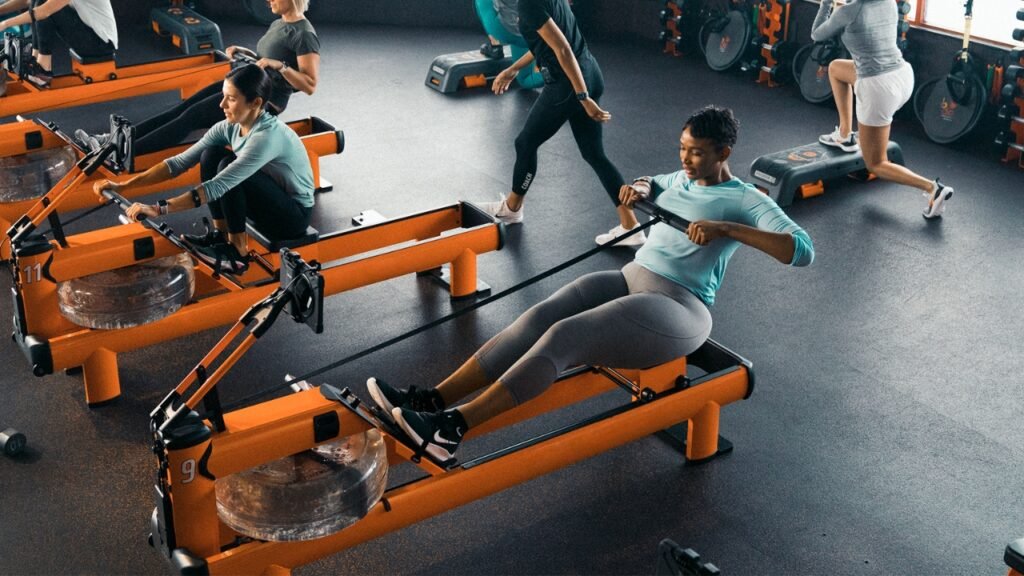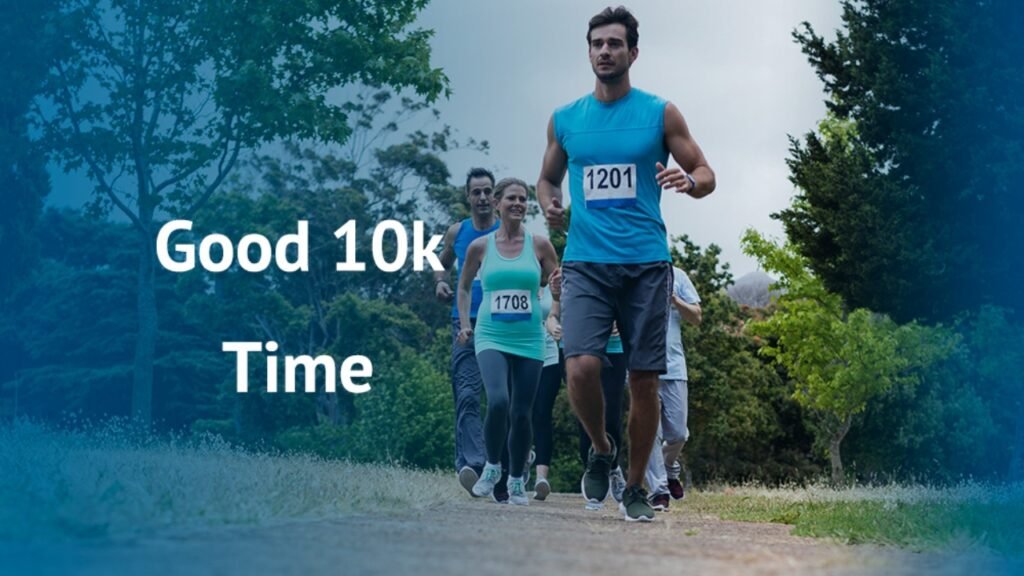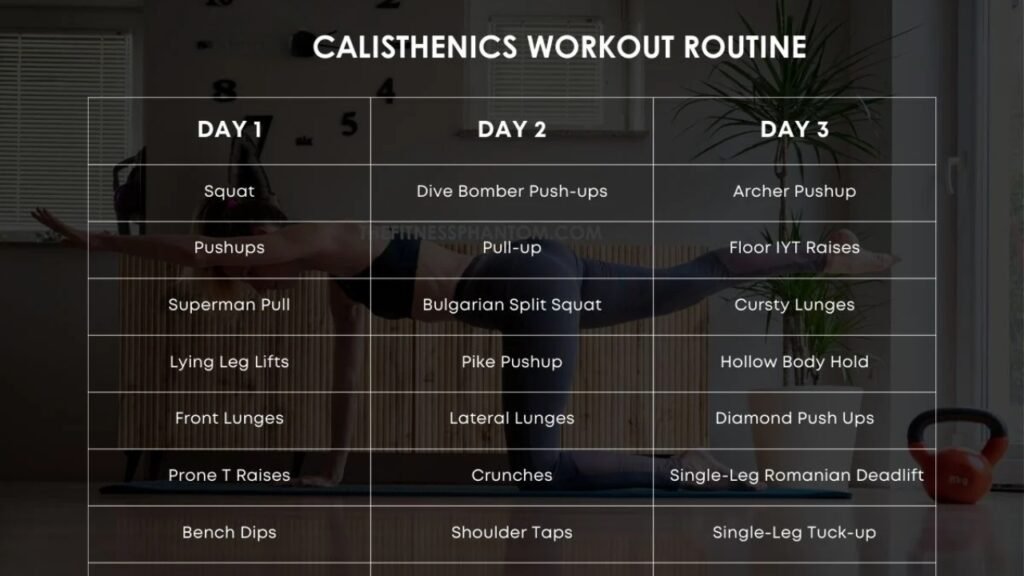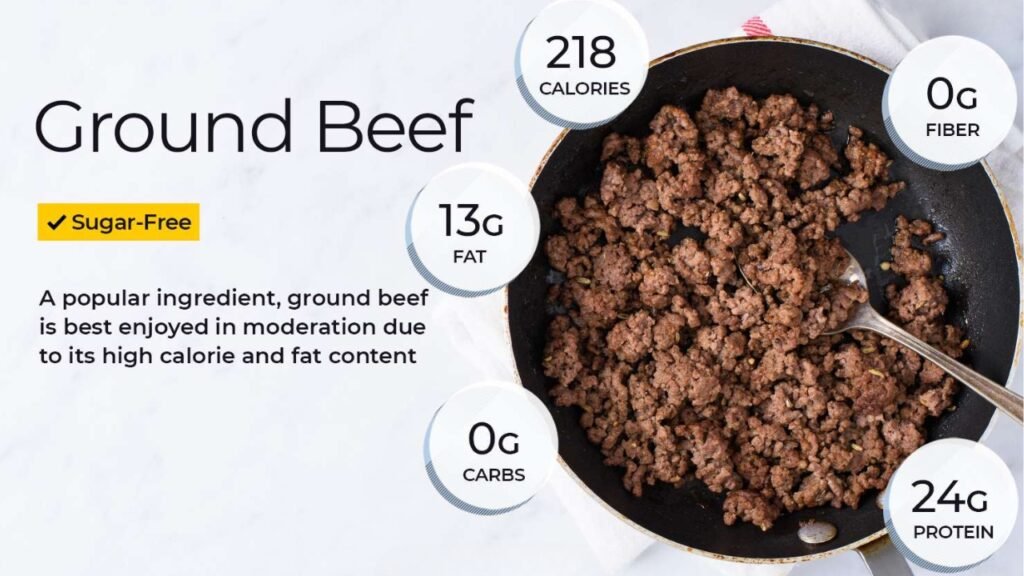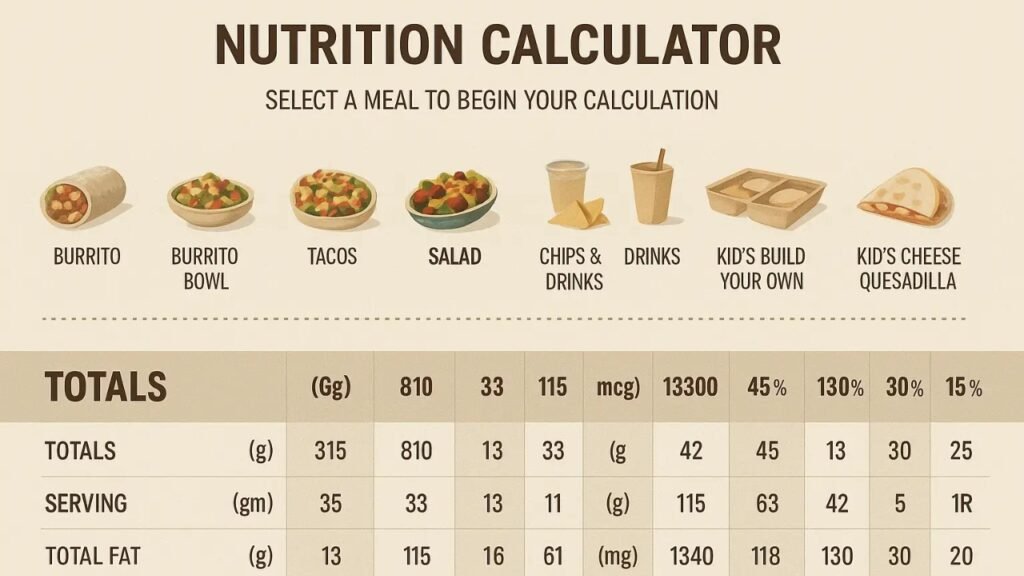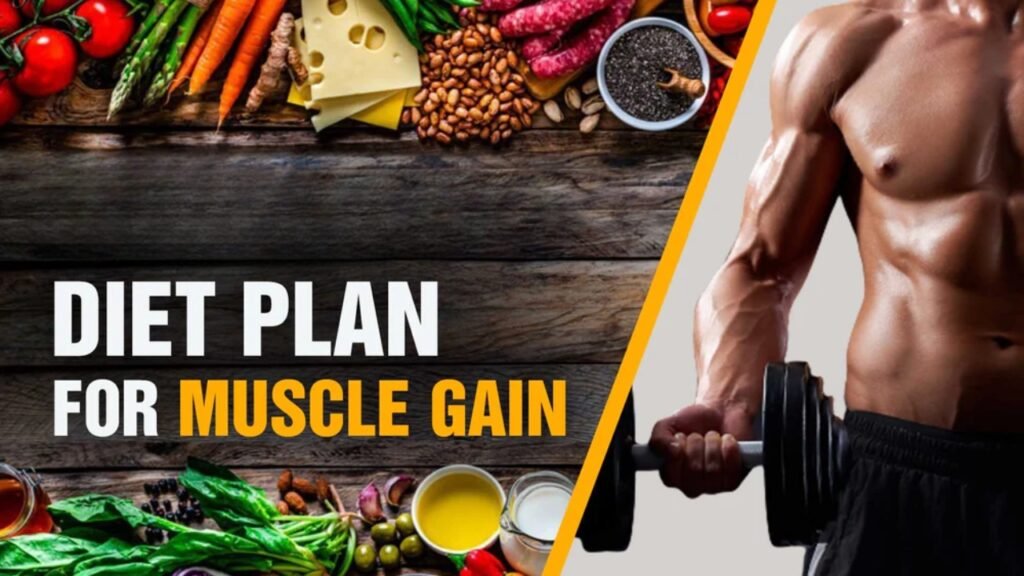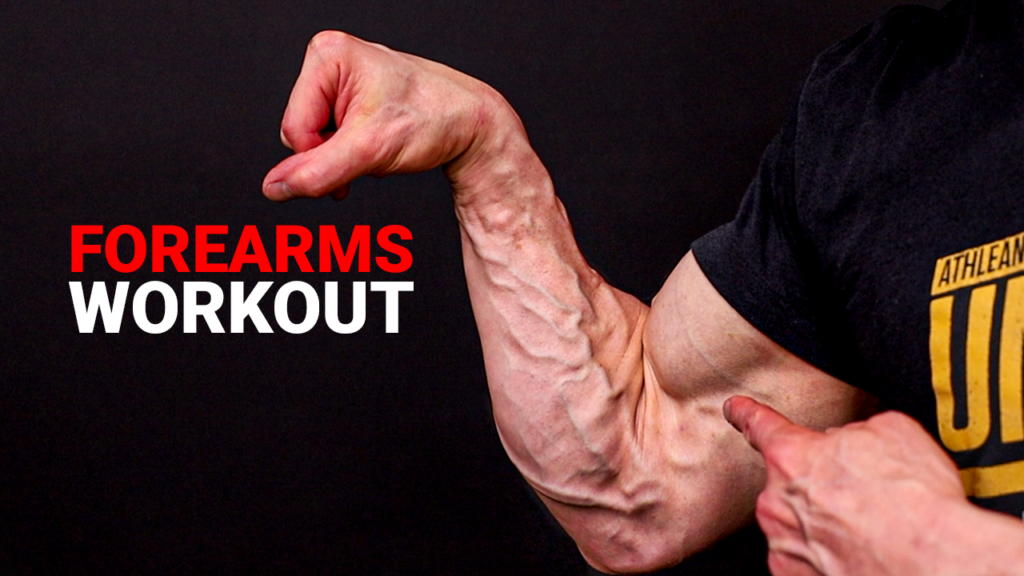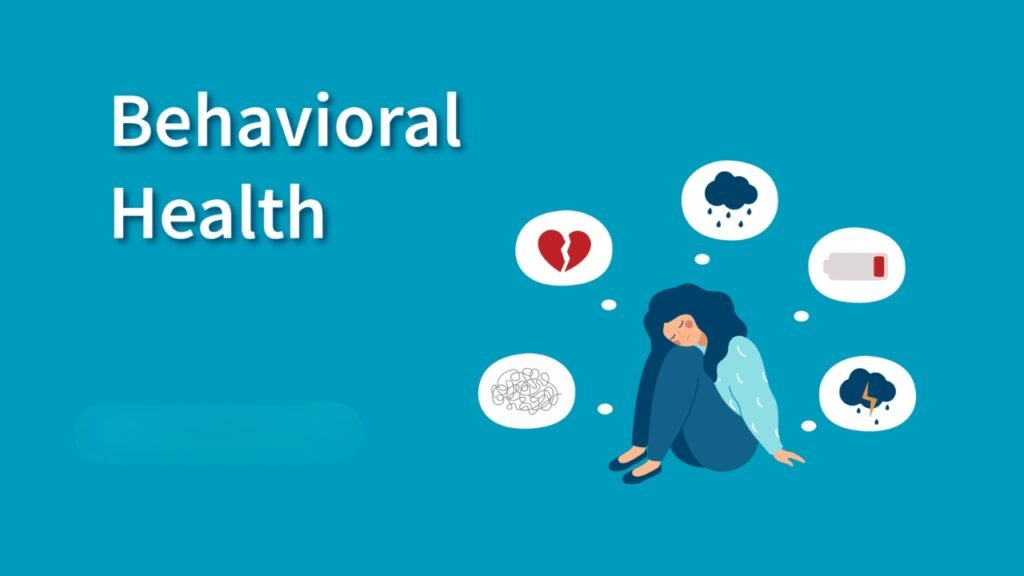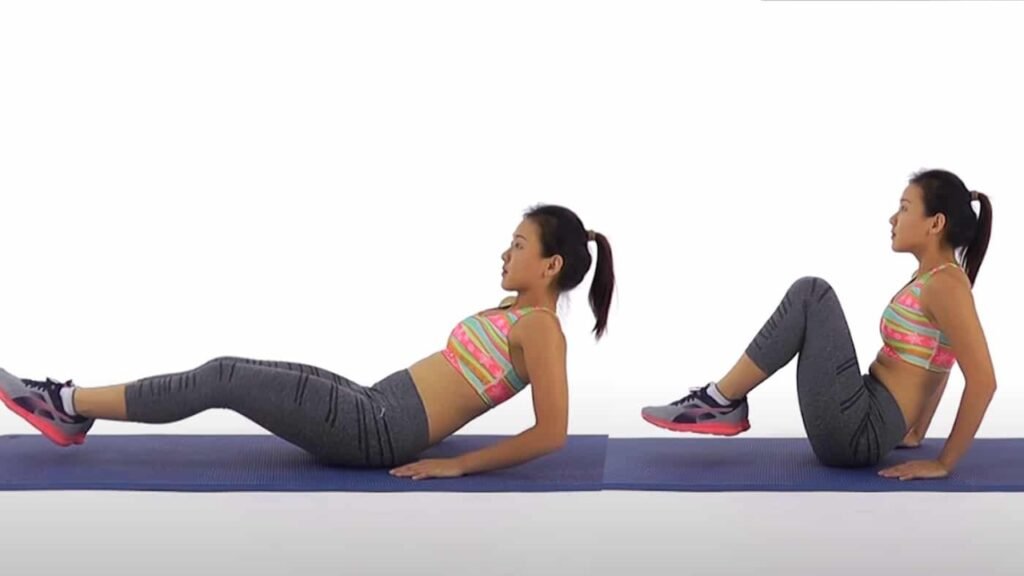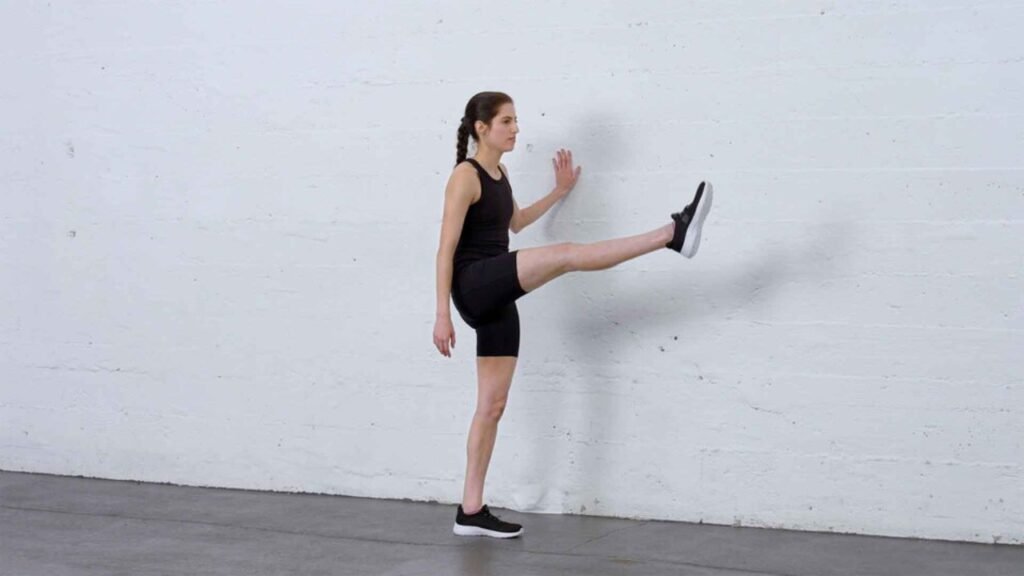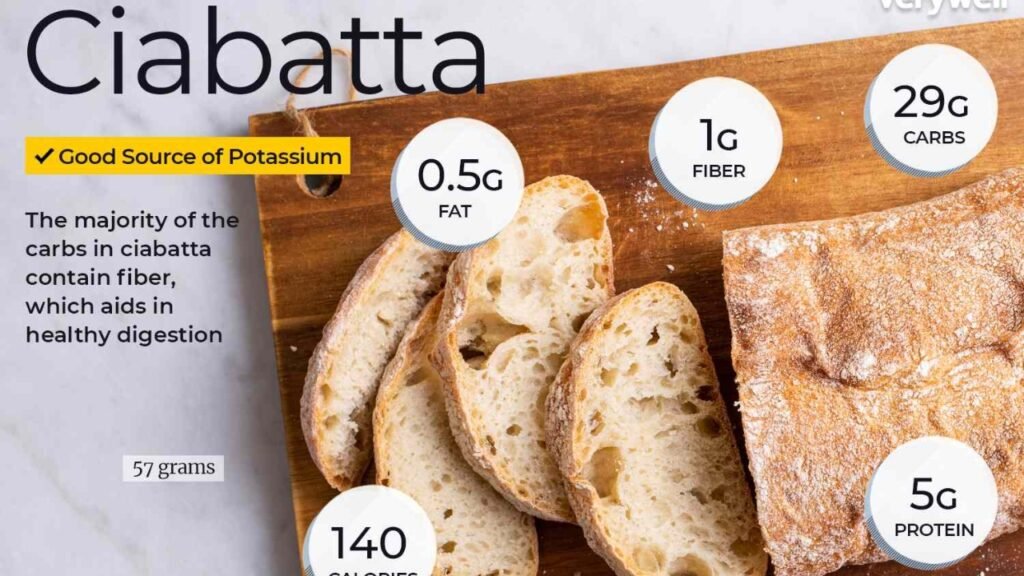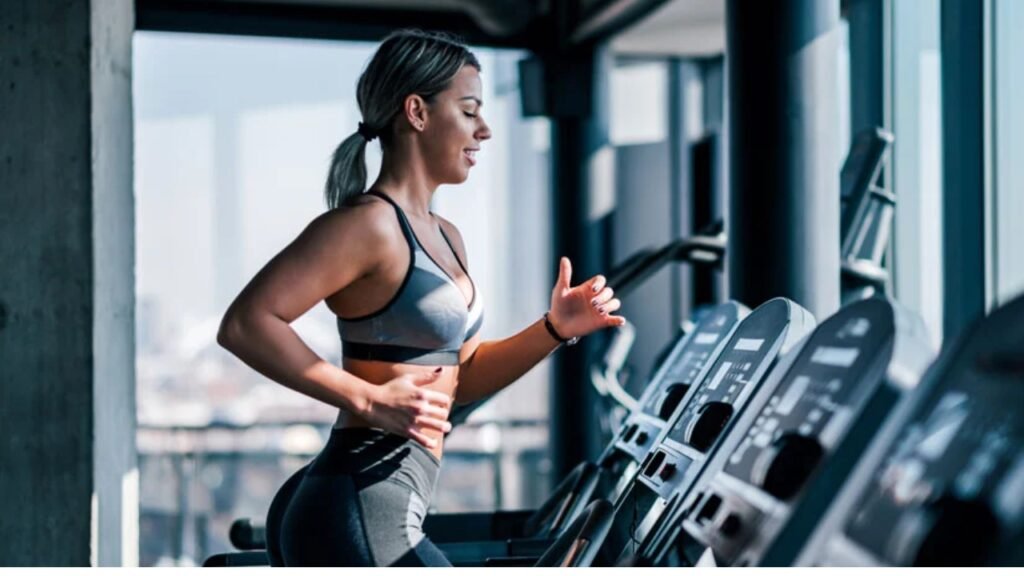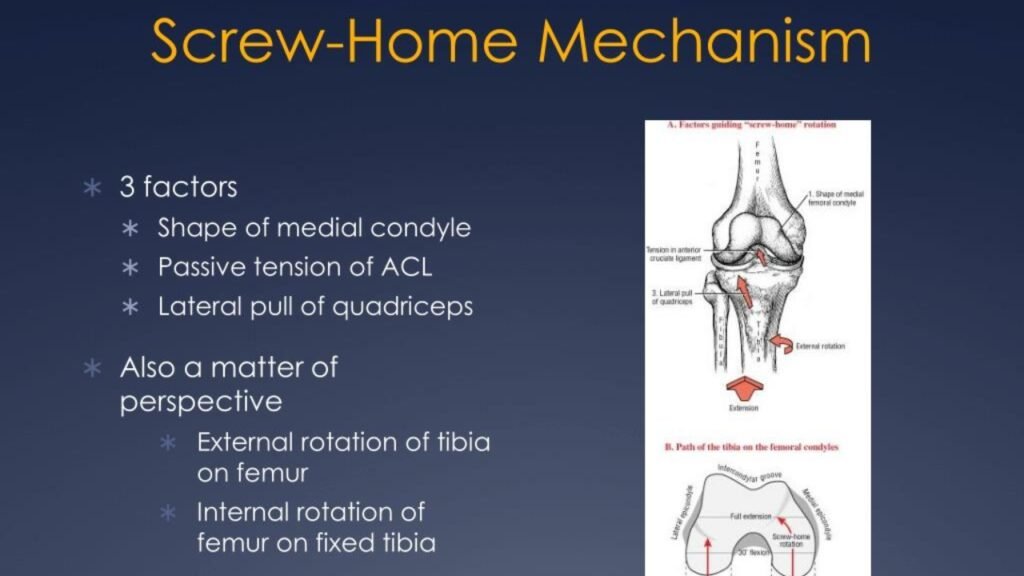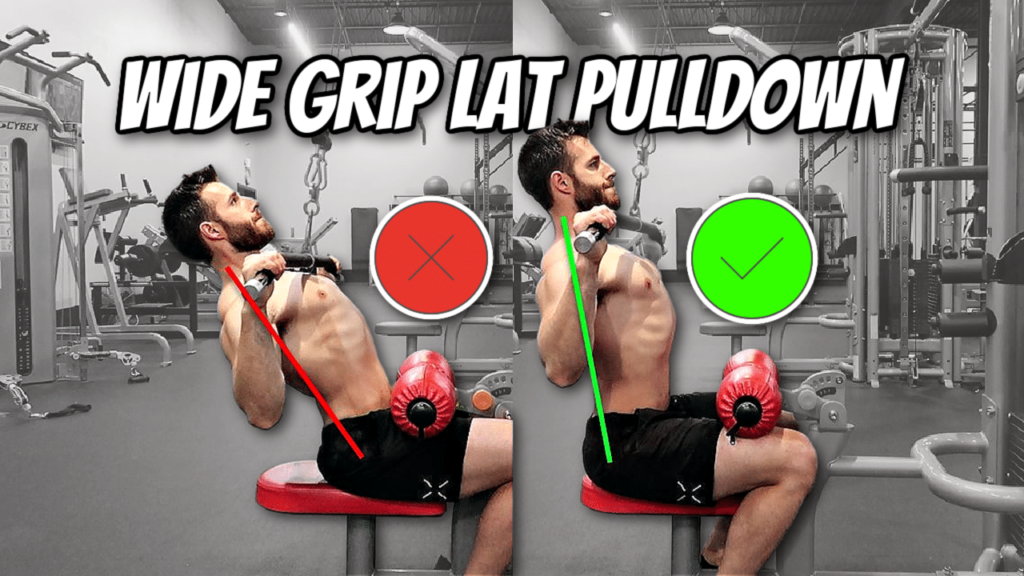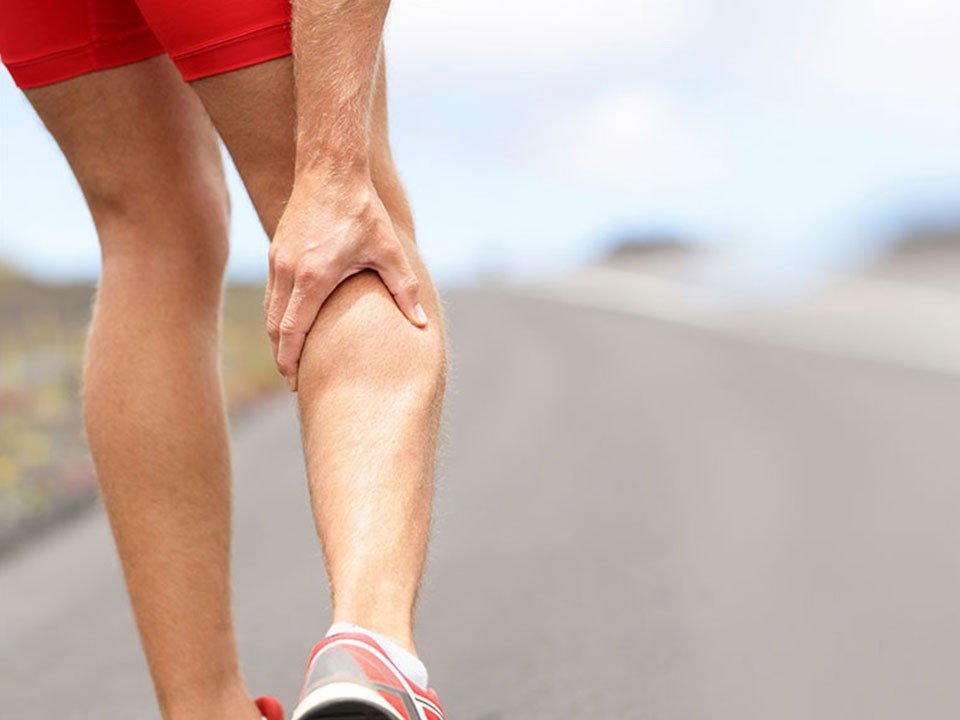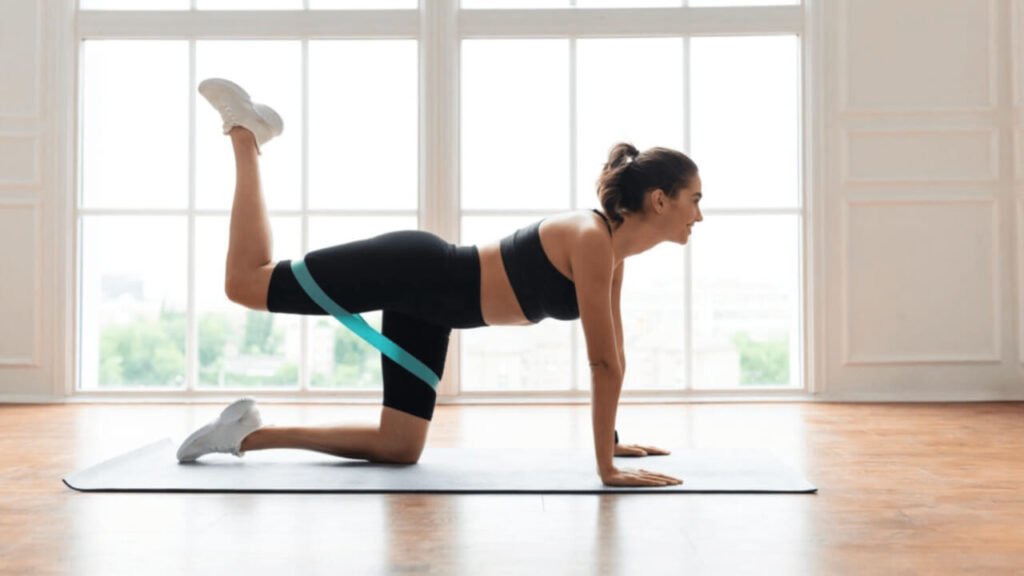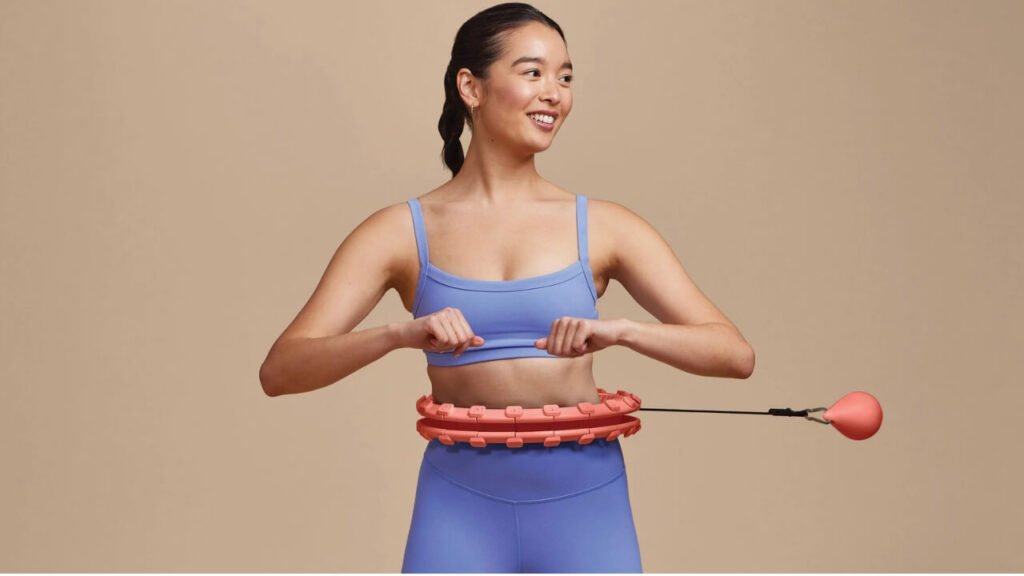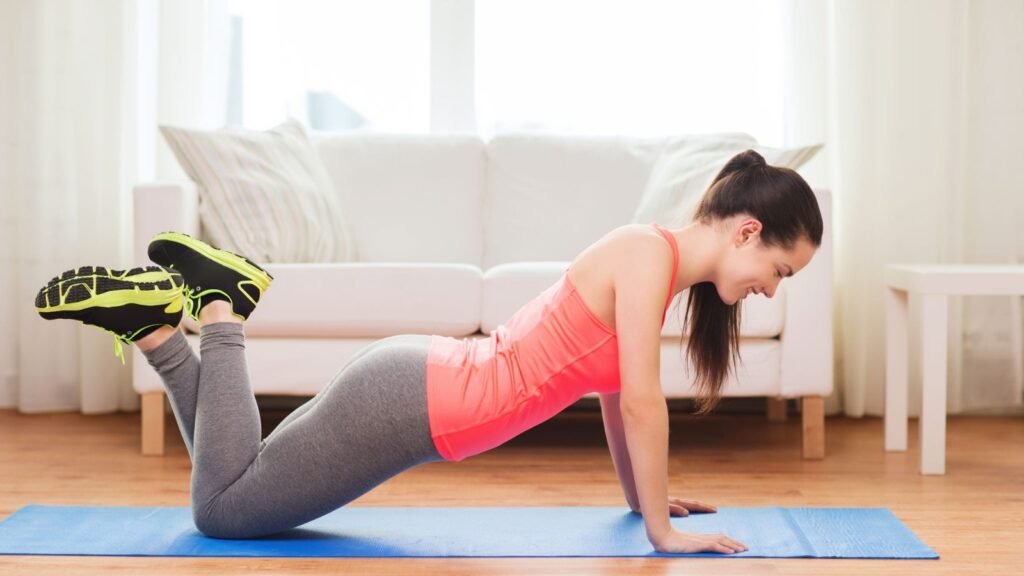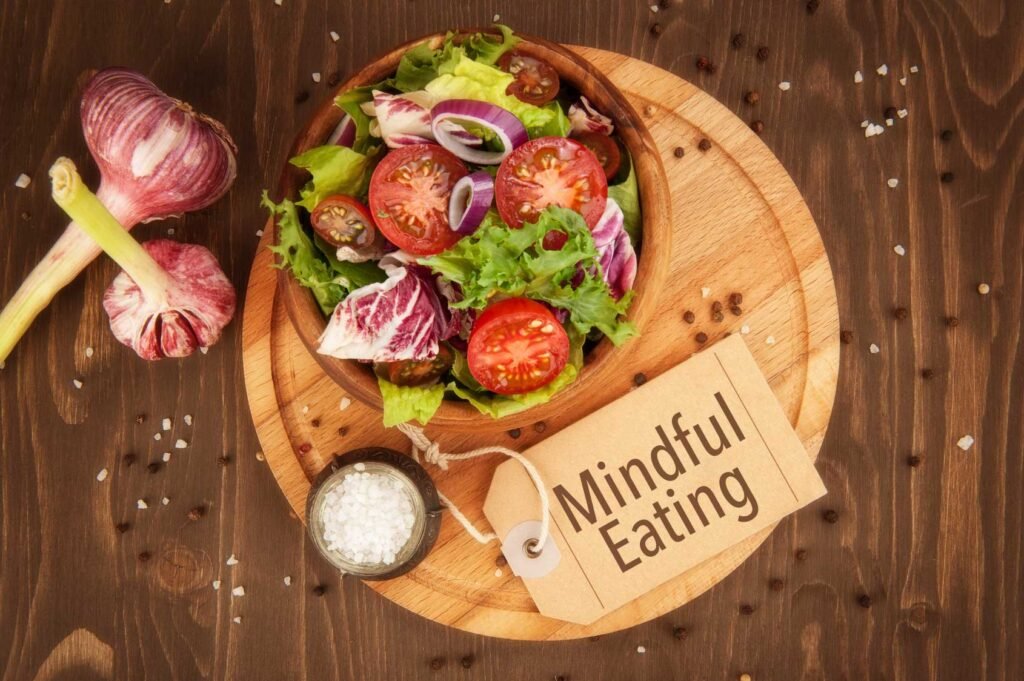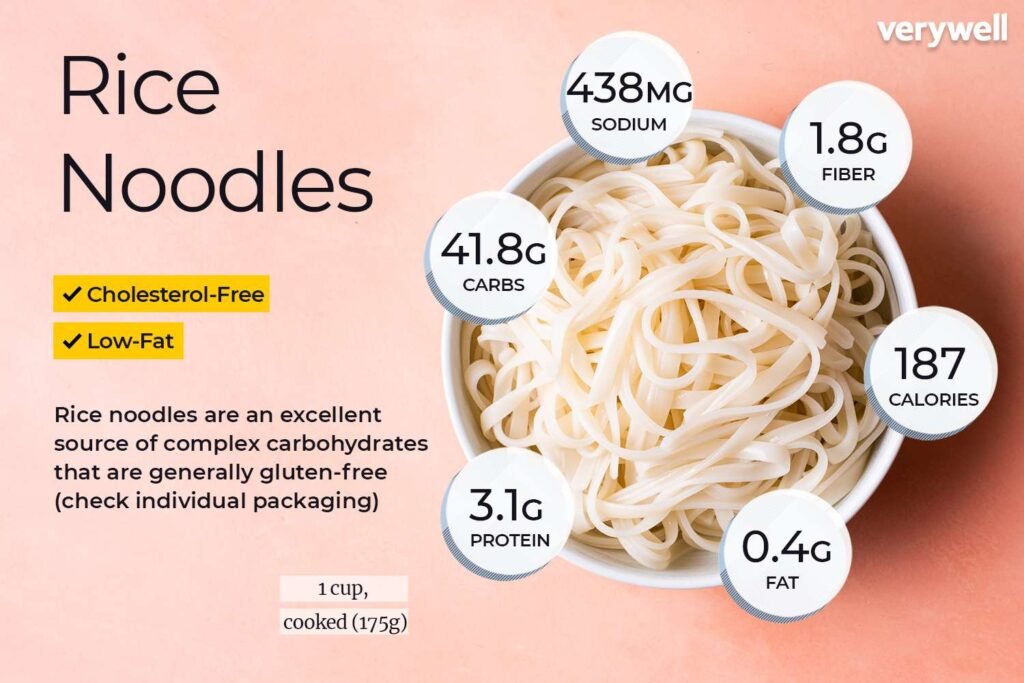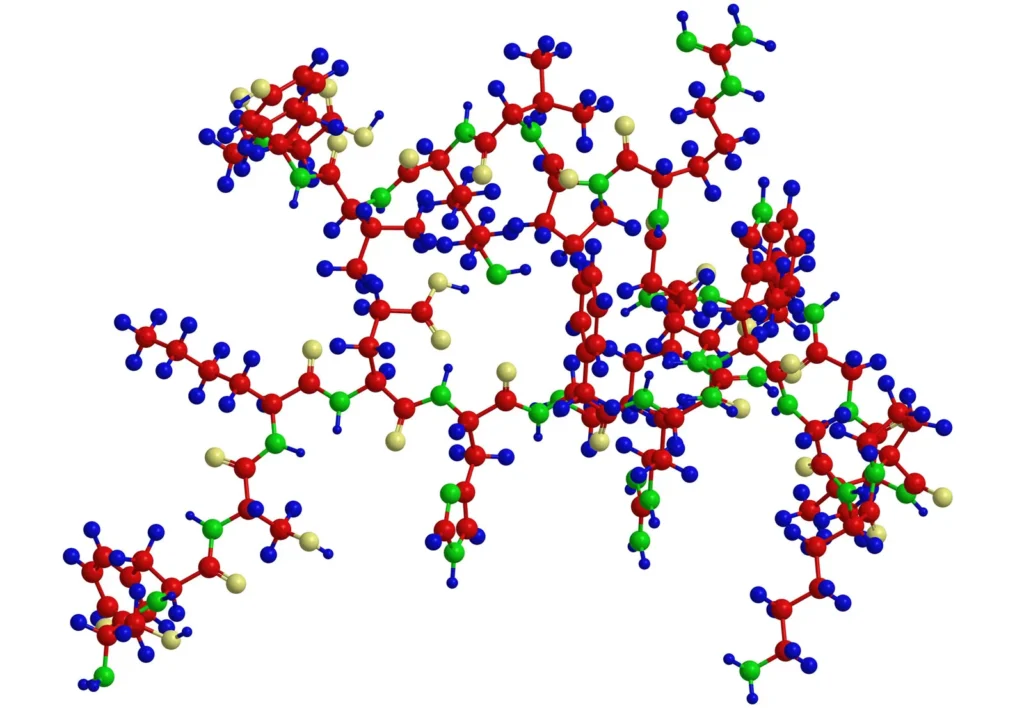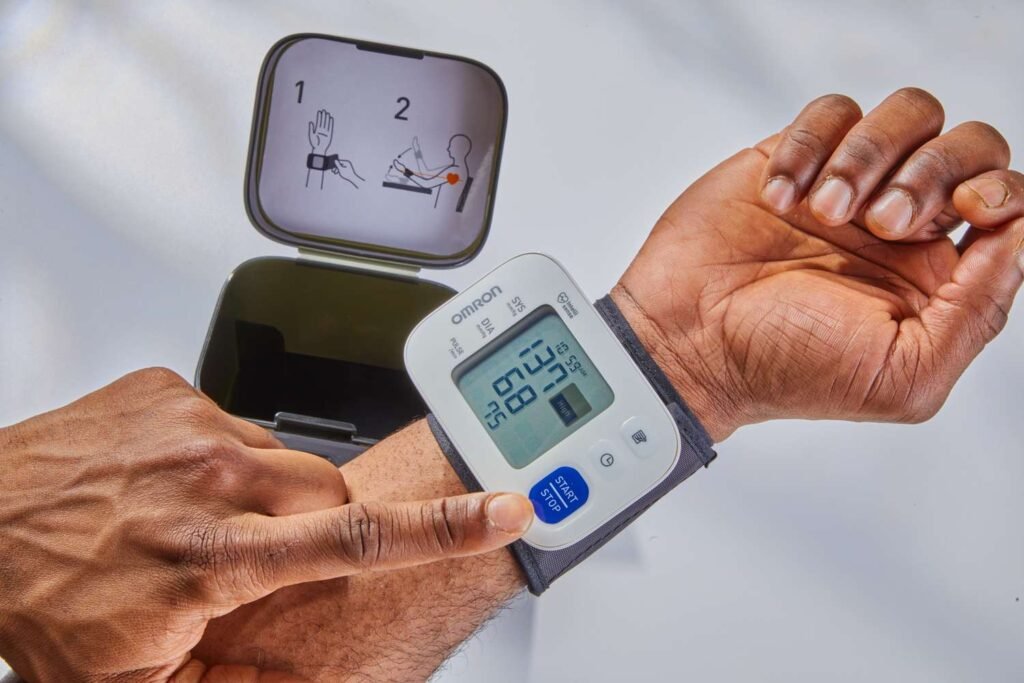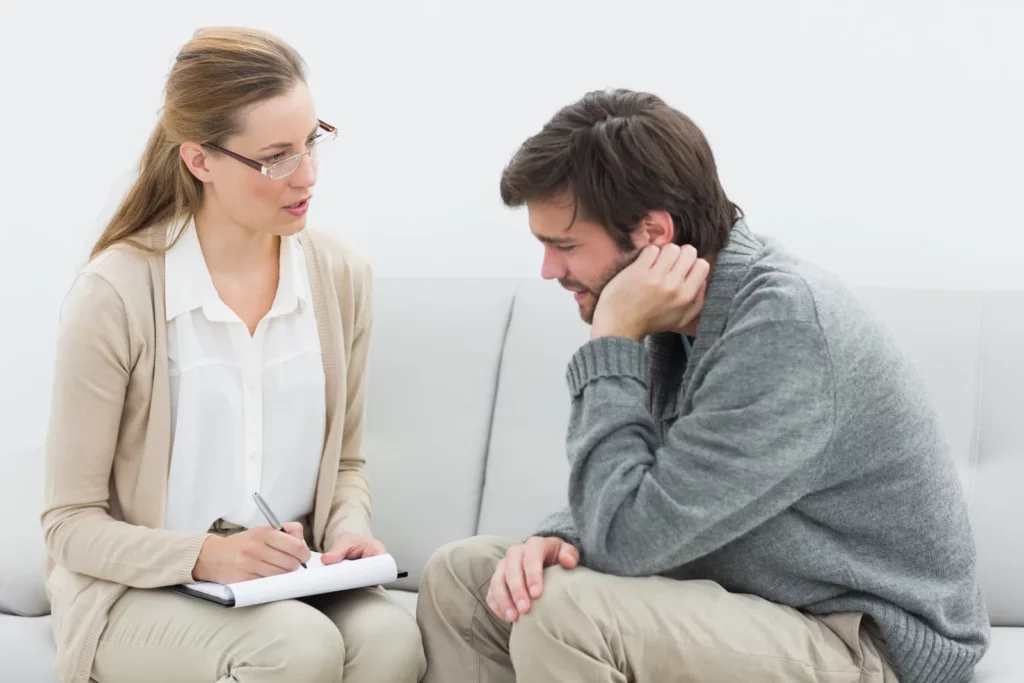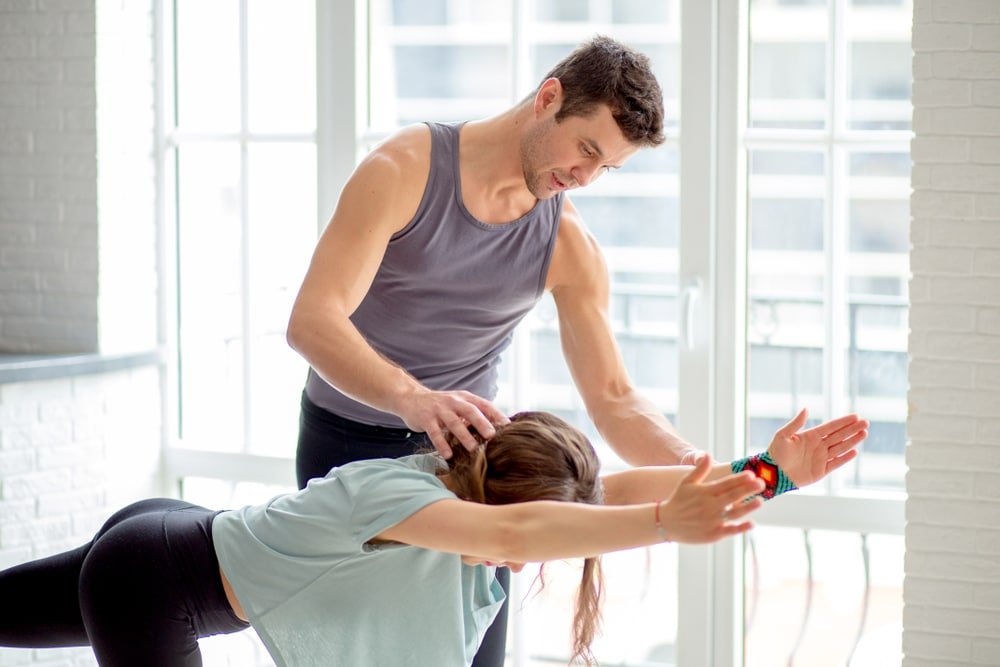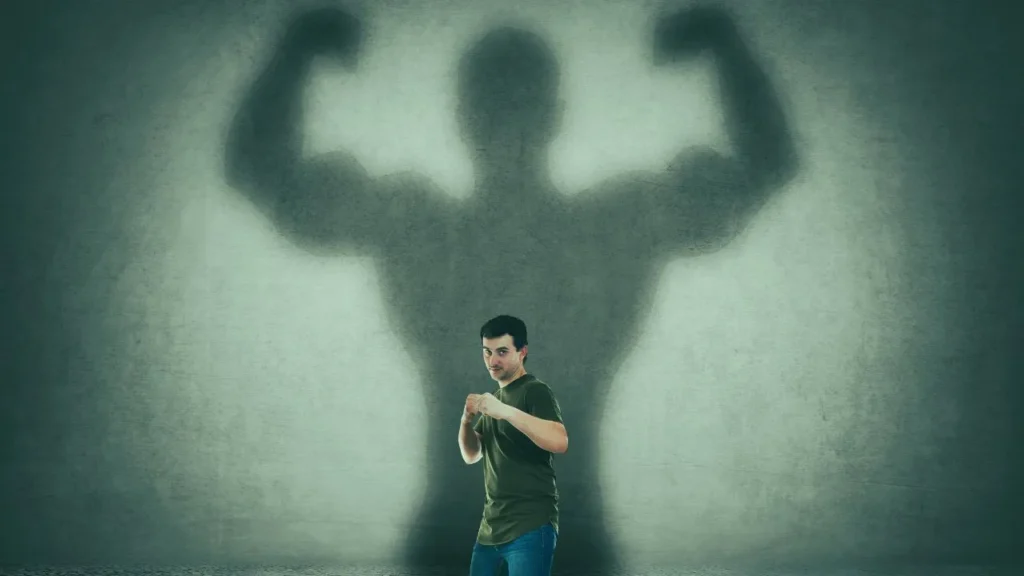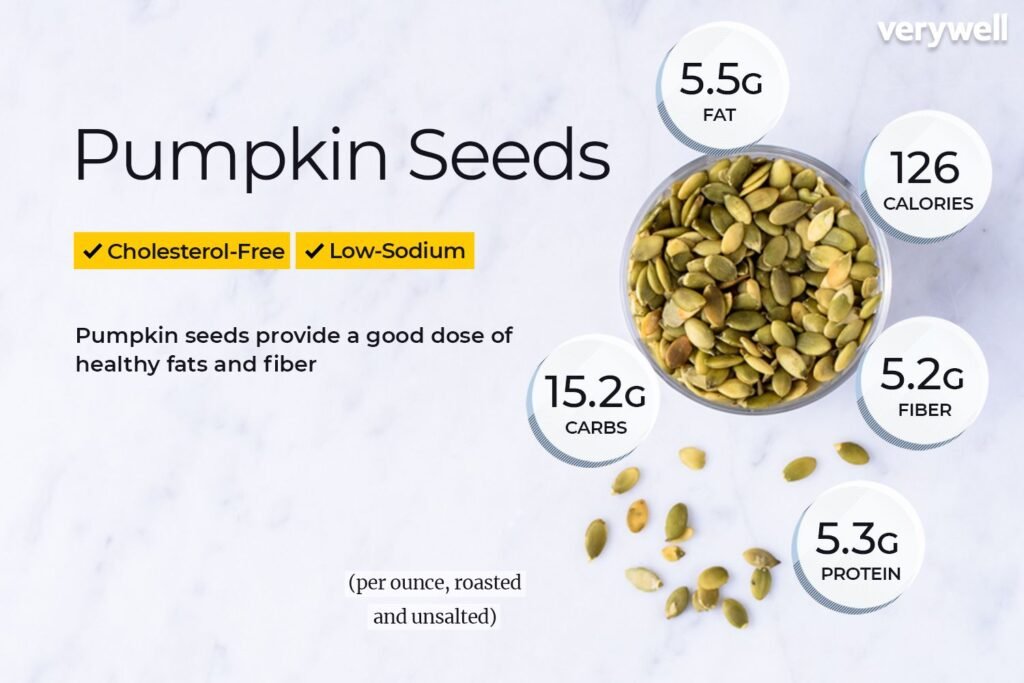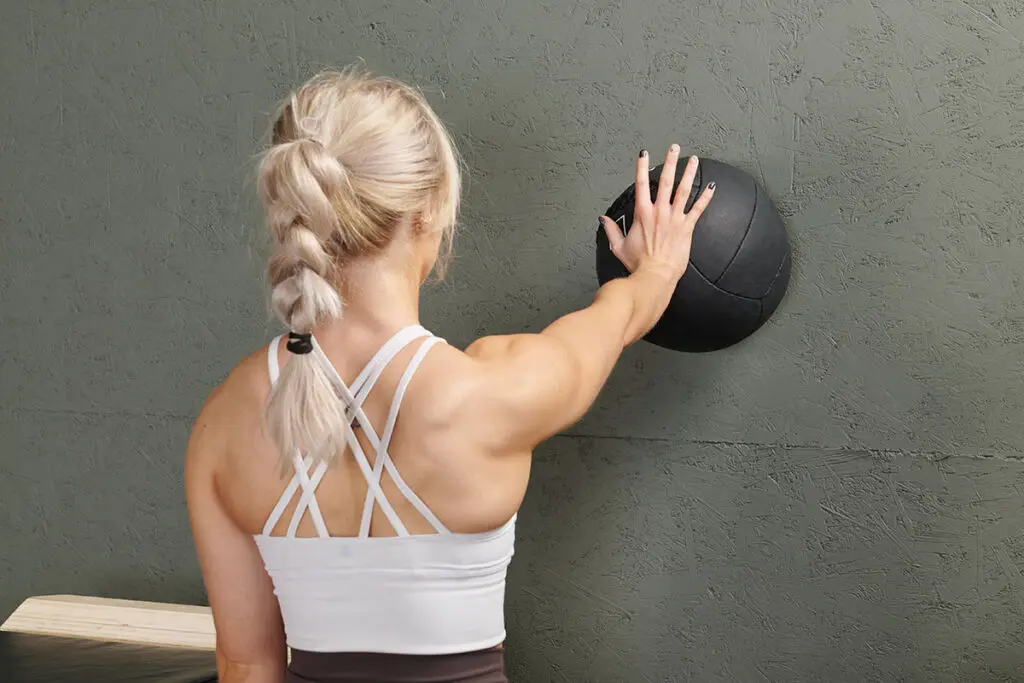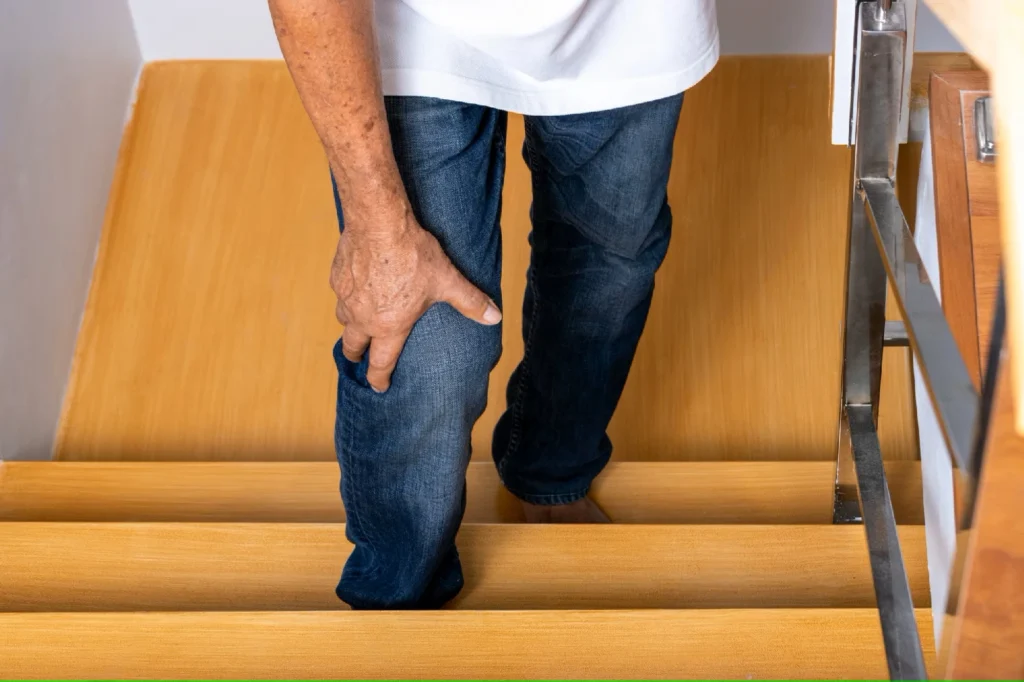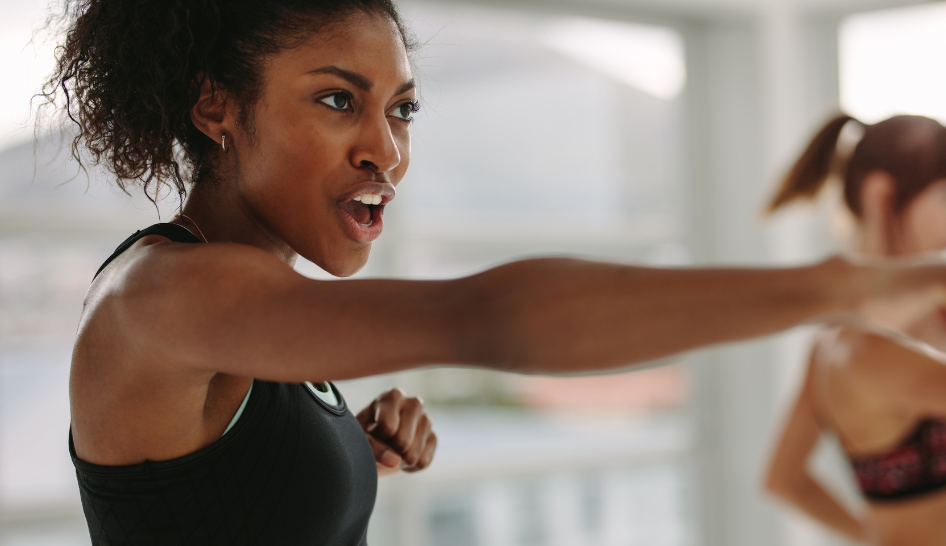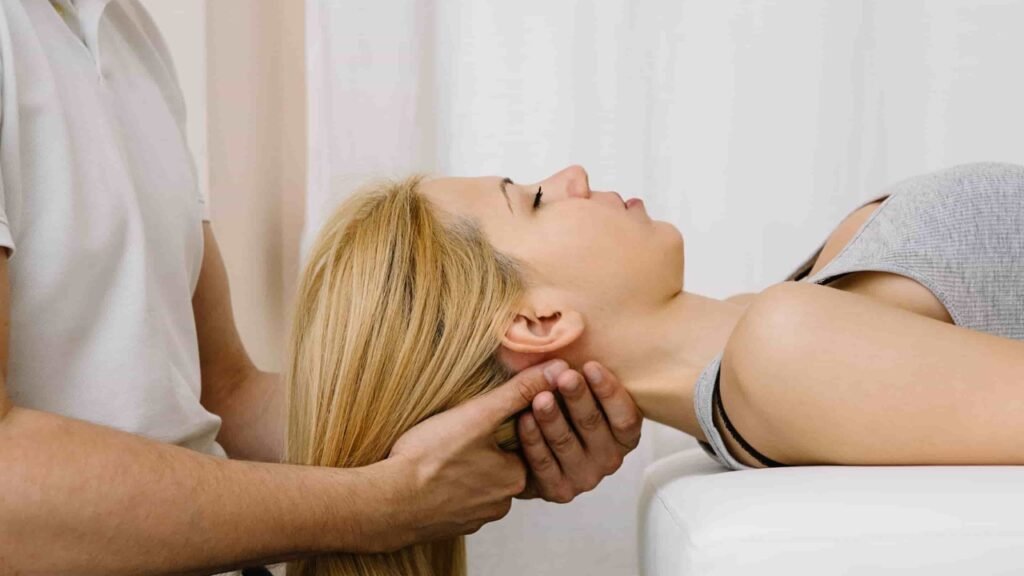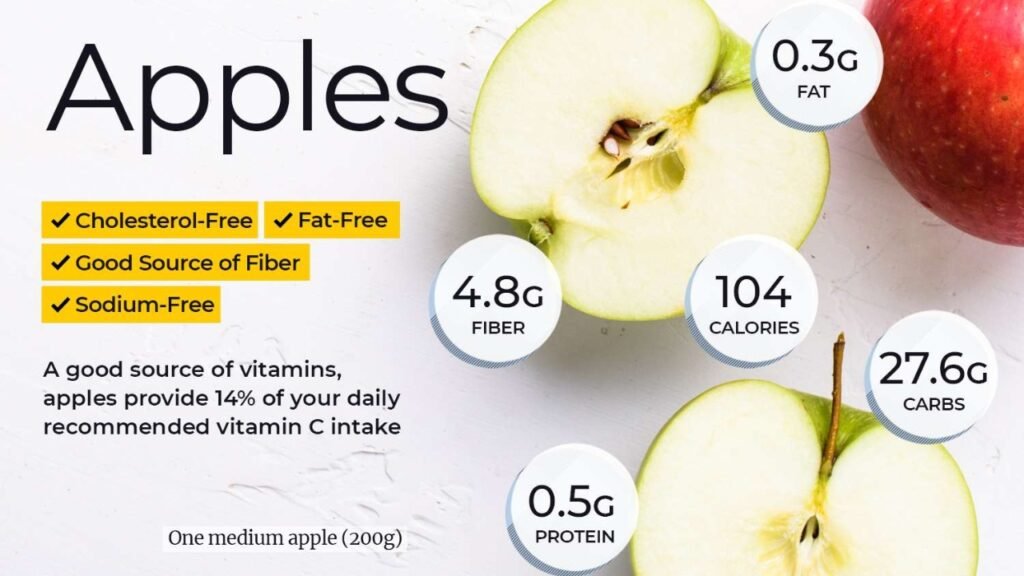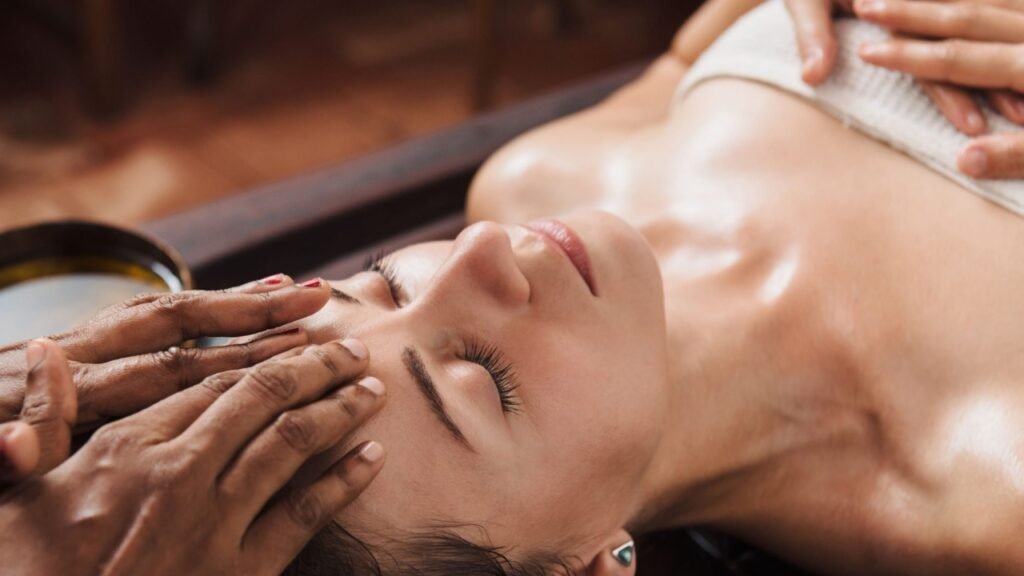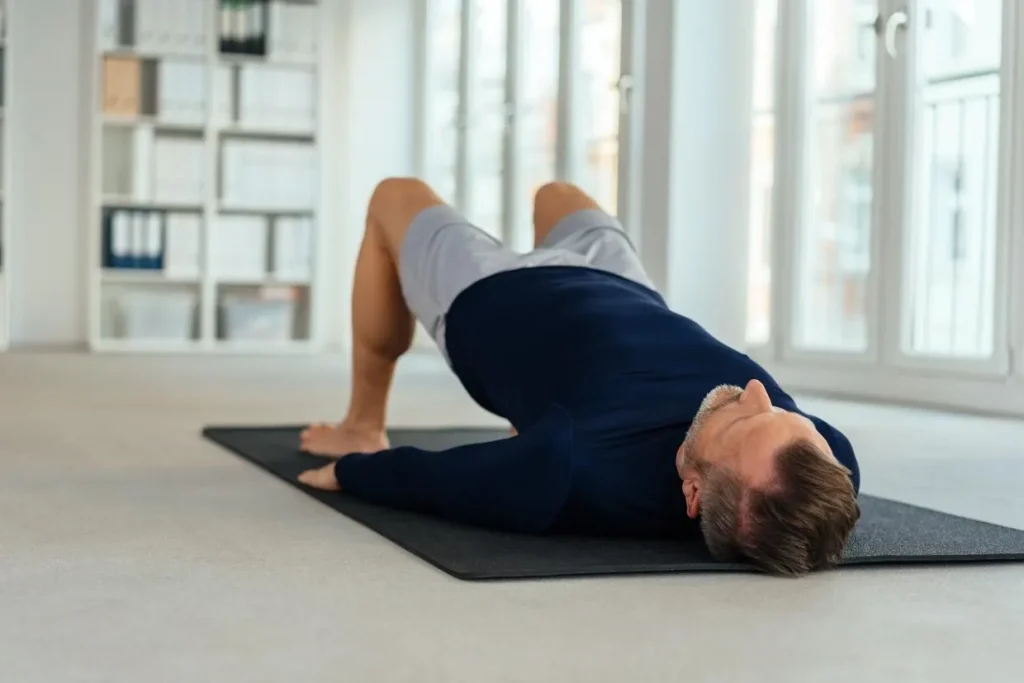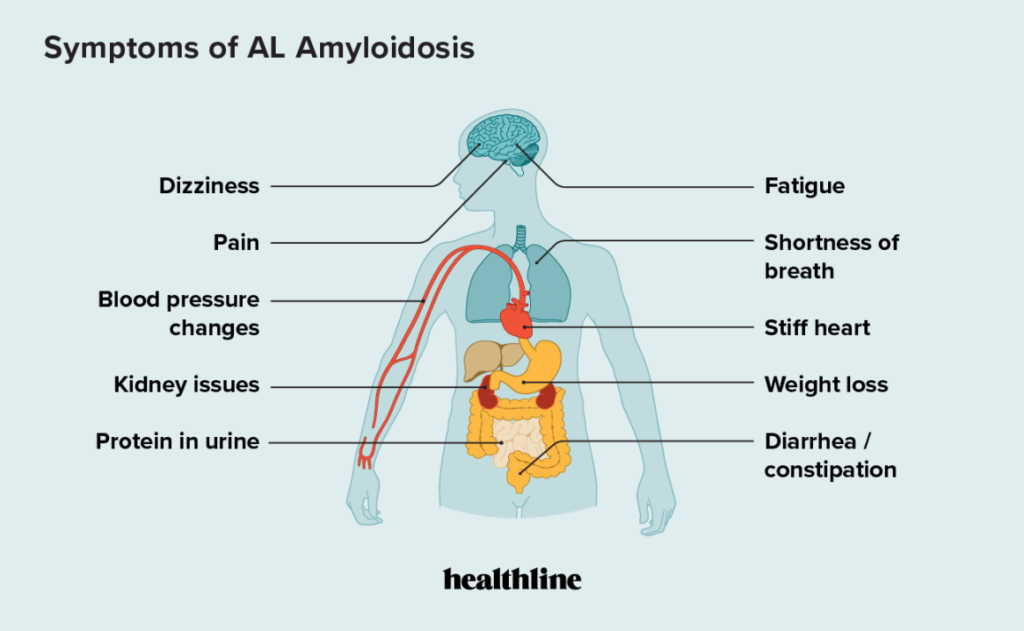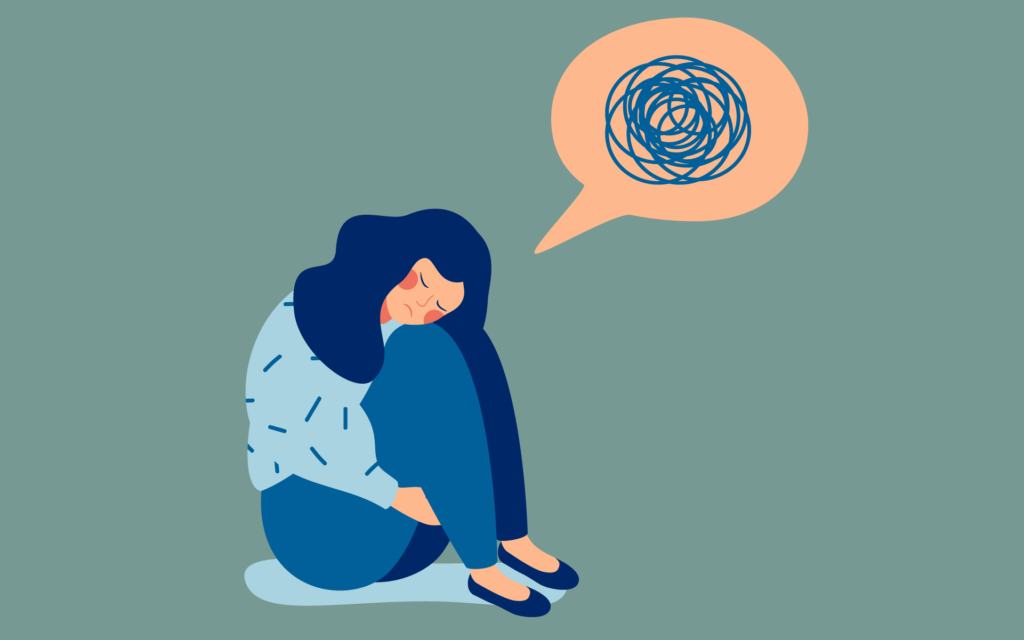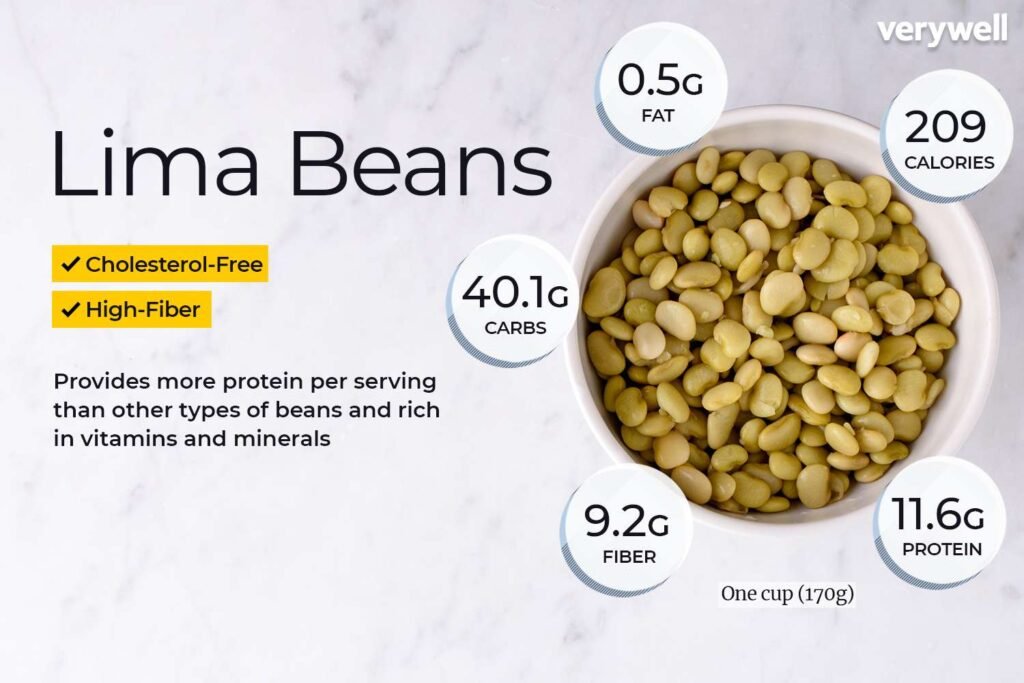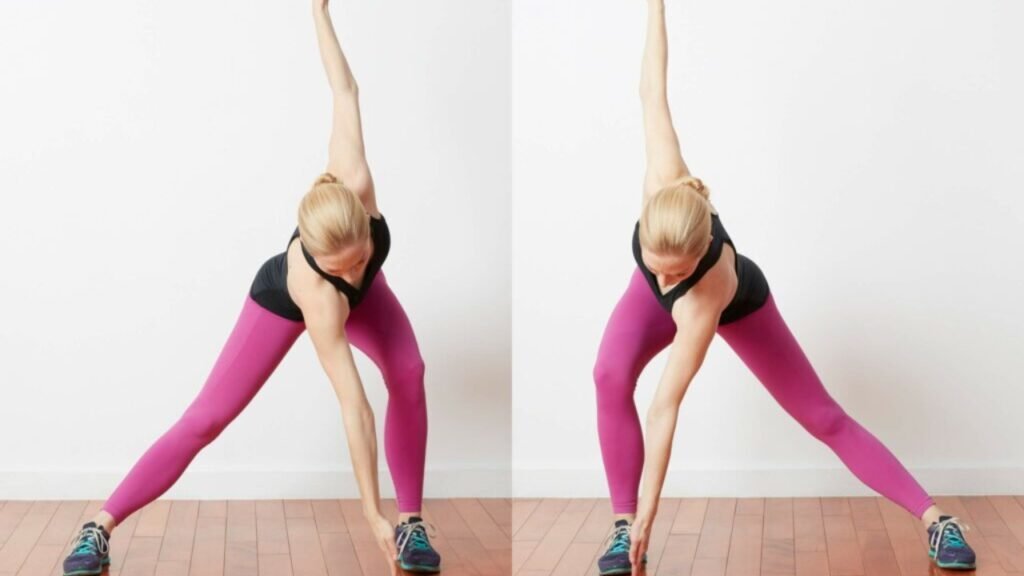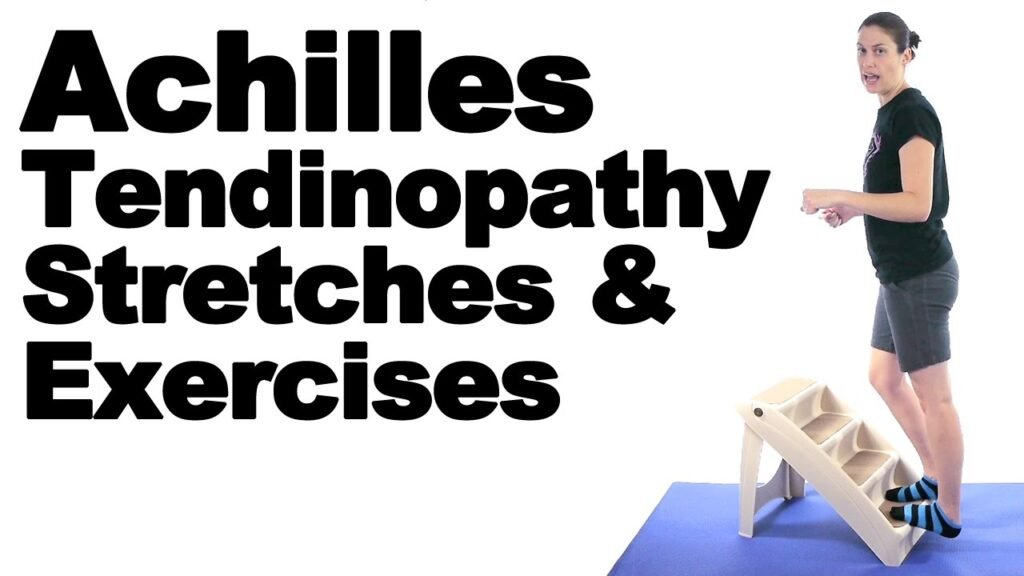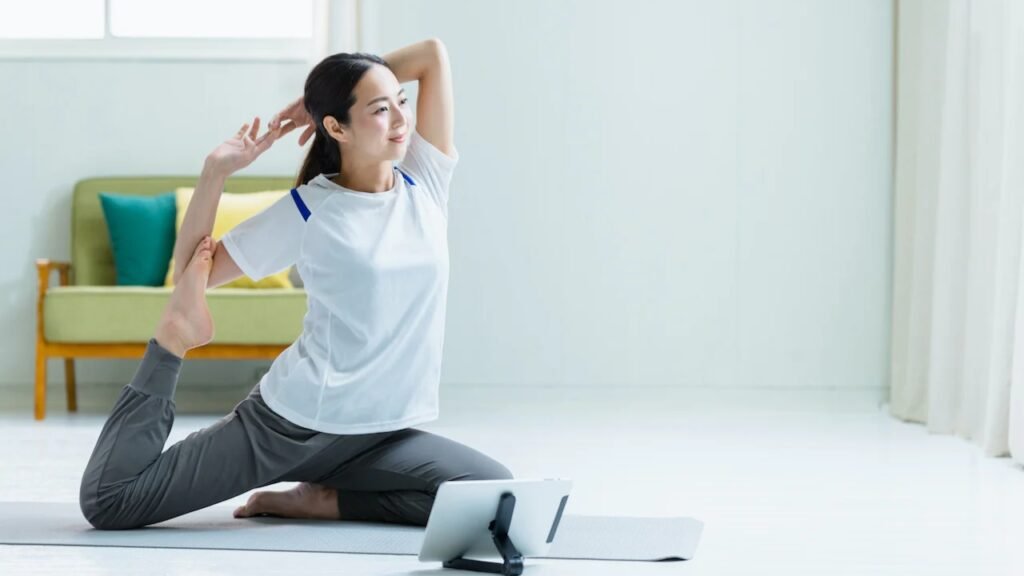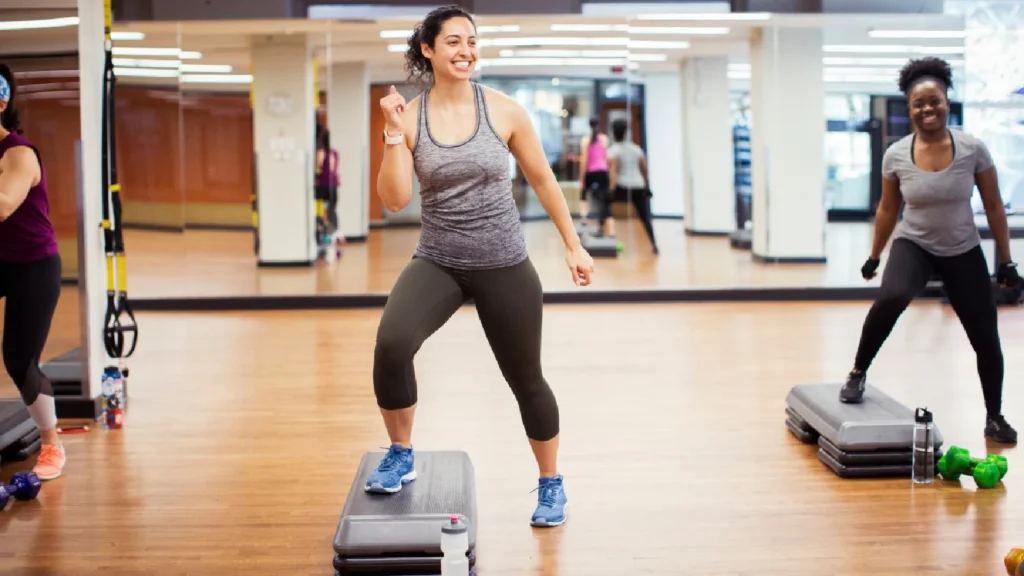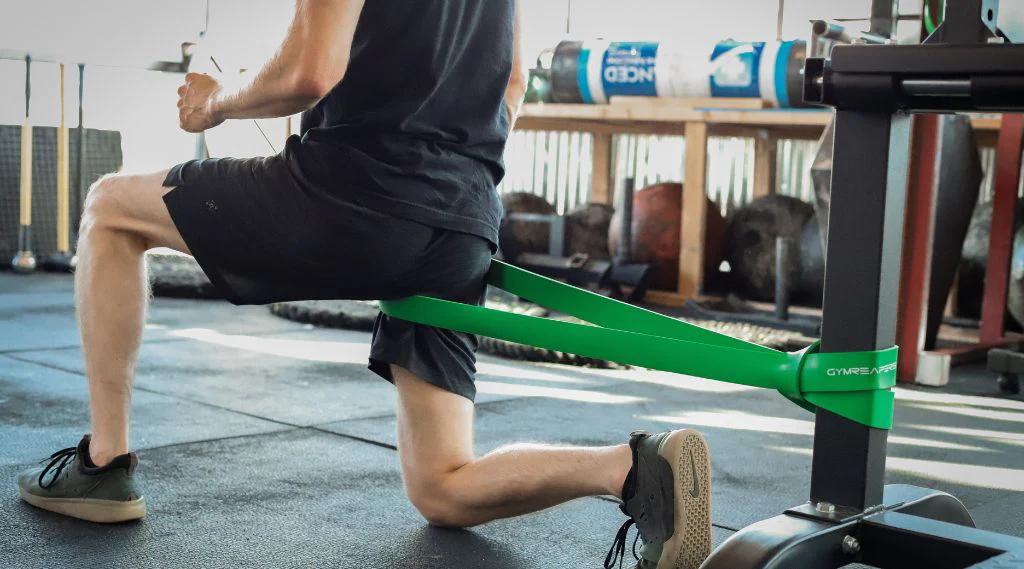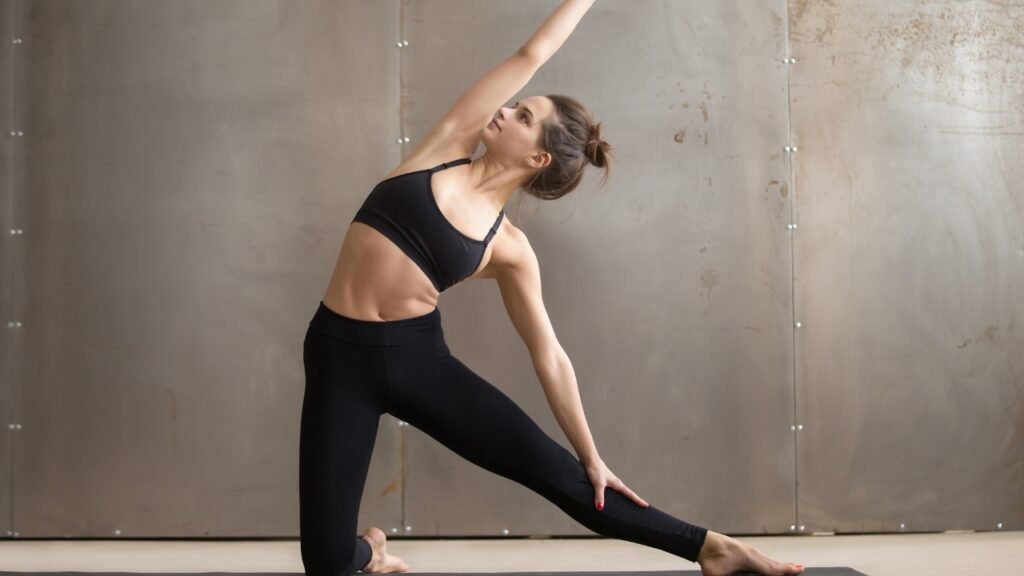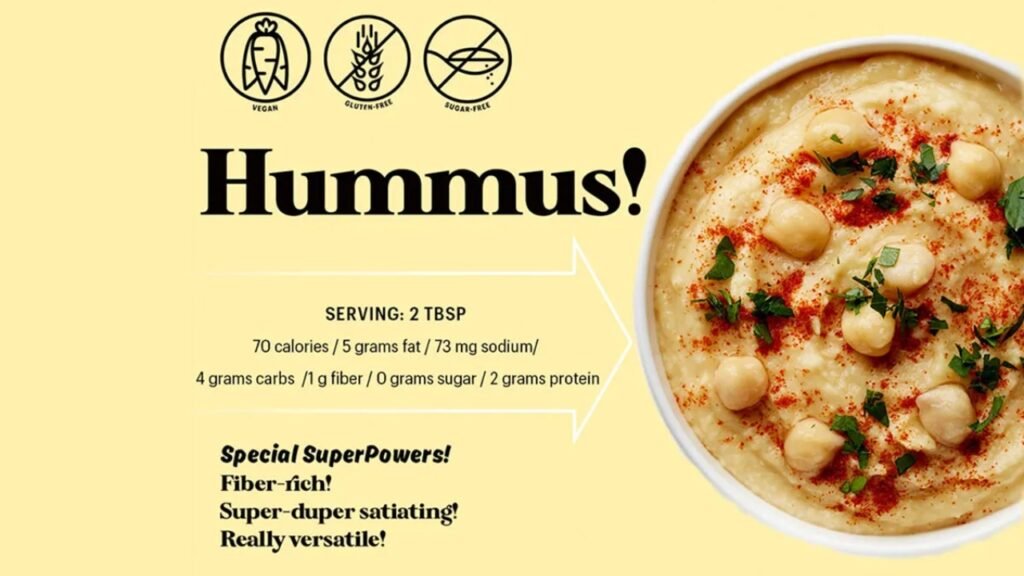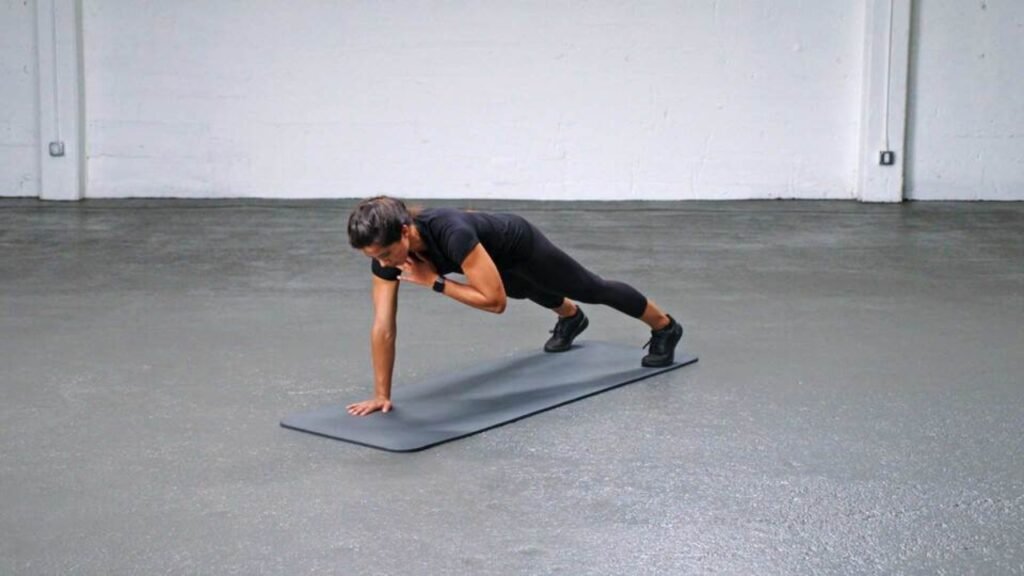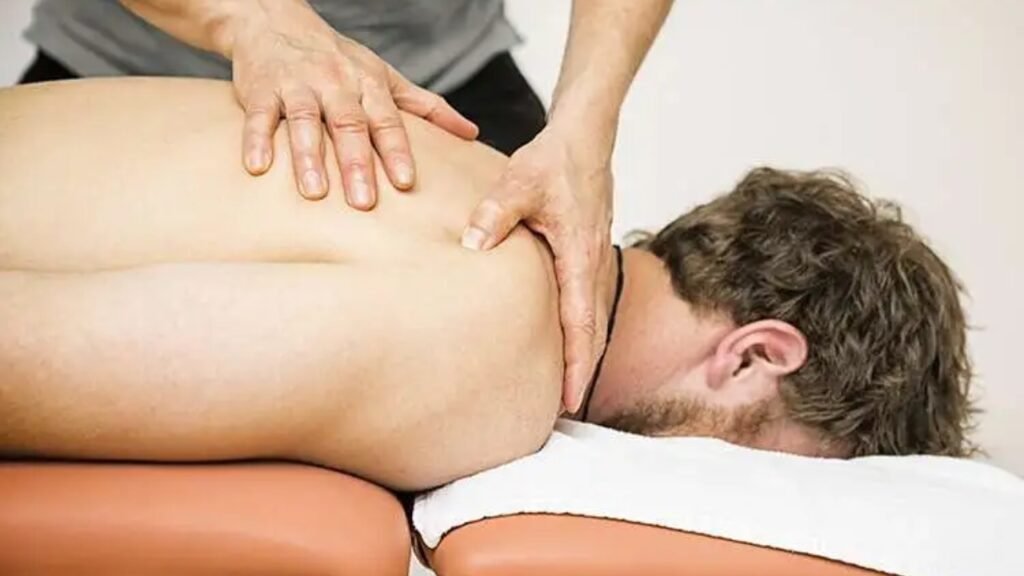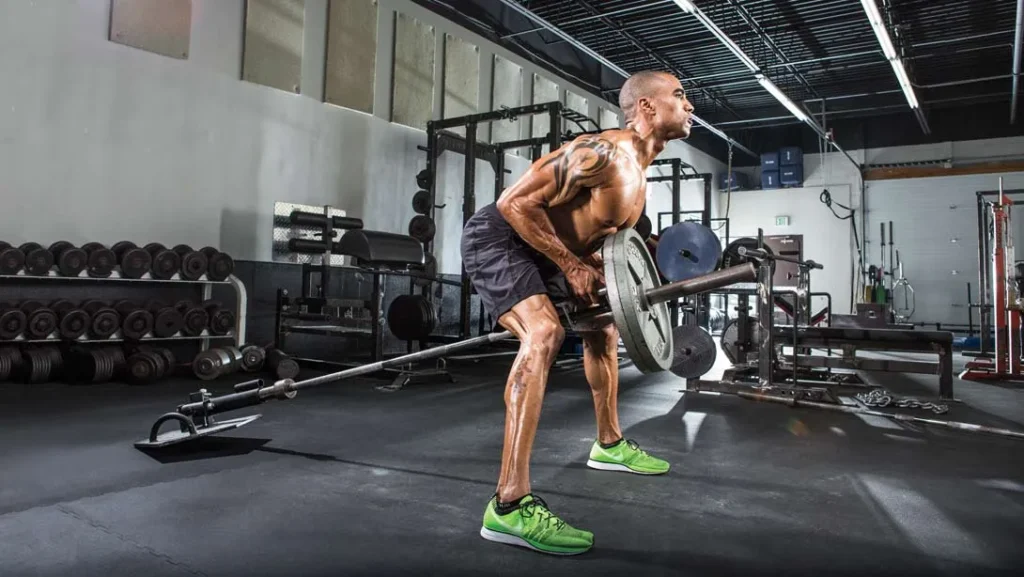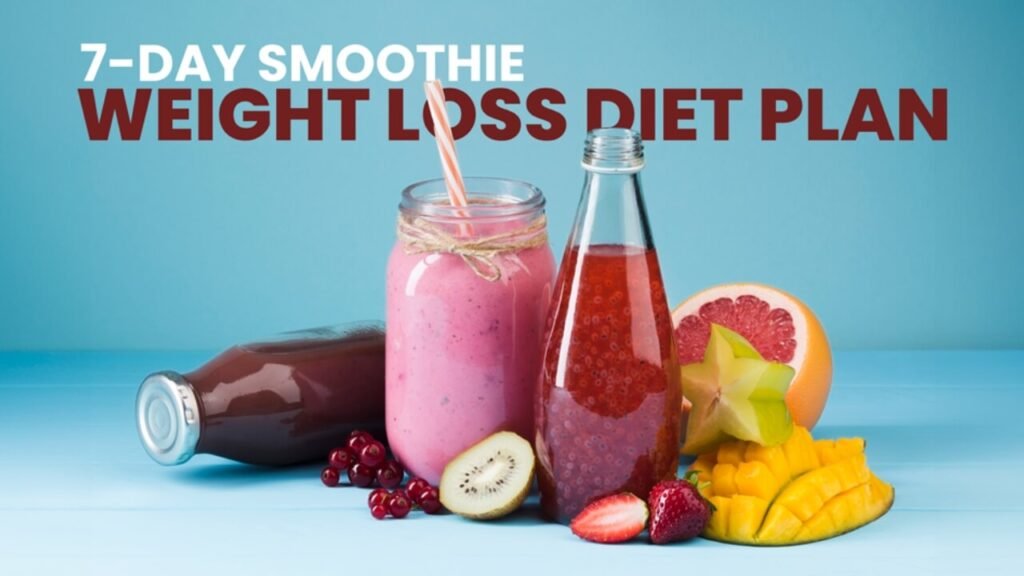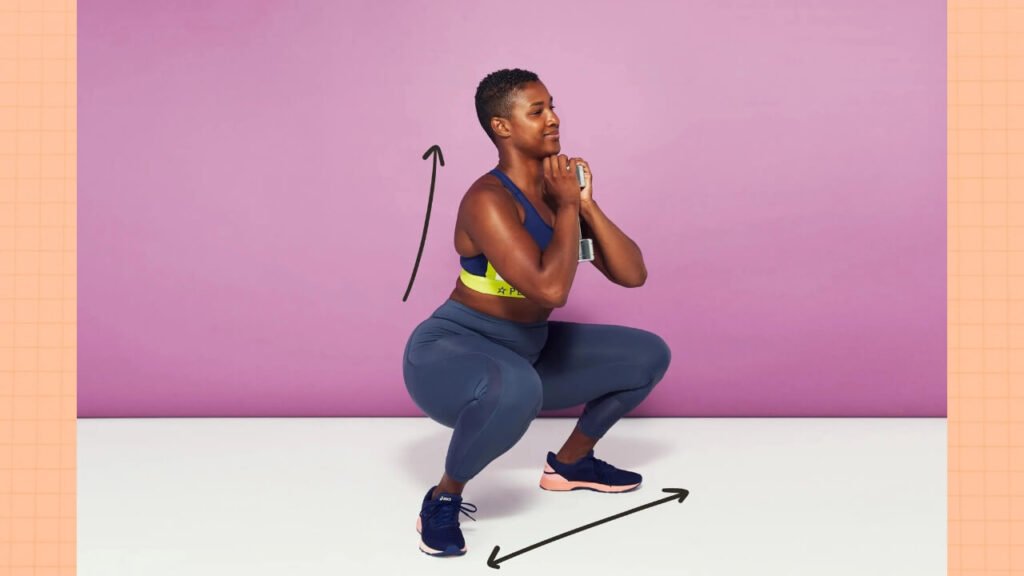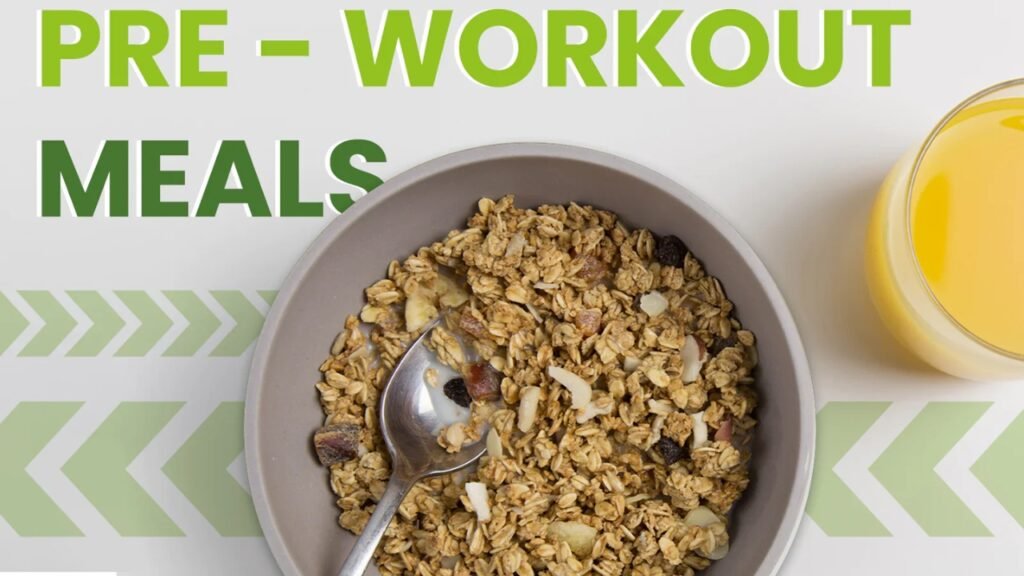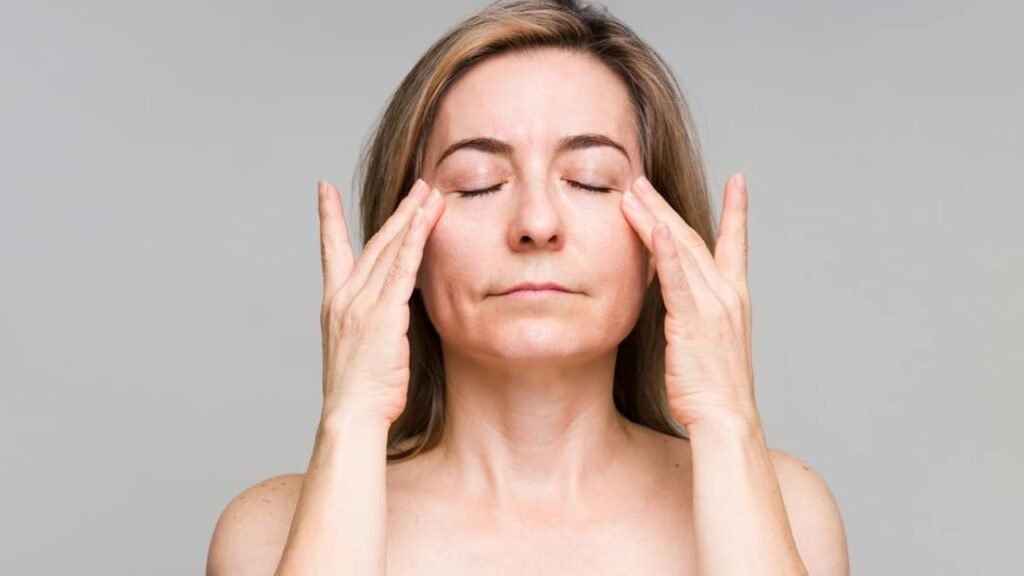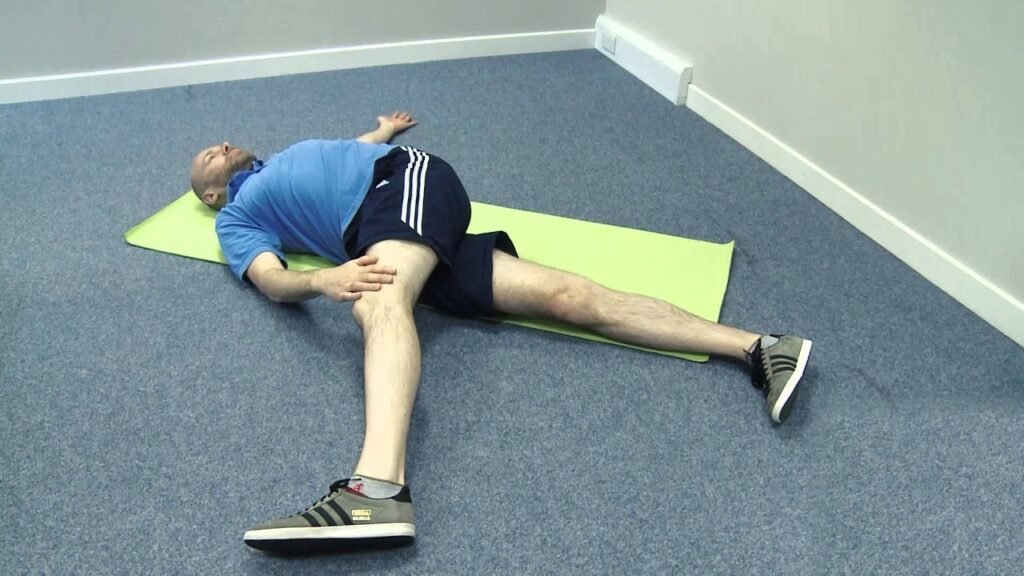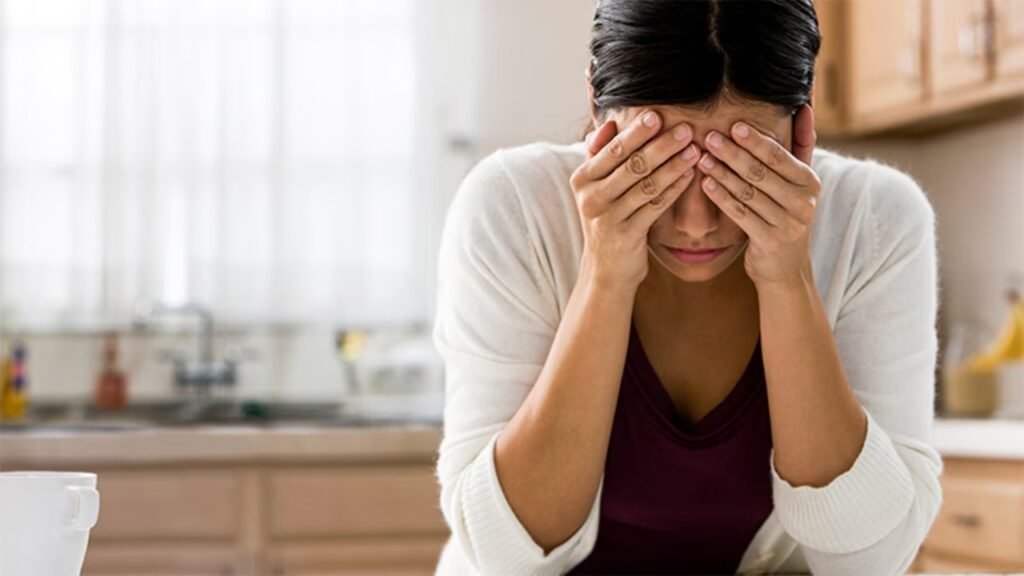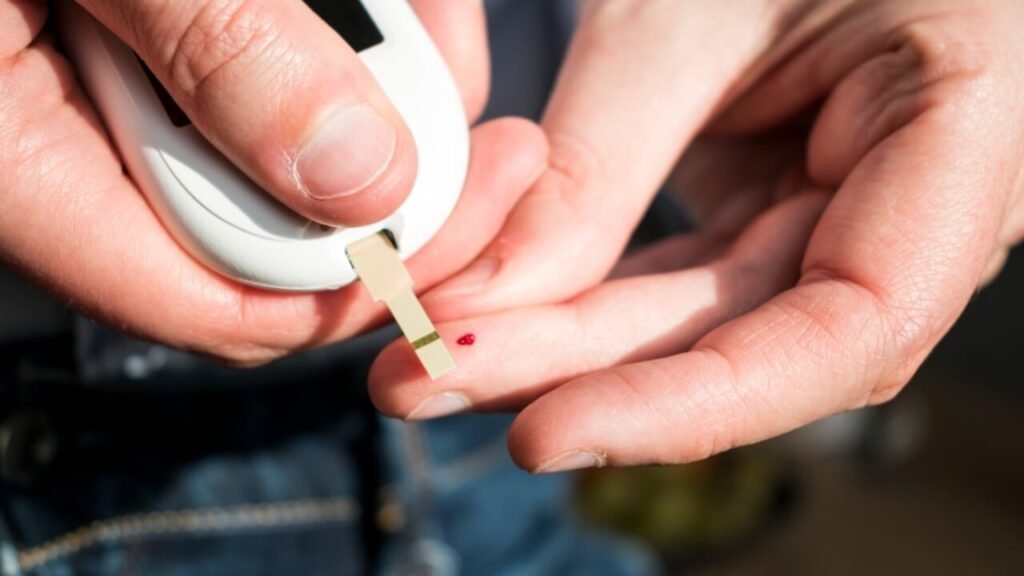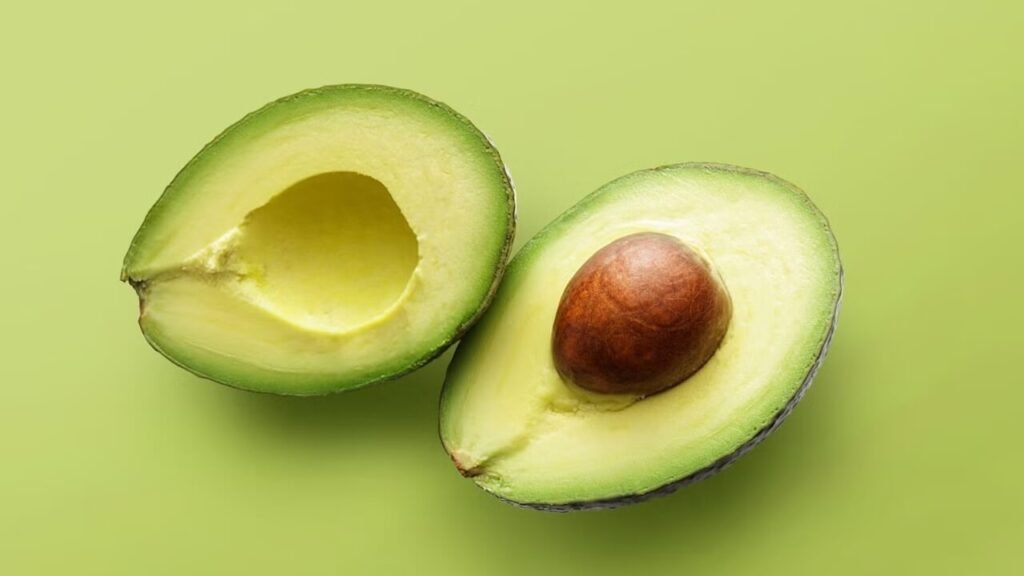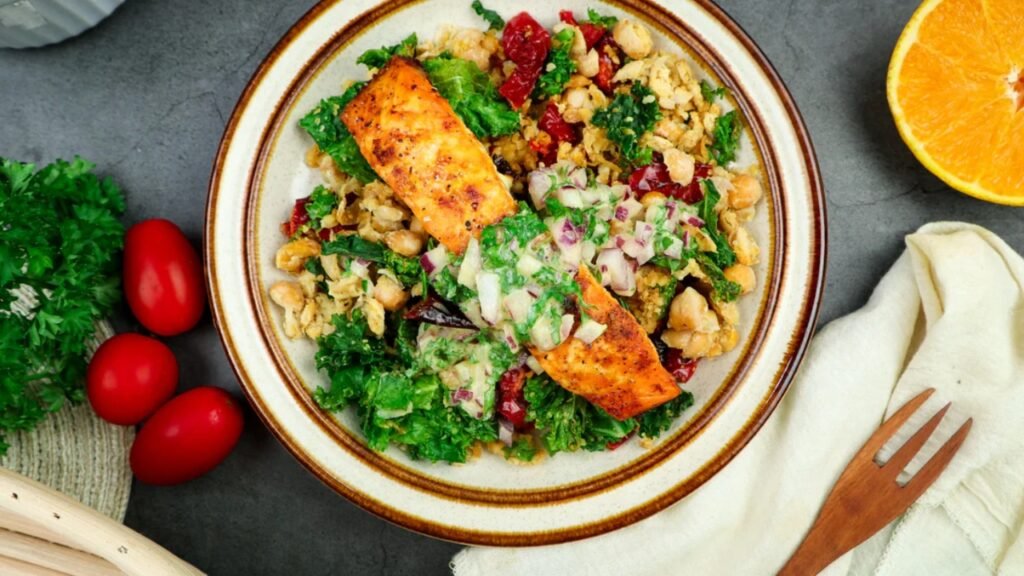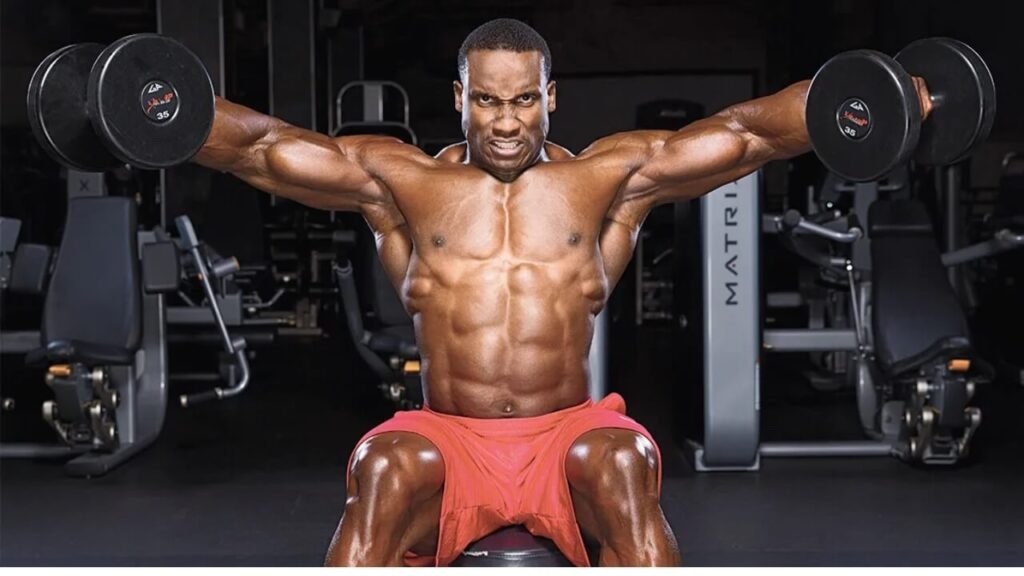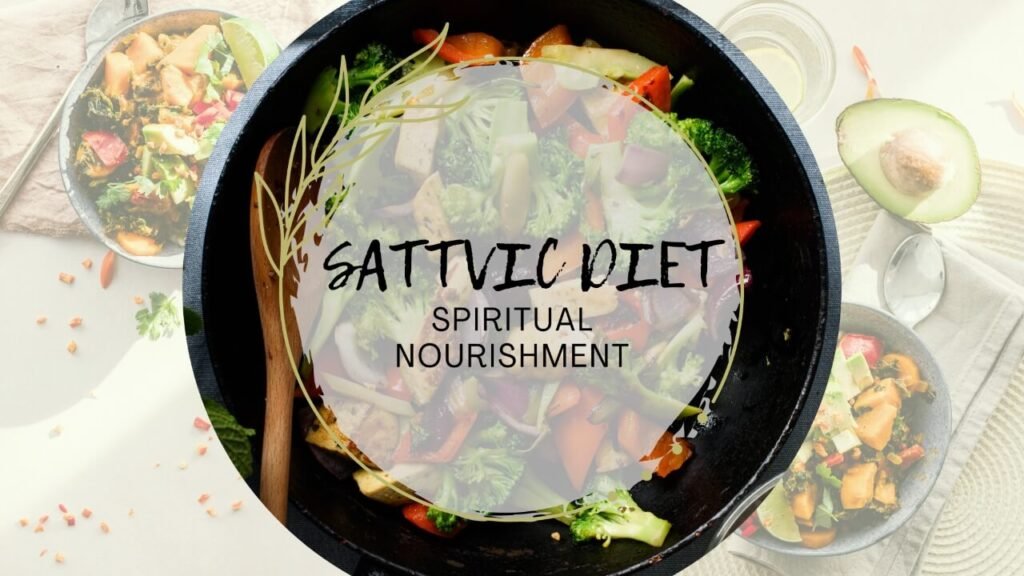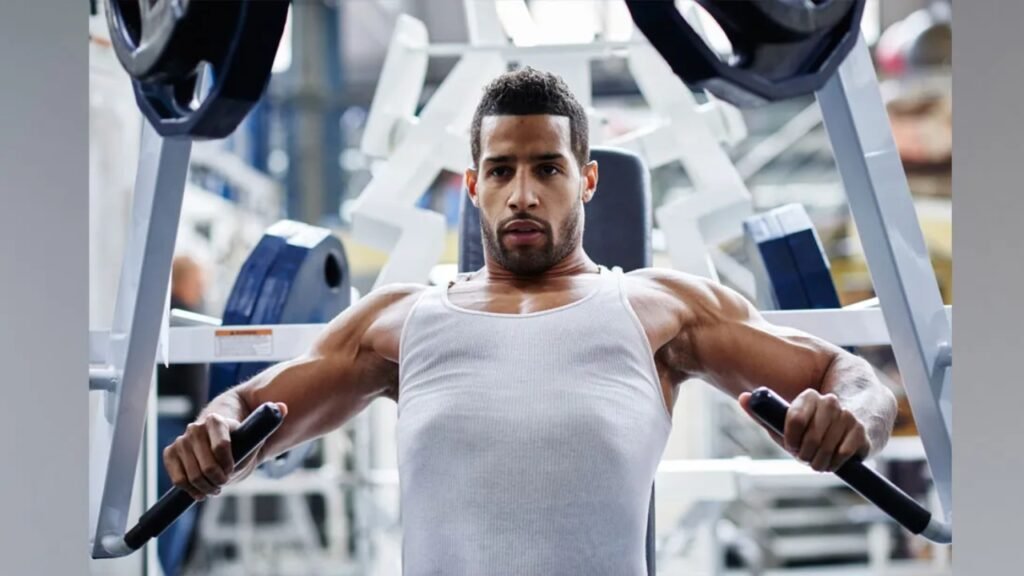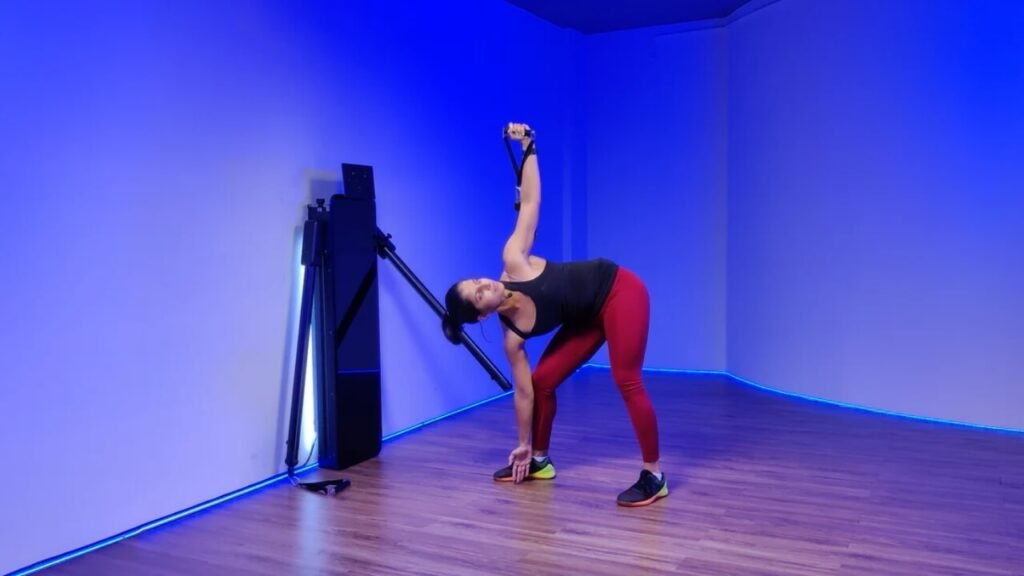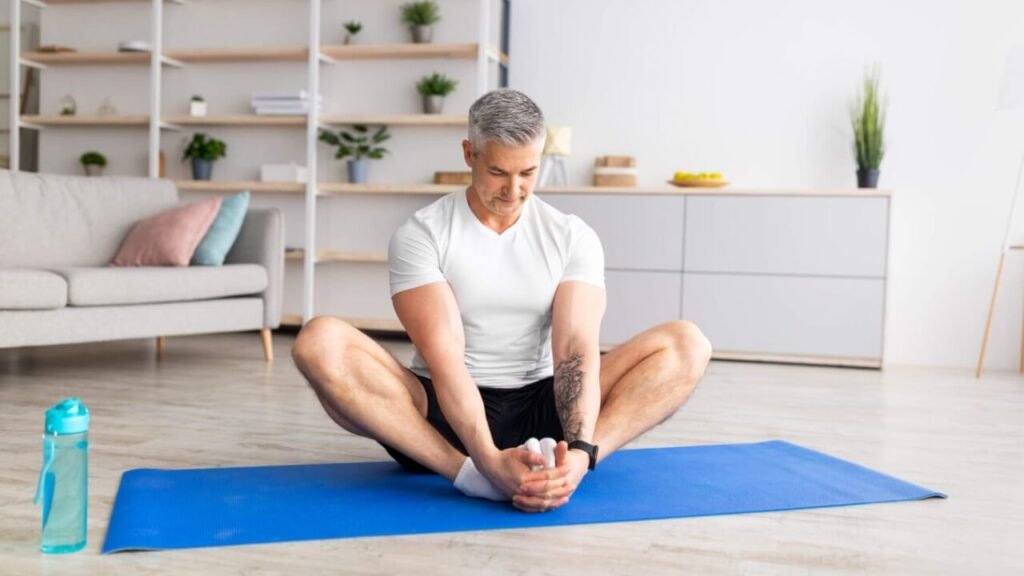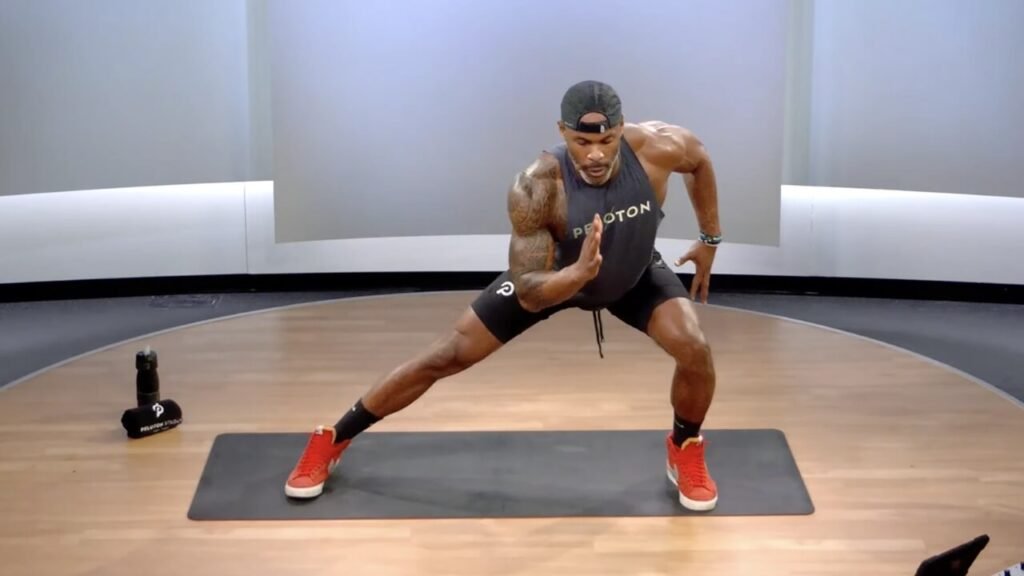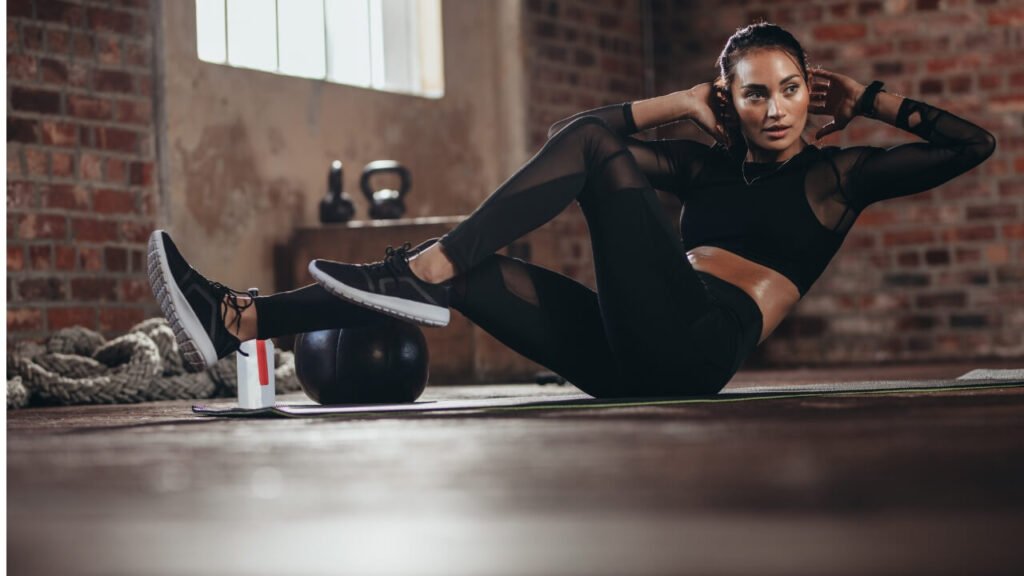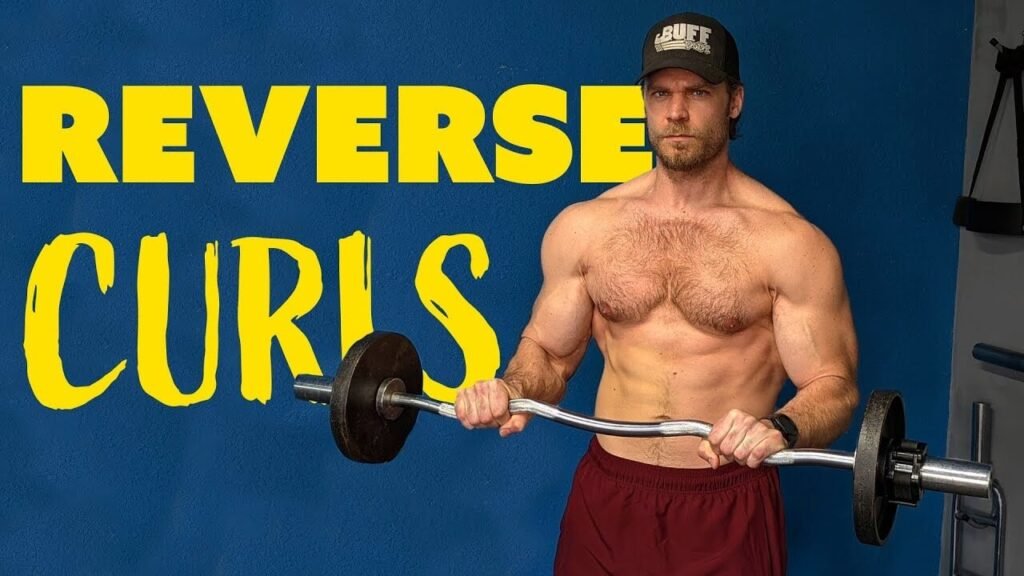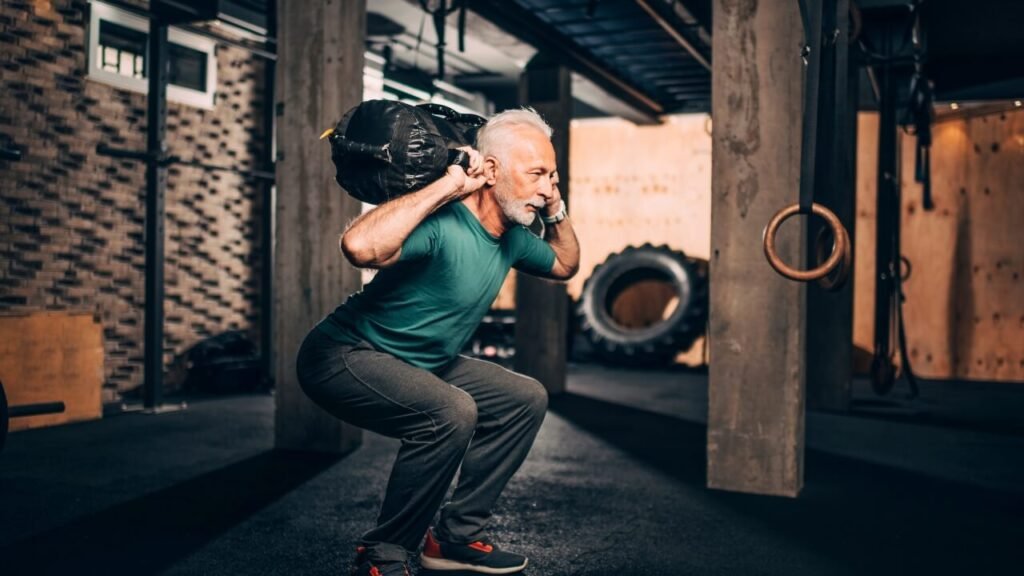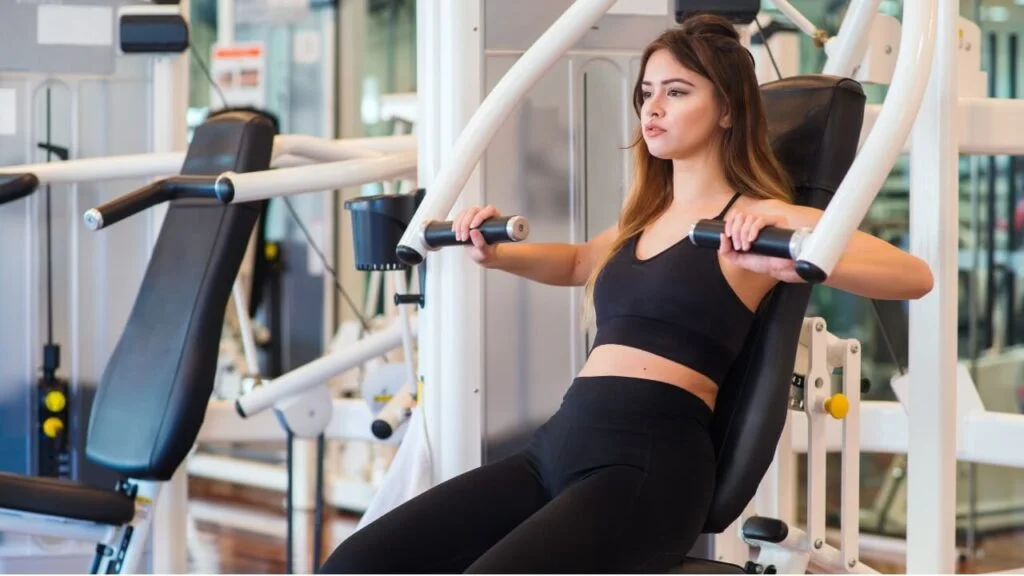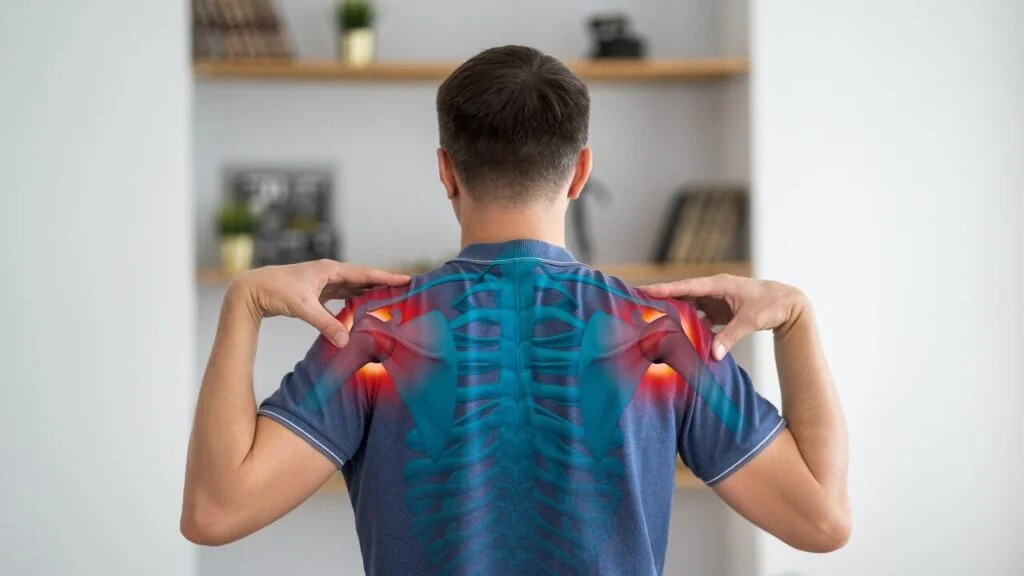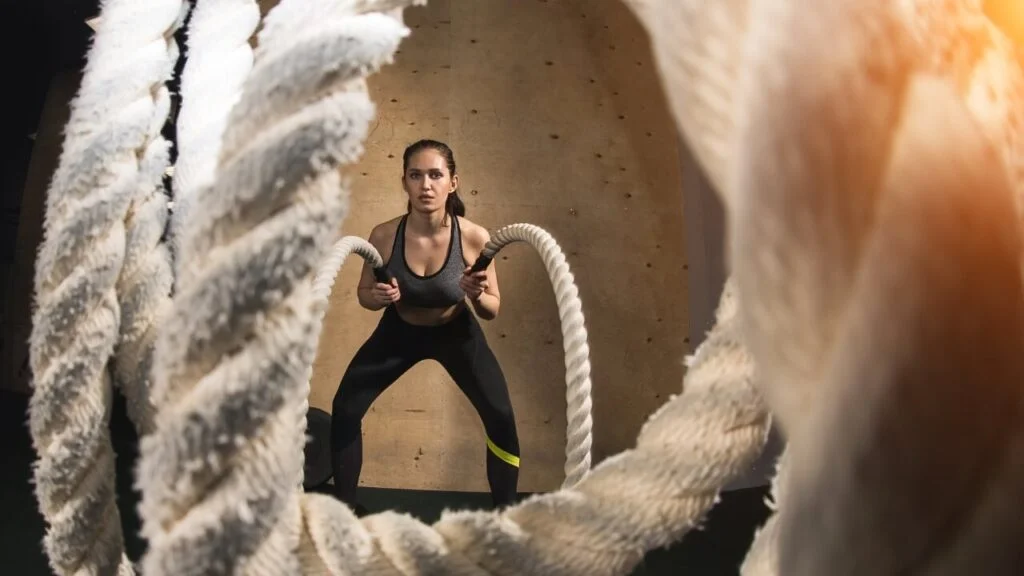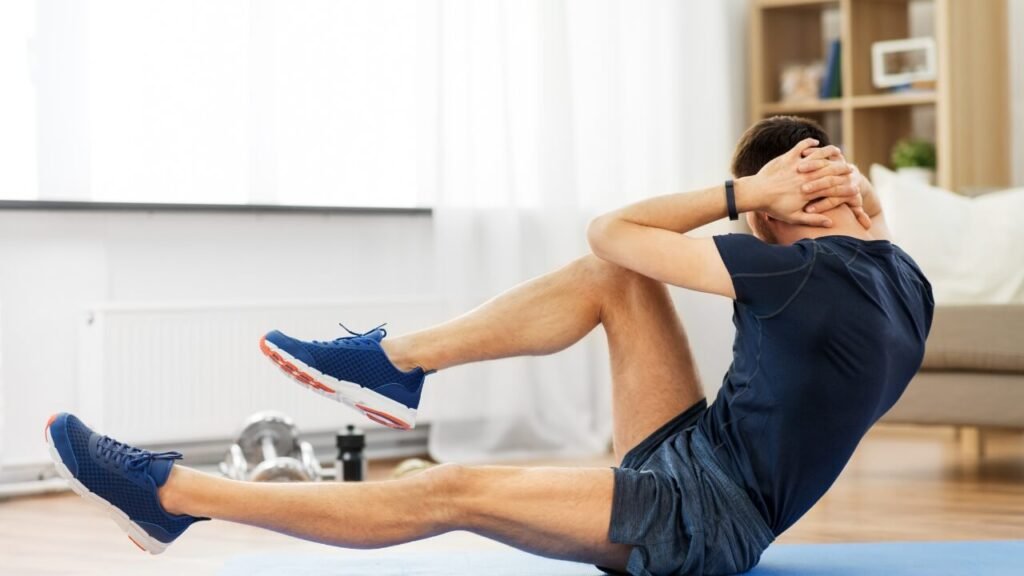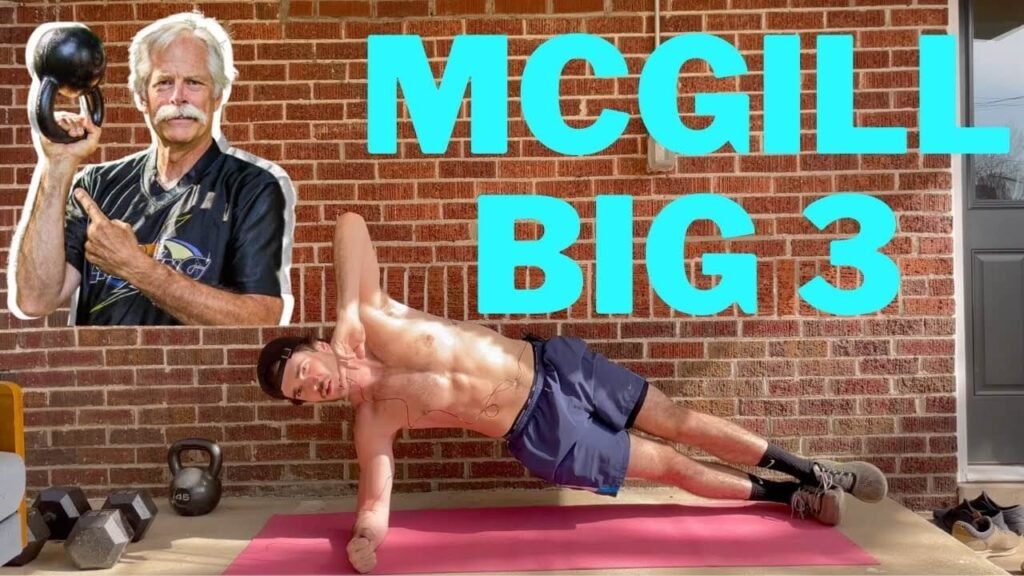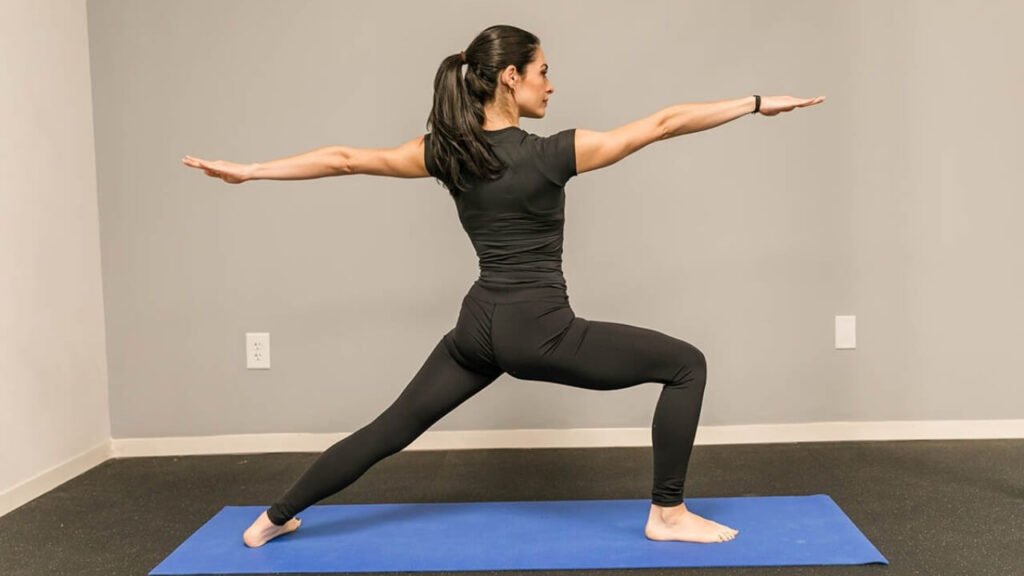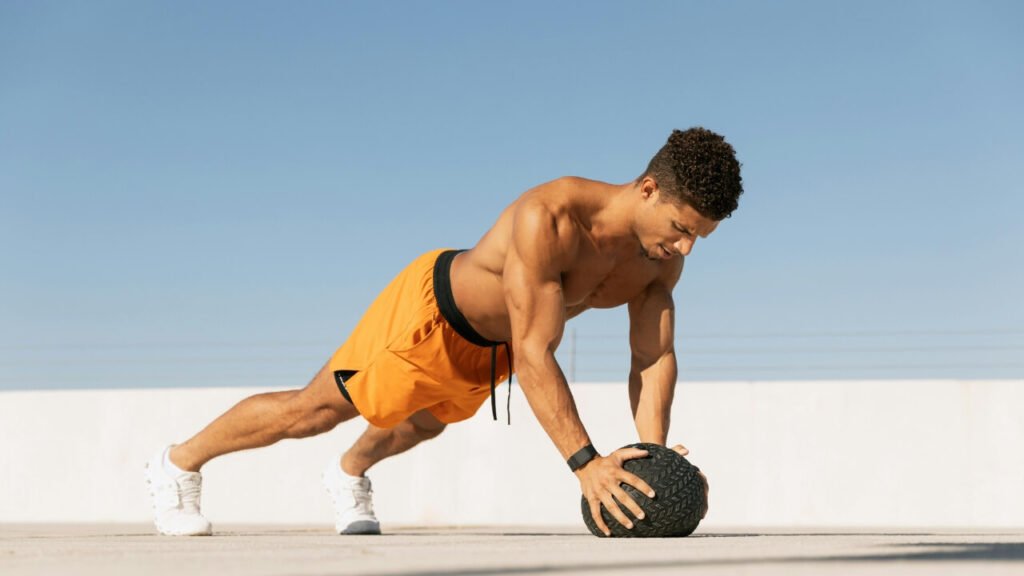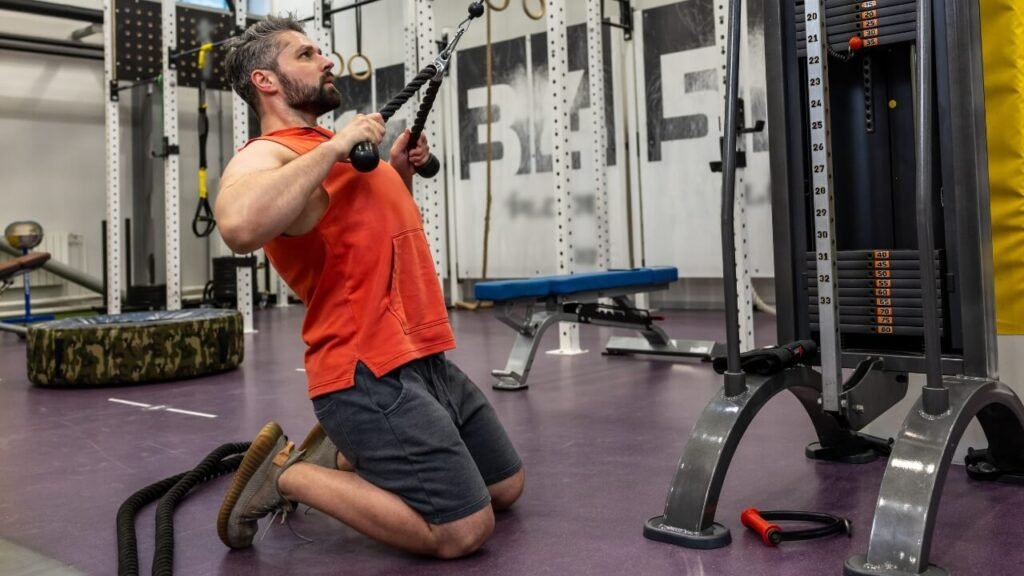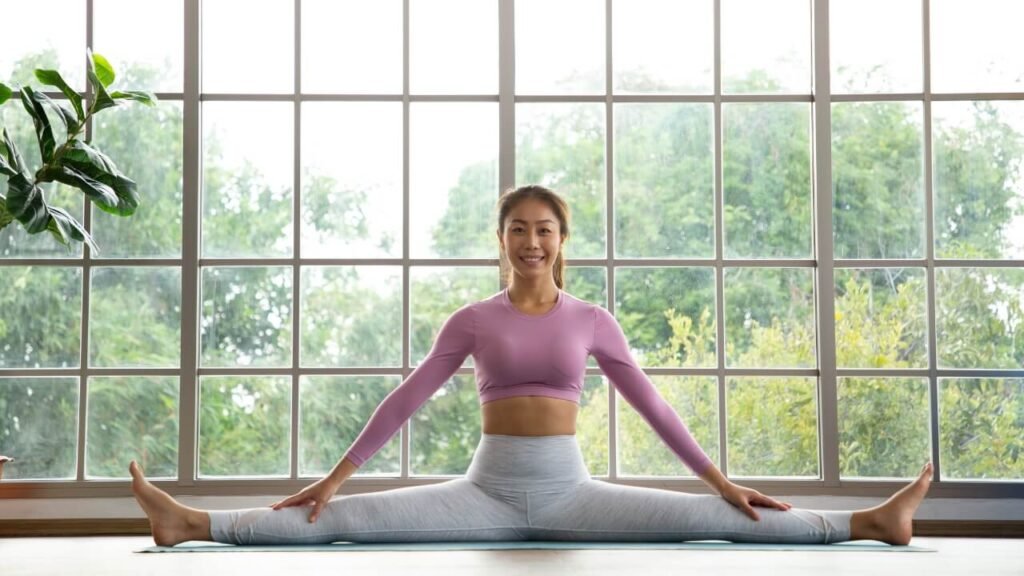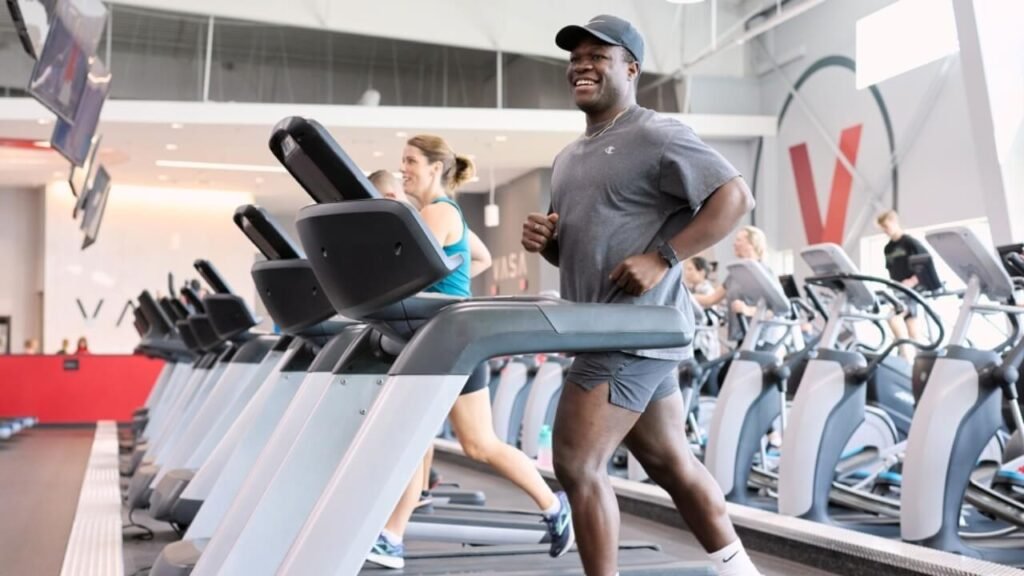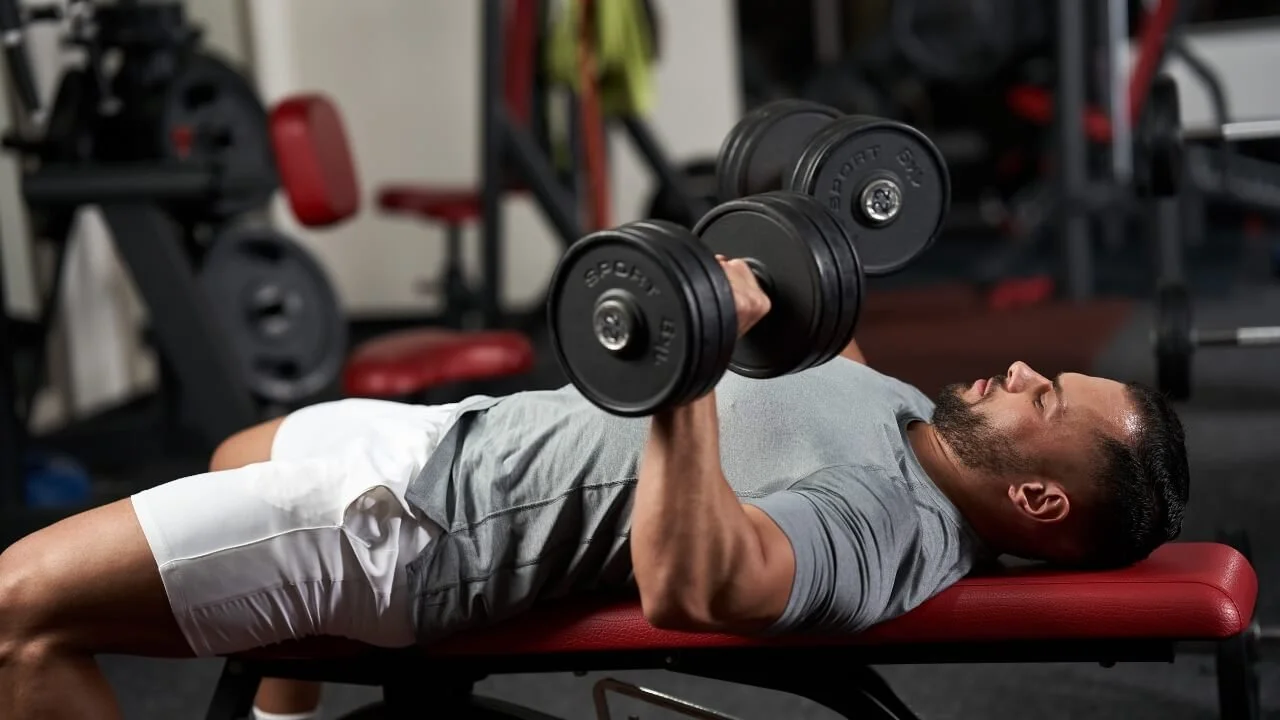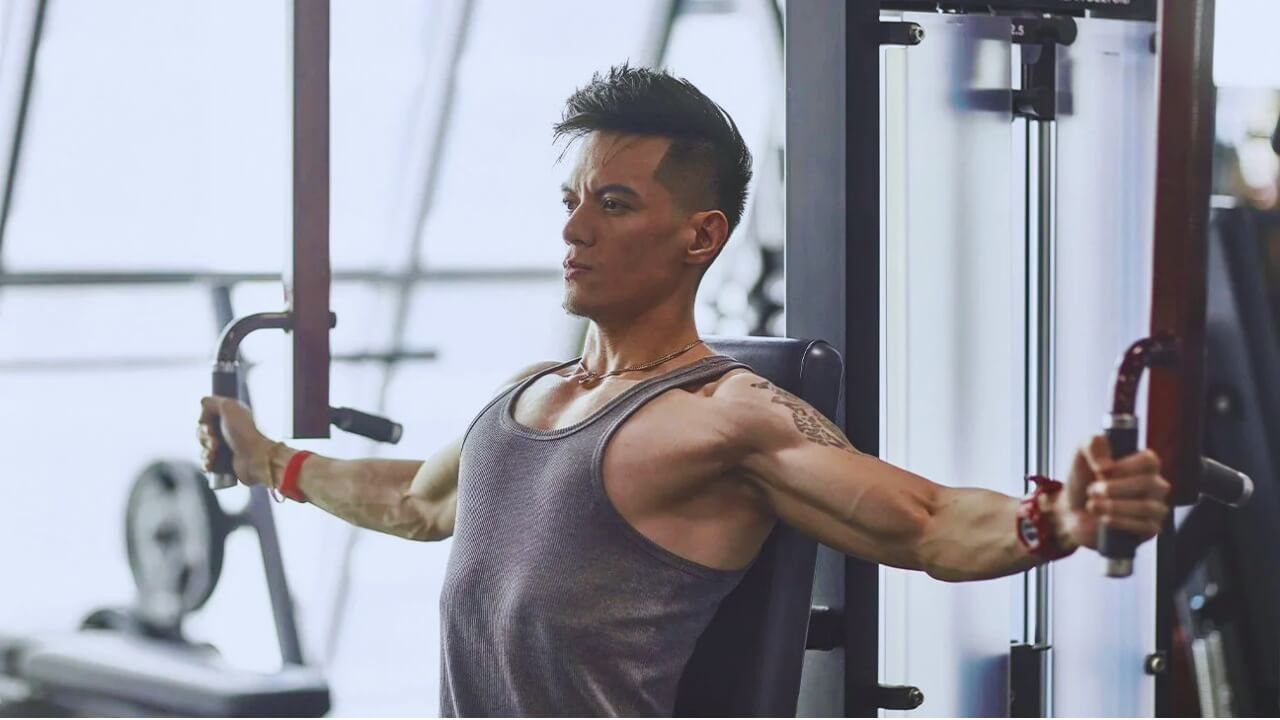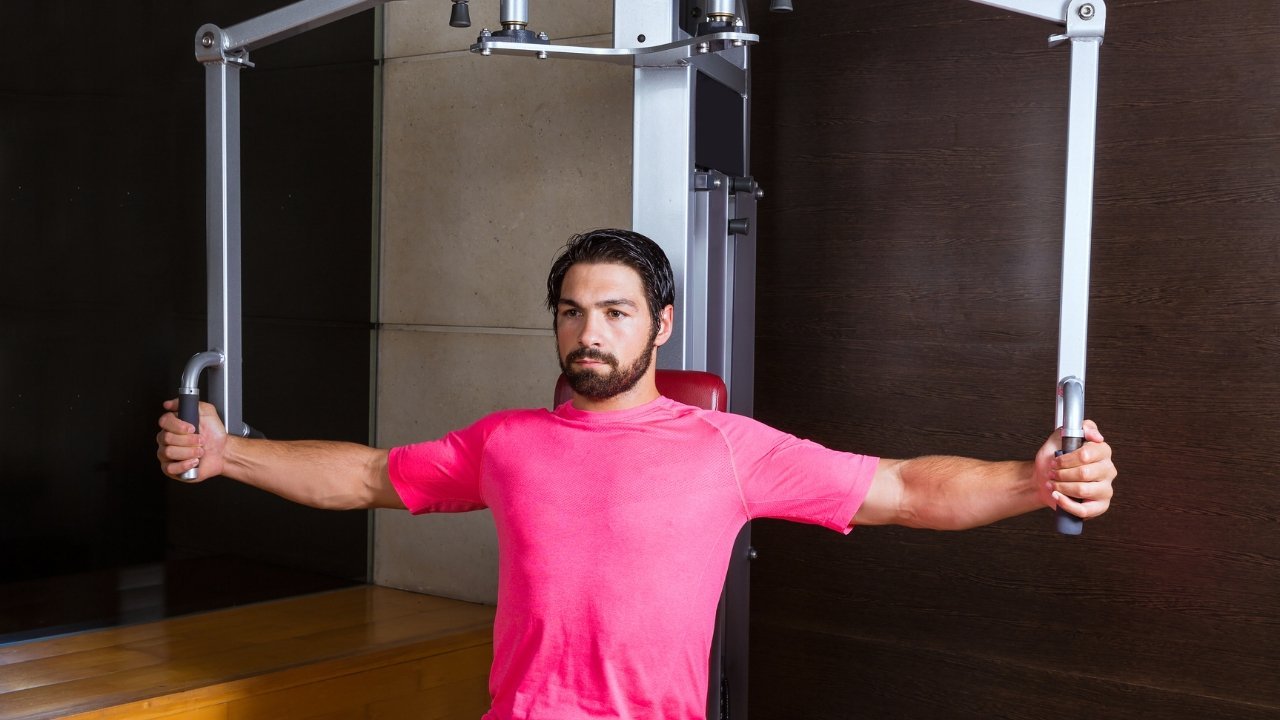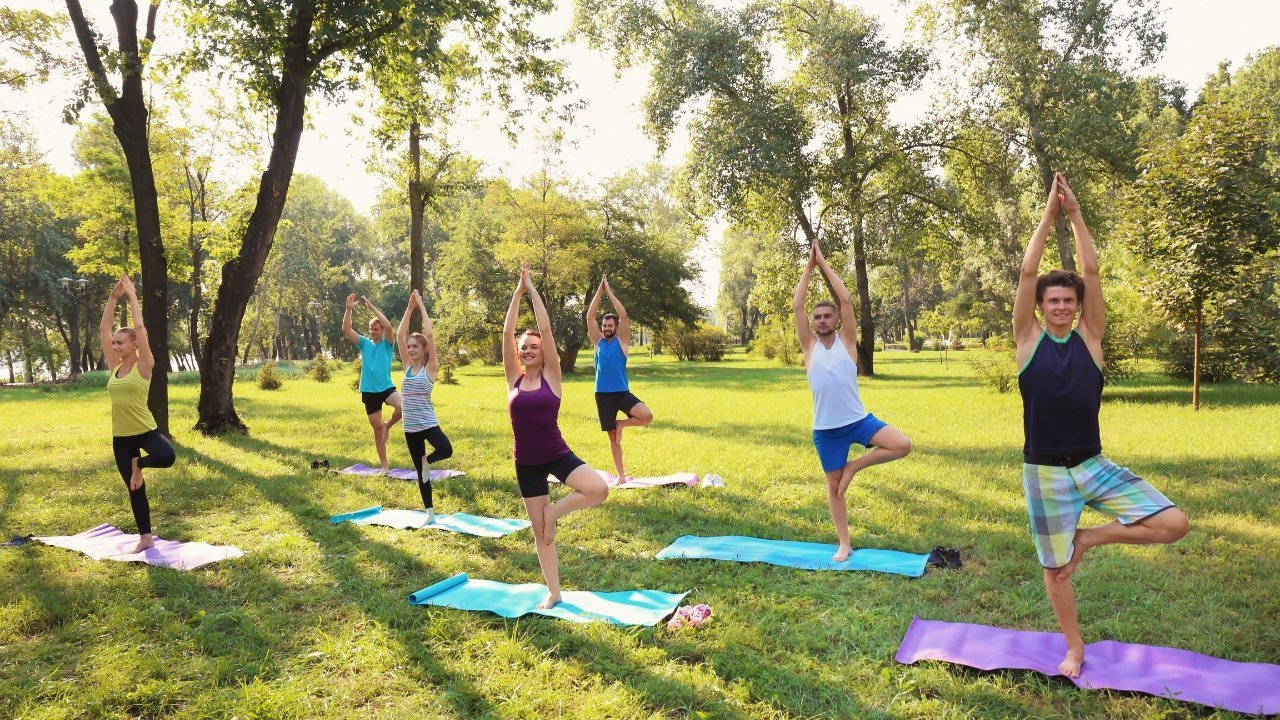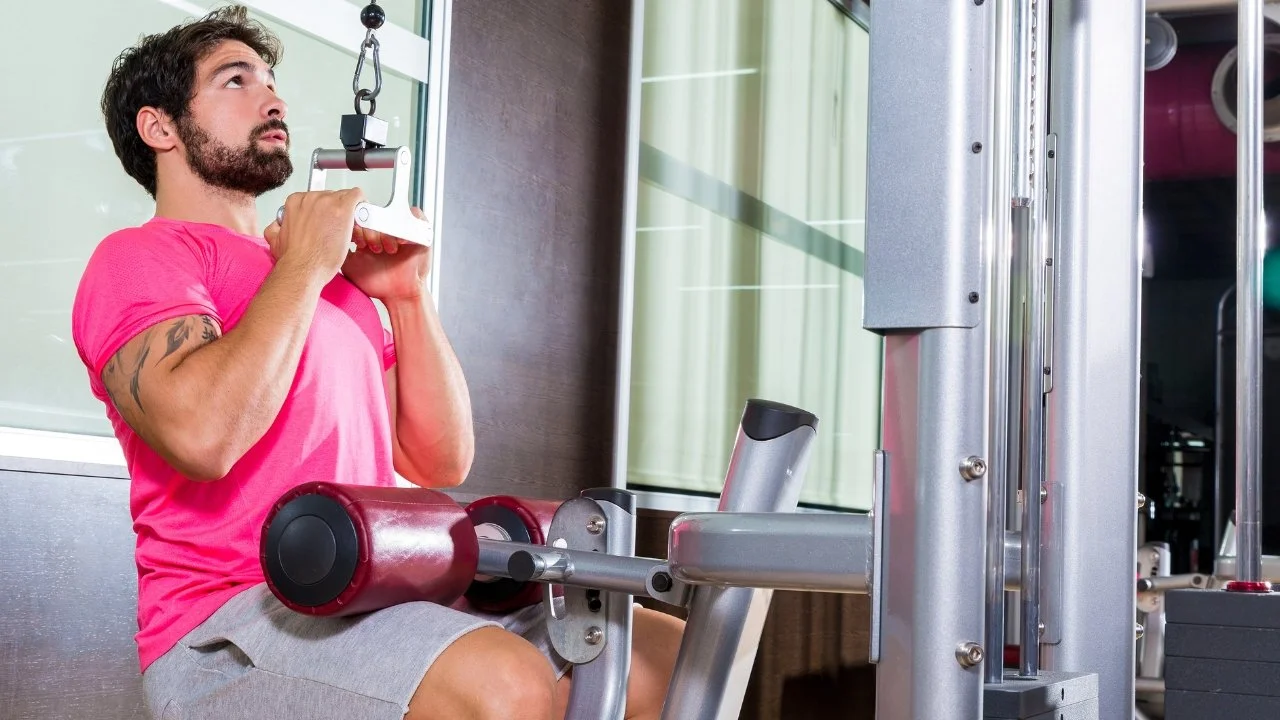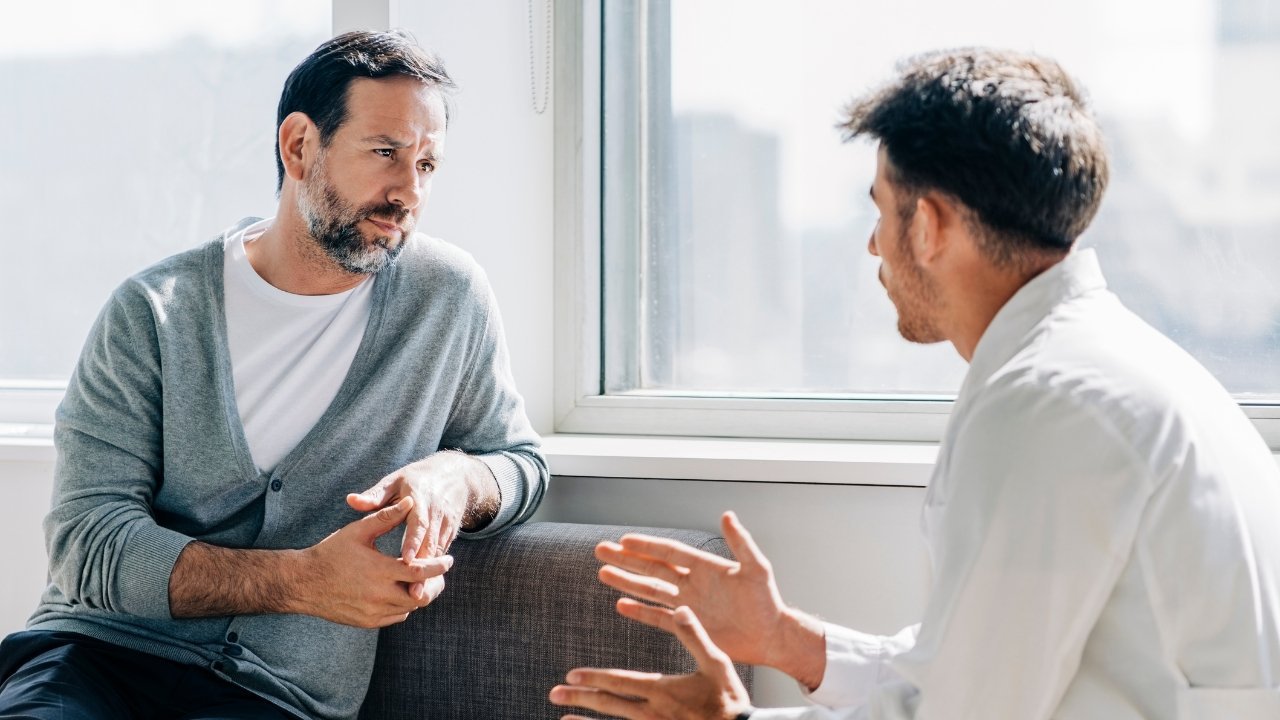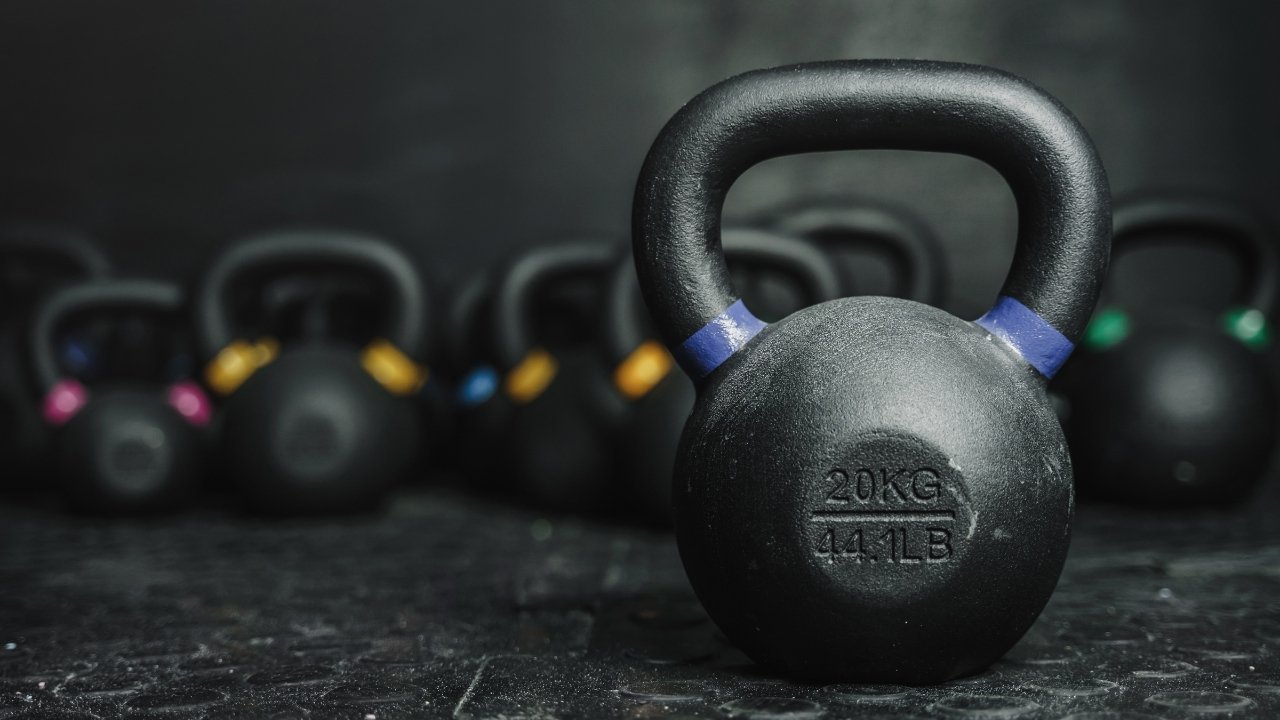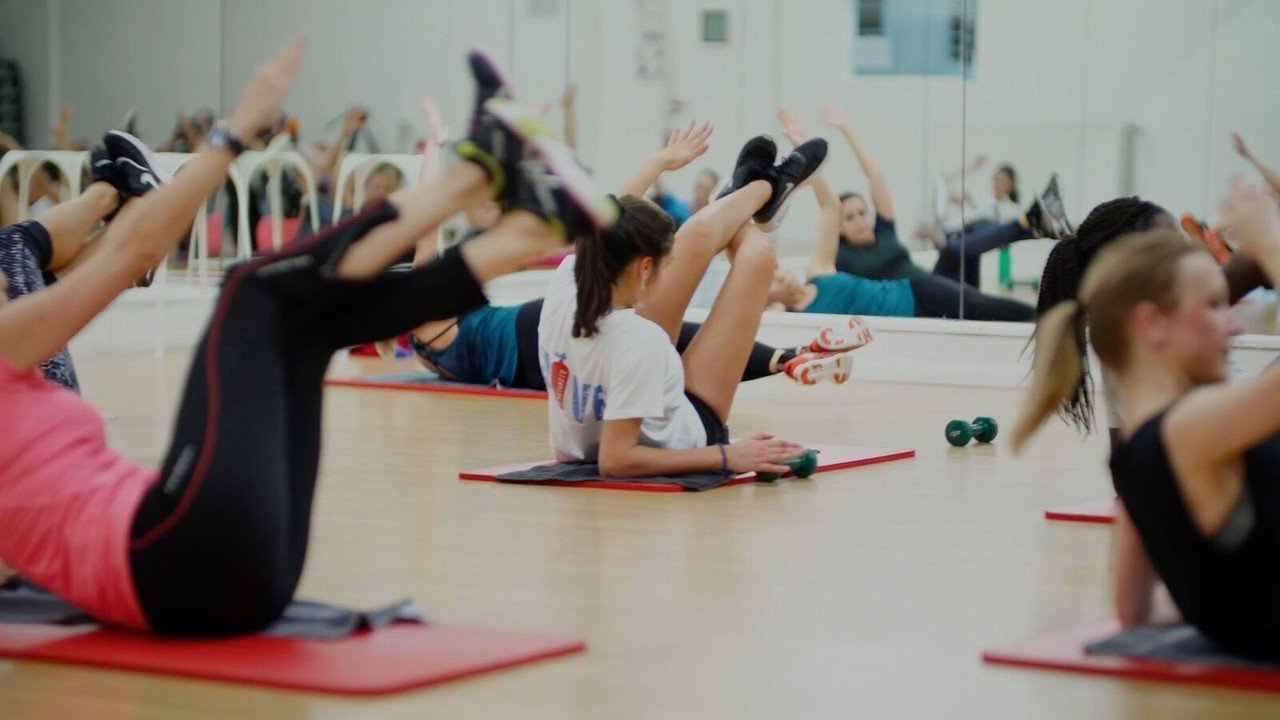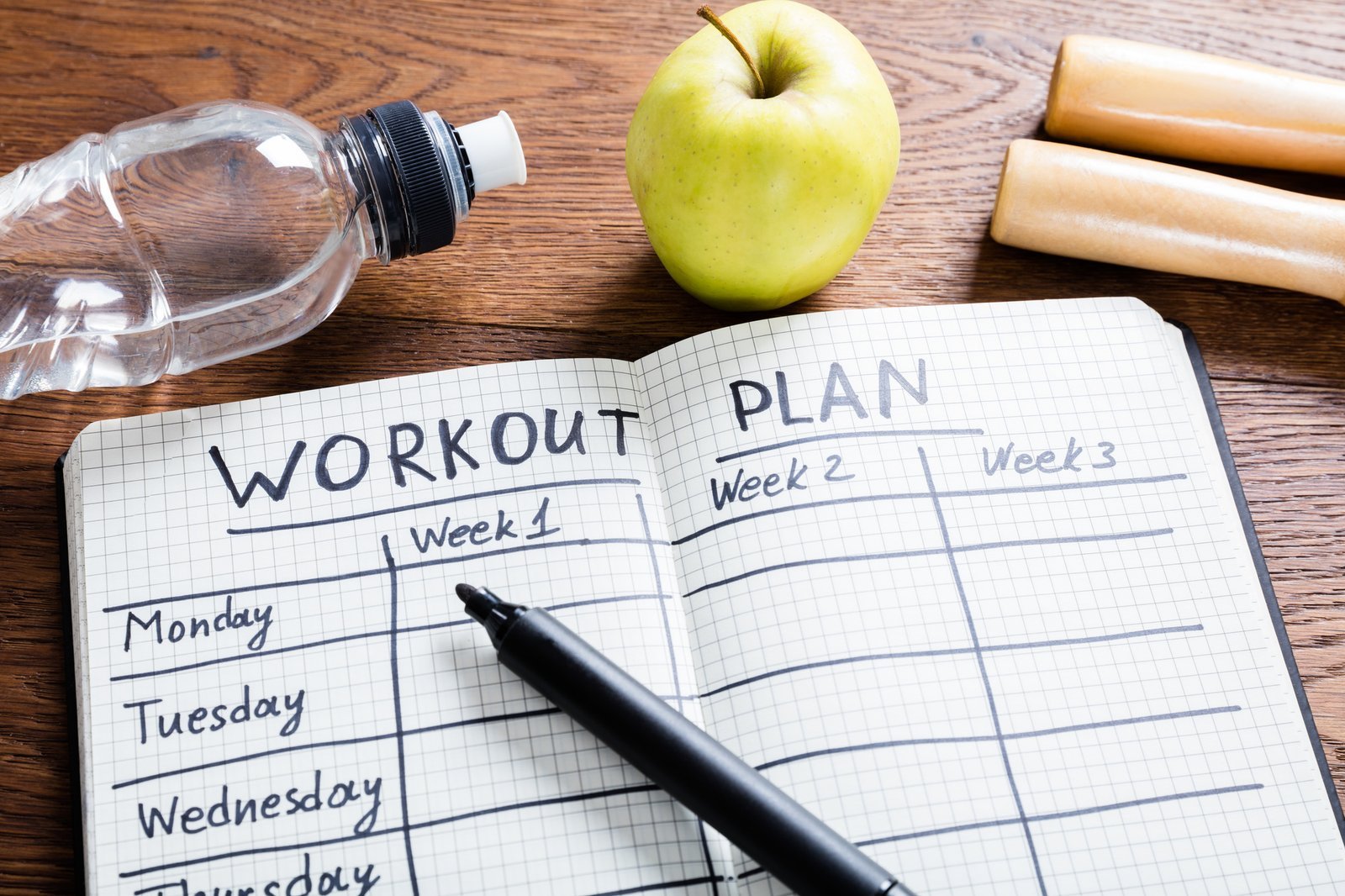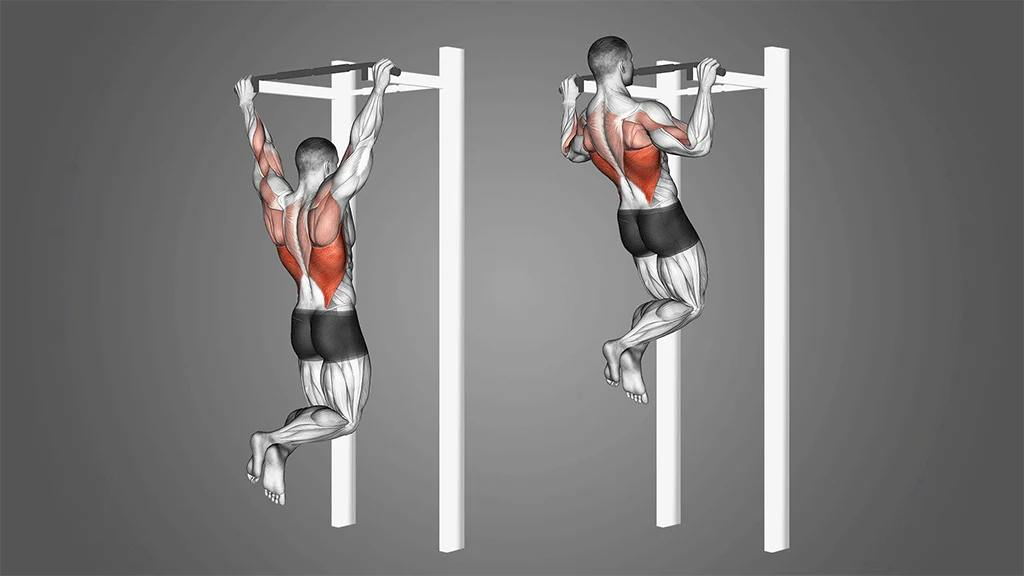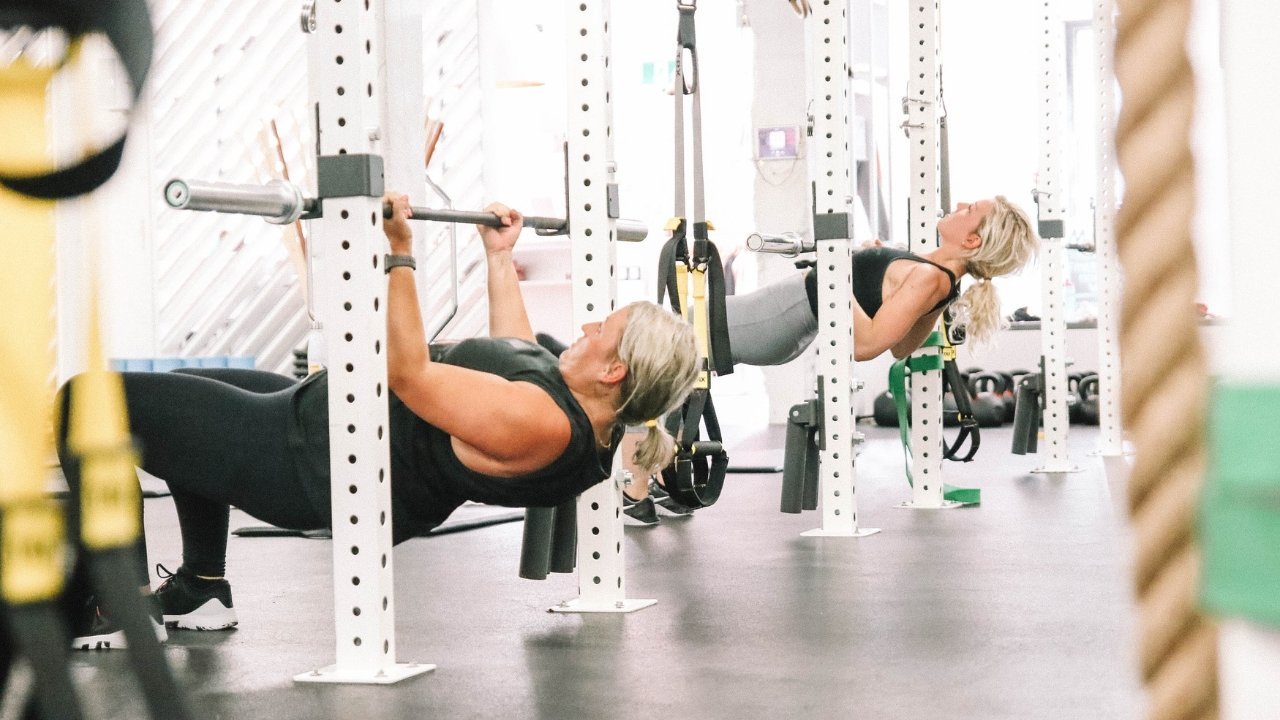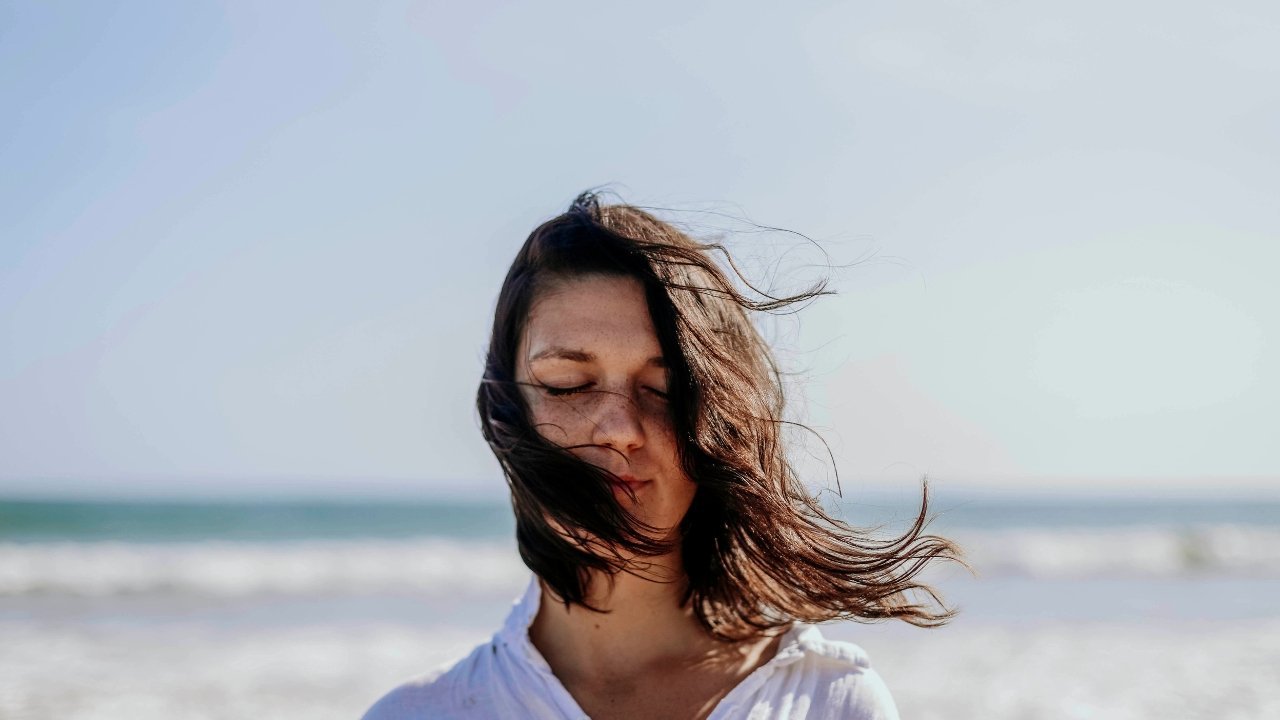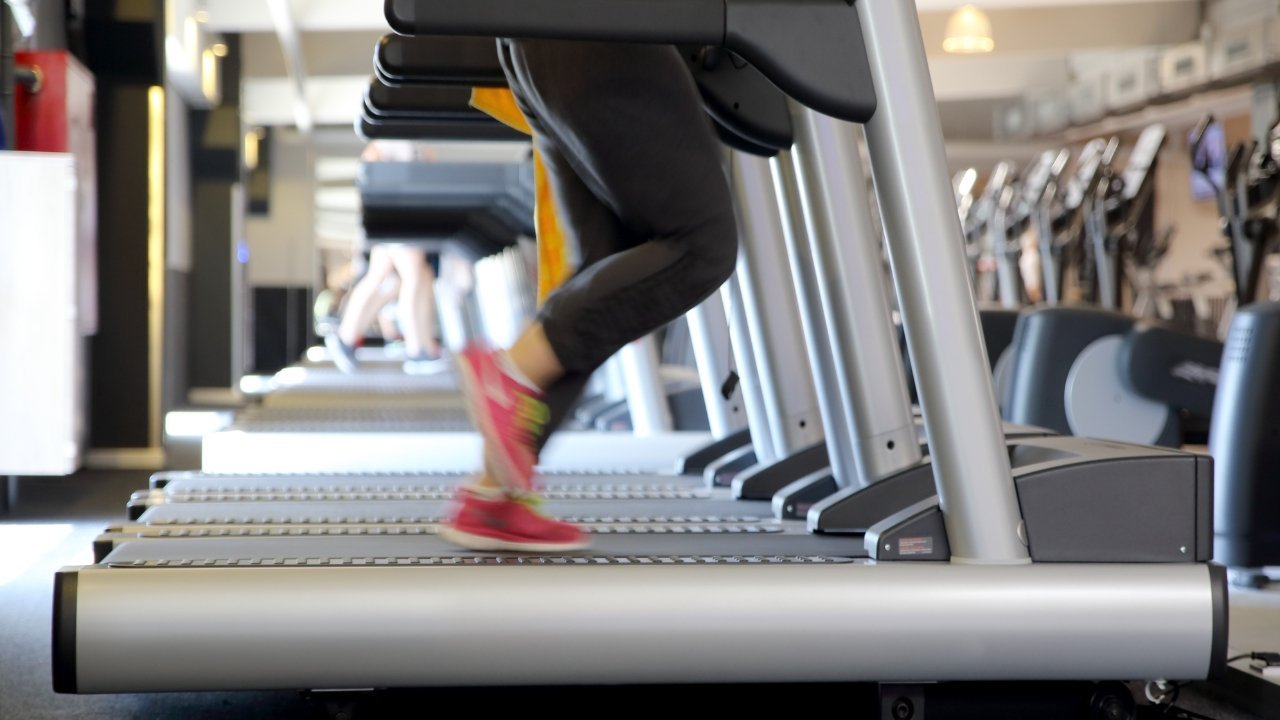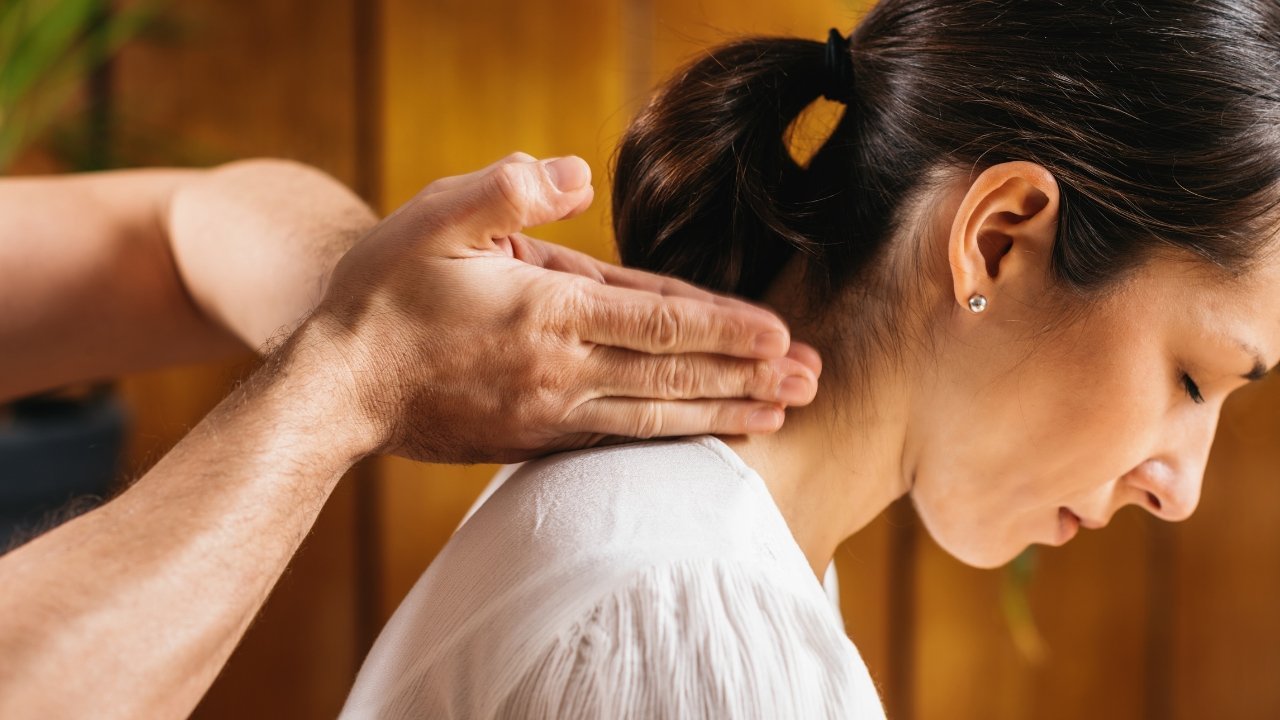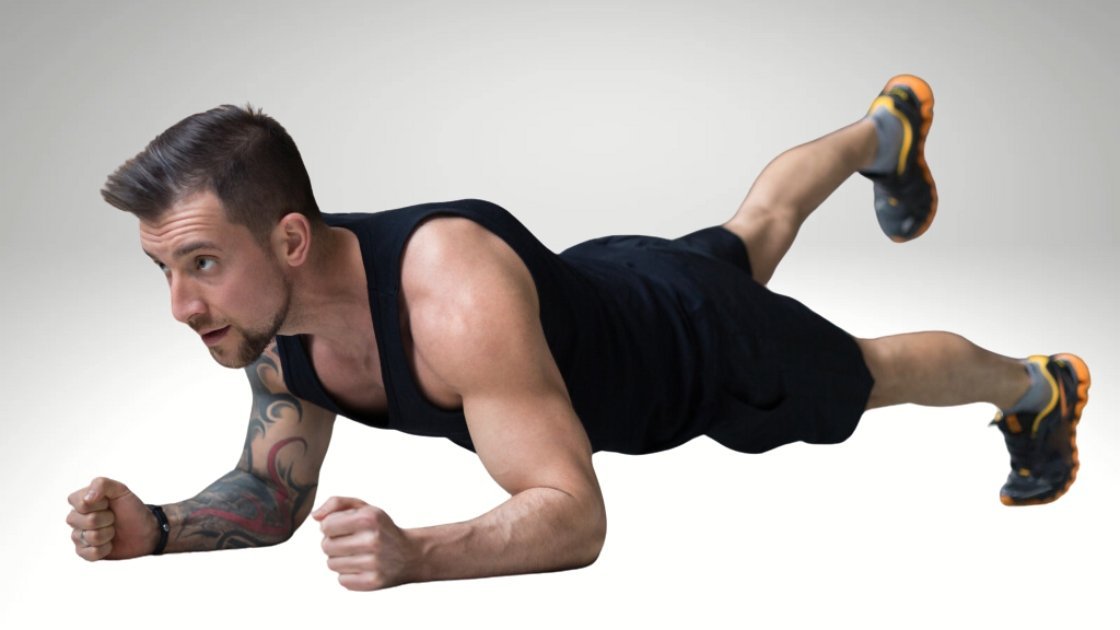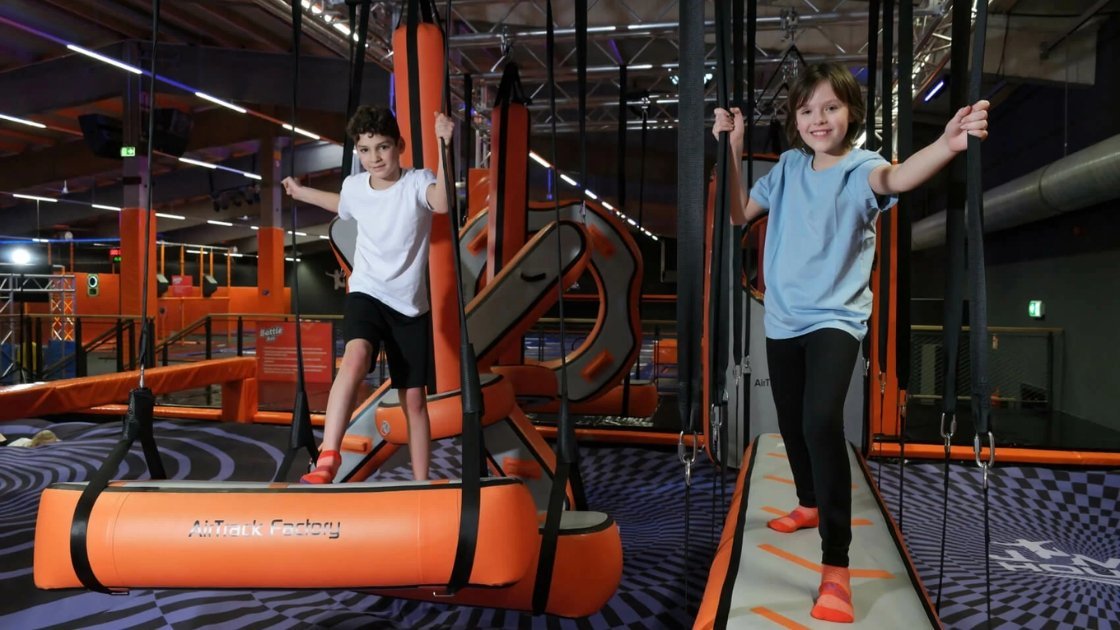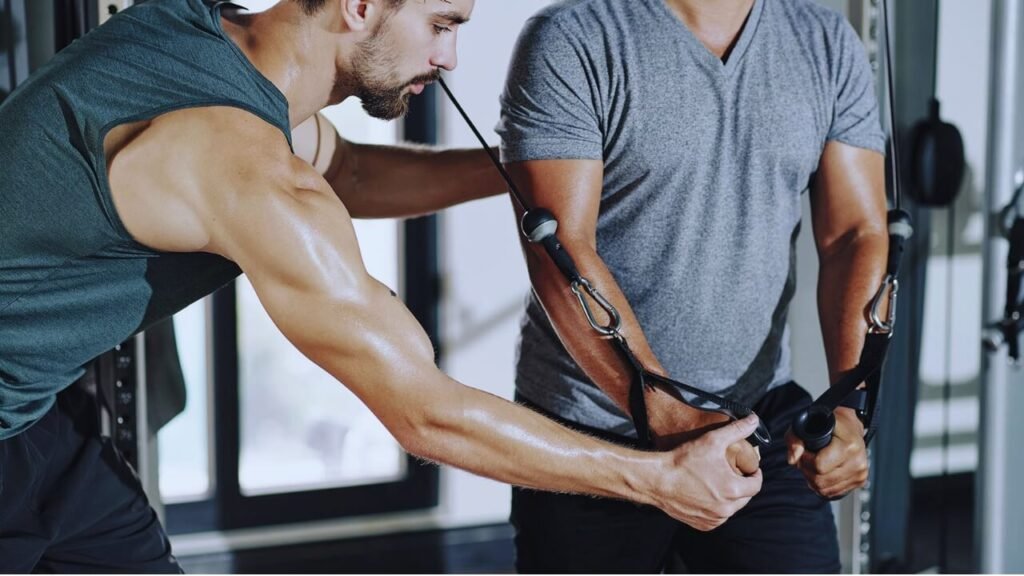Bicycle Exercise: Transform Your Body and Mind with Every Pedal

For Americans seeking a fun, effective, and accessible way to stay fit, bicycle exercise has emerged as a go-to solution. Picture yourself gliding through a scenic park, the wind in your hair, or powering through a high-intensity spin class, sweat dripping, and endorphins soaring. Whether it’s a leisurely ride or a heart-pounding workout, cycling offers a unique blend of cardiovascular health, muscle toning, and mental wellness. In a nation grappling with rising obesity rates and sedentary lifestyles, bicycle exercise is more relevant than ever. This blog dives into the transformative power of cycling, exploring its physical and mental benefits, the variety of ways to incorporate it into your routine, and why it’s a fitness trend that’s here to stay.
The Power of Bicycle Exercise
Bicycle exercise is a low-impact, high-reward activity that suits people of all ages and fitness levels. Unlike running, which can stress joints, cycling is gentle on the knees and hips, making it ideal for those with joint pain or injury recovery. It’s also incredibly versatile—whether you’re commuting to work, exploring mountain trails, or spinning indoors, there’s a cycling style for everyone. According to the Centers for Disease Control and Prevention (CDC), regular cycling can reduce the risk of heart disease, type 2 diabetes, and obesity, all while boosting aerobic fitness.
For many Americans, the appeal lies in its accessibility. A Reddit user on r/cycling enthused, “You don’t need a fancy gym membership—just a bike and a road!” With bike-sharing programs in cities like New York and Chicago, and affordable stationary bikes for home use, getting started is easier than ever. Plus, cycling doubles as eco-friendly transportation, aligning with growing environmental consciousness.
Physical Benefits of Cycling
The physical perks of bicycle exercise are vast. It’s a full-body workout that primarily targets the quadriceps, hamstrings, glutes, and calves, while also engaging the core and upper body for balance. Regular cycling improves cardiovascular endurance, strengthens the heart, and enhances lung capacity. A 30-minute ride at a moderate pace can burn 200-400 calories, making it a solid choice for weight management.
Moreover, cycling boosts muscle endurance without the bulk of weightlifting, appealing to those seeking a lean, toned physique. For older adults, it’s a joint-friendly way to maintain mobility and prevent muscle loss. As Dr. Emily Harper, a sports medicine specialist, notes, “Cycling is a fantastic way to improve cardiovascular health and muscle strength without overloading the joints, making it sustainable for lifelong fitness.”
Exploring Types of Bicycle Exercise
Outdoor cycling is where bicycle exercise truly shines for many Americans. Road biking on city streets or country lanes offers a mix of scenic exploration and physical challenge. Mountain biking, with its rugged trails and adrenaline-pumping descents, attracts thrill-seekers. For families, leisurely rides on bike paths or through national parks foster bonding and fitness. Reddit’s r/bikecommuting highlights the joy of urban cycling: “Swapped my car for a bike commute—better health, less stress, and I’m saving money!”
However, outdoor cycling requires preparation. Bike maintenance, traffic safety, and weather conditions are key considerations. Investing in a quality helmet, reflective gear, and a well-fitted bike is crucial. Cities like Portland and Minneapolis, with robust bike lane networks, make urban cycling safer, but rural riders must navigate unpredictable roads.
Indoor Cycling: Convenience and Intensity
For those who prefer staying indoors, stationary bikes and spin classes offer a controlled, weather-proof alternative. Peloton and SoulCycle have revolutionized indoor cycling, blending high-energy workouts with virtual coaching and community vibes. A typical spin class combines interval training, hill climbs, and sprints, burning up to 600 calories per session. Reddit’s r/pelotoncycle buzzes with enthusiasm: “I was skeptical, but spin classes got me hooked—best cardio I’ve ever done.”
Home exercise bikes, from budget models to high-tech smart bikes, cater to busy schedules. They’re perfect for Americans juggling work and family, offering flexible workout times. However, indoor cycling lacks the fresh air and scenery of outdoor rides, and some find it repetitive without engaging instructors or playlists.
Getting Started with Cycling
Selecting the right bike is the first step to embracing bicycle exercise. Road bikes, with their lightweight frames and thin tires, are ideal for speed and long distances. Hybrid bikes blend road and mountain features, perfect for casual riders or commuters. Mountain bikes, built for durability, tackle off-road trails. For indoor enthusiasts, stationary bikes range from upright models to recumbent bikes for back support.
Budget plays a role—entry-level bikes start at $300, while premium models exceed $2,000. Reddit’s r/whichbike advises, “Don’t overspend on your first bike—get something reliable and upgrade later.” Bike shops offer fittings to ensure comfort, reducing the risk of injury. For those hesitant to commit, bike rentals or spin class trials are low-risk starting points.
Building a Routine
Starting a cycling routine requires planning. Beginners should aim for 20-30 minute rides, three times a week, gradually increasing duration and intensity. Interval training—alternating fast pedaling with recovery periods—boosts endurance and calorie burn. Apps like Strava or MapMyRide track progress and connect riders with local cycling communities.
Safety is paramount. Outdoor cyclists need to master traffic rules, use hand signals, and stay visible with lights and reflective clothing. Indoor riders should focus on proper form to avoid knee strain or back pain. Joining a cycling club or group ride, as recommended on r/bicycling, fosters motivation and camaraderie.
Mental and Social Benefits of Cycling
Beyond physical gains, bicycle exercise is a powerful mental health tool. Cycling releases endorphins, reducing stress, anxiety, and depression. Outdoor rides immerse you in nature, promoting mindfulness and relaxation. A Reddit user on r/mentalhealth shared, “Cycling through the park is my therapy—clears my head every time.” Spin classes, with their pulsing music and group energy, create a sense of euphoria and community.
For Americans facing work-from-home burnout or social isolation, cycling offers a healthy escape. Regular rides improve sleep quality, focus, and self-esteem, making it a holistic wellness practice.
Connecting Through Cycling
Cycling is inherently social. Group rides, charity events, and cycling clubs bring people together, fostering friendships and support networks. Events like RAGBRAI in Iowa or Cycle Oregon draw thousands, blending fitness with adventure. Virtual cycling platforms like Zwift connect indoor riders worldwide, gamifying workouts with races and challenges. Reddit’s r/cyclingcommunity celebrates this bond: “Met my best friends on a group ride—cycling’s more than exercise.”
For families, bike outings strengthen bonds. Teaching kids to ride or exploring local trails creates lasting memories. In urban areas, bike advocacy groups push for safer infrastructure, uniting communities around a shared cause.
Overcoming Challenges in Cycling
Despite its benefits, bicycle exercise has hurdles. Cost is a factor—bikes, gear, and spin class memberships add up. Time constraints challenge busy professionals, while weather deters outdoor riders in harsh climates. Urban cyclists face traffic risks, and rural riders may lack bike paths. Reddit’s r/bikecommuting notes, “Drivers can be scary, but learning routes and staying alert makes it manageable.”
Physical limitations also matter. Beginners may struggle with fatigue or saddle soreness, while those with chronic conditions need tailored plans. Consulting a doctor or bike fit specialist ensures a safe start.
Staying Motivated
Maintaining a cycling habit requires discipline. Plateaus or monotony can sap enthusiasm, especially for indoor riders. Setting goals—like completing a century ride or hitting a calorie target—keeps motivation high. Cycling apps and fitness trackers add accountability, while mixing outdoor and indoor sessions prevents boredom. Reddit’s r/fitness suggests, “Find a cycling buddy—it’s harder to skip when someone’s counting on you.”
Why Bicycle Exercise Matters Today
In 2025, bicycle exercise is a timely solution to America’s health crisis. With obesity rates climbing and mental health issues surging, cycling offers a sustainable, enjoyable way to stay active. Its low-impact nature suits aging Baby Boomers, while its cool factor attracts Millennials and Gen Z. Corporate wellness programs increasingly promote cycling, with companies offering bike-to-work incentives.
Environmental benefits also resonate. As climate change concerns grow, swapping car trips for bike rides cuts carbon emissions. Cities investing in bike infrastructure signal a cultural shift toward active transportation.
A Lifestyle, Not a Chore
Cycling transcends exercise—it’s a lifestyle. From weekend adventures to daily commutes, it weaves fitness into everyday life. Cycling culture, with its festivals, races, and advocacy, fosters a sense of belonging. Whether you’re chasing personal records or simply enjoying the ride, cycling empowers you to live healthier and happier.
Conclusion
Bicycle exercise is more than a workout—it’s a path to vitality, connection, and freedom for Americans. Whether you’re pedaling through a bustling city, conquering a mountain trail, or spinning at home, cycling delivers physical strength, mental clarity, and social bonds. Yes, it demands effort, investment, and resilience, but the rewards are unmatched. As health, sustainability, and community become priorities, cycling stands out as a timeless solution. So, grab a bike, hit the road, and discover why bicycle exercise isn’t just a trend—it’s a revolution. The open road awaits, and your journey starts with a single pedal stroke.
Why Am I Tired but Can’t Sleep? Secrets to Conquering Sleepless Nights


